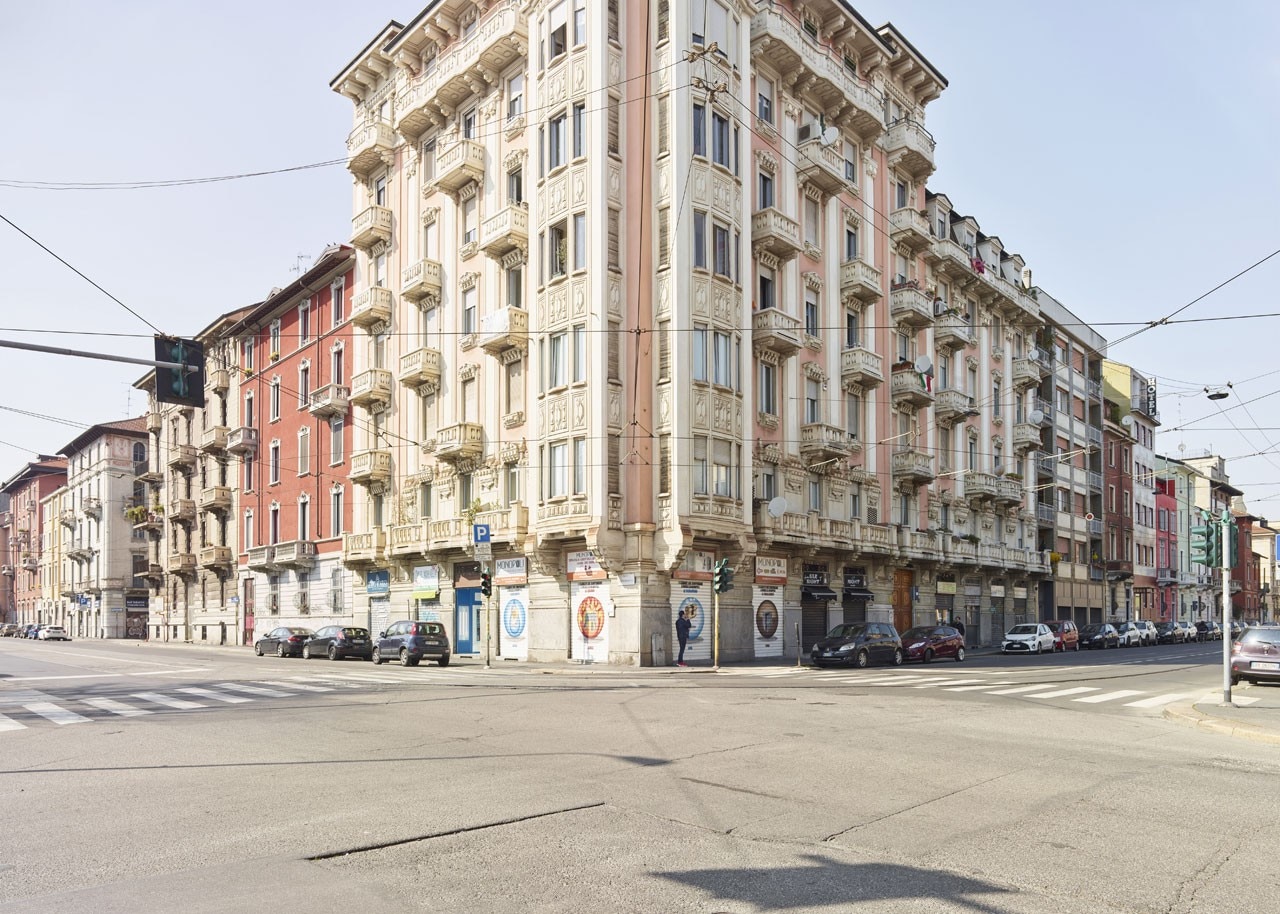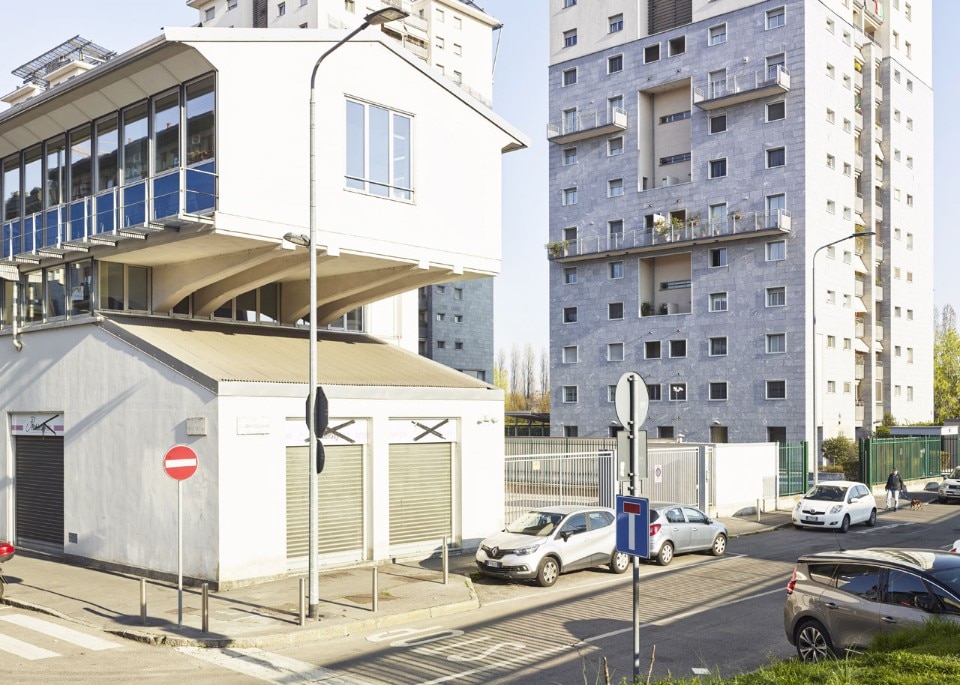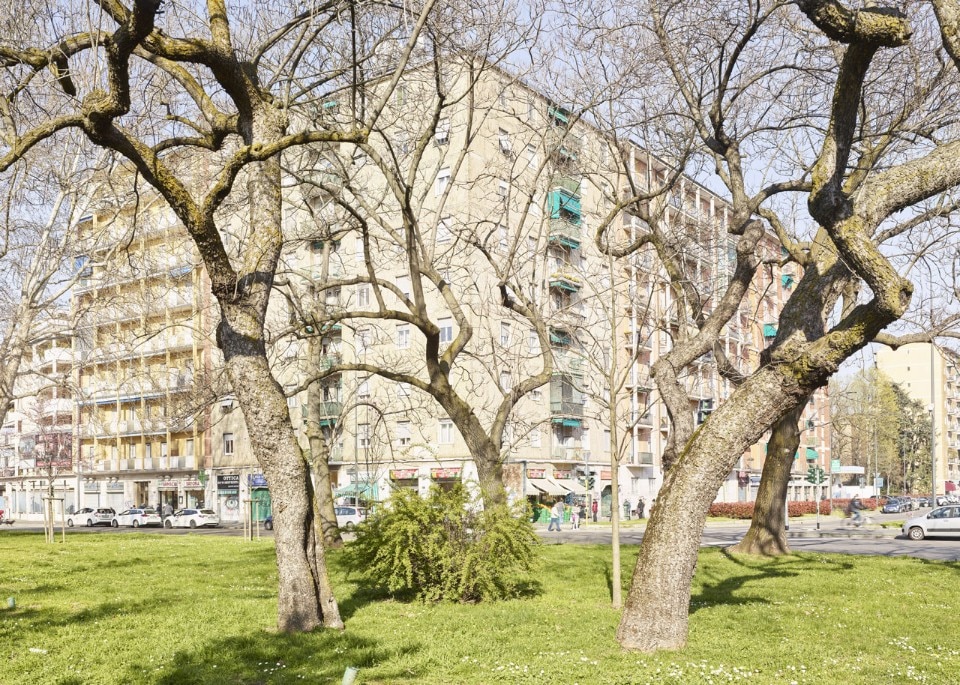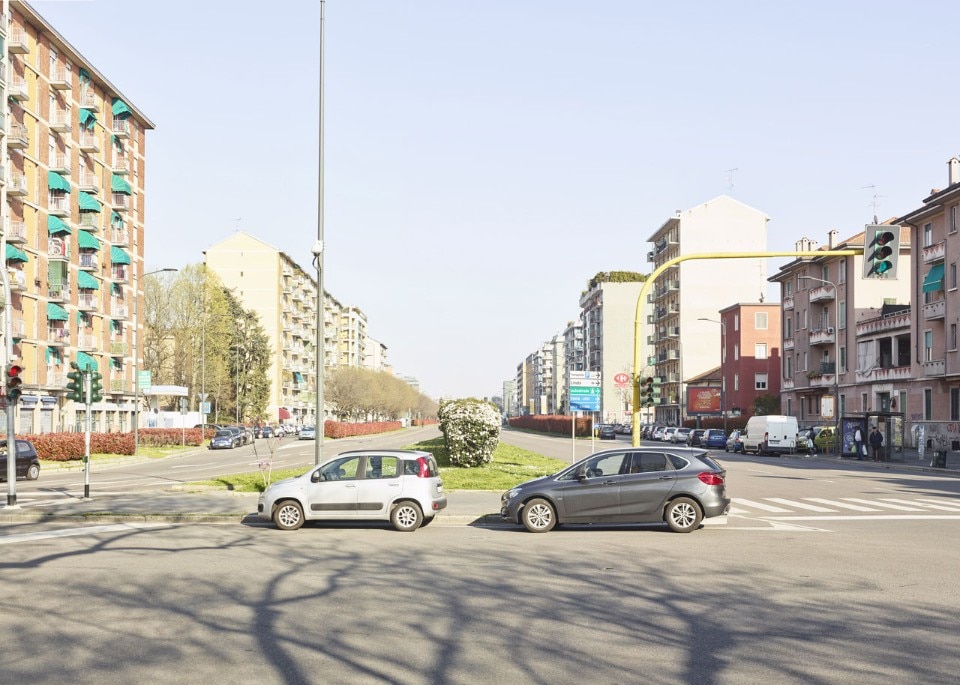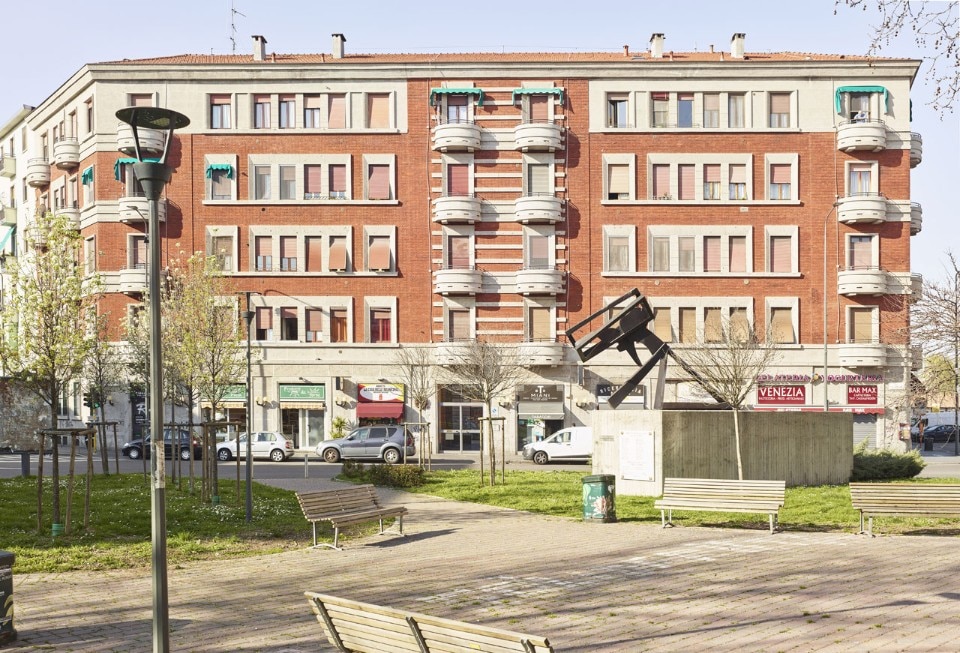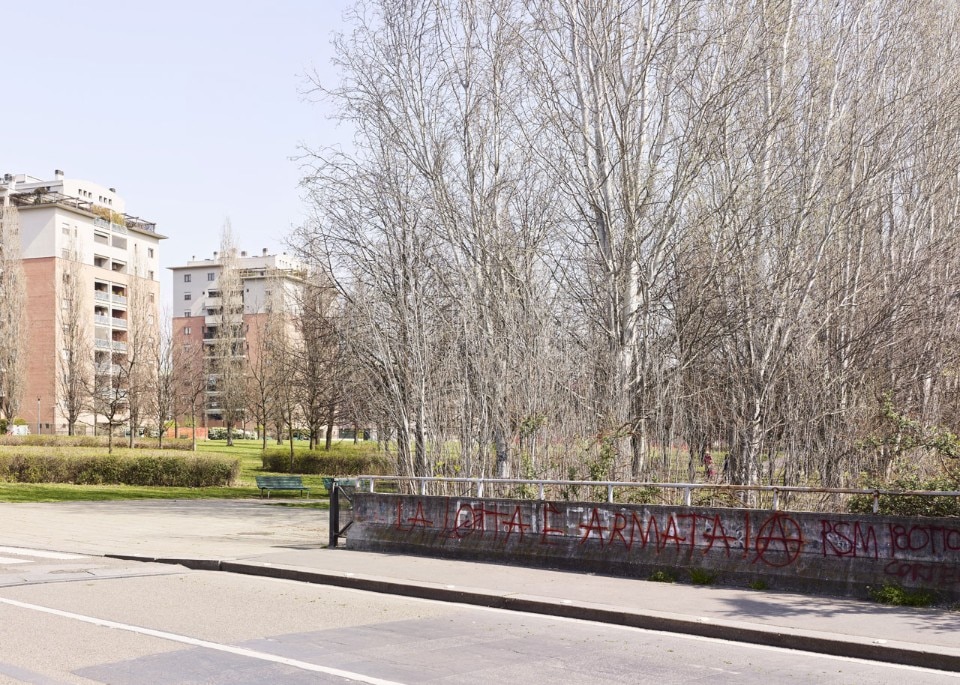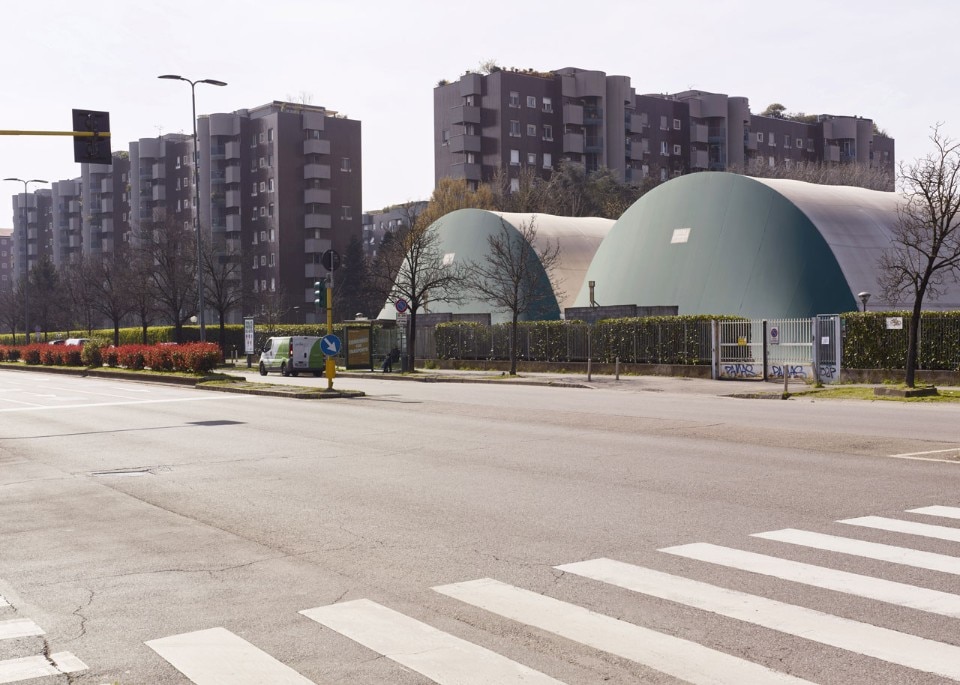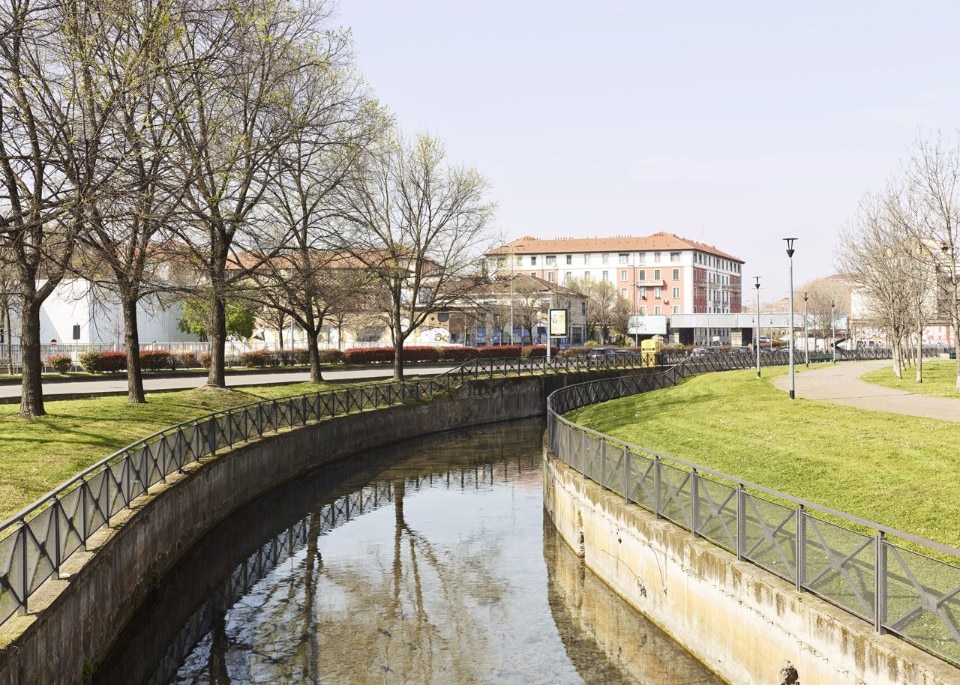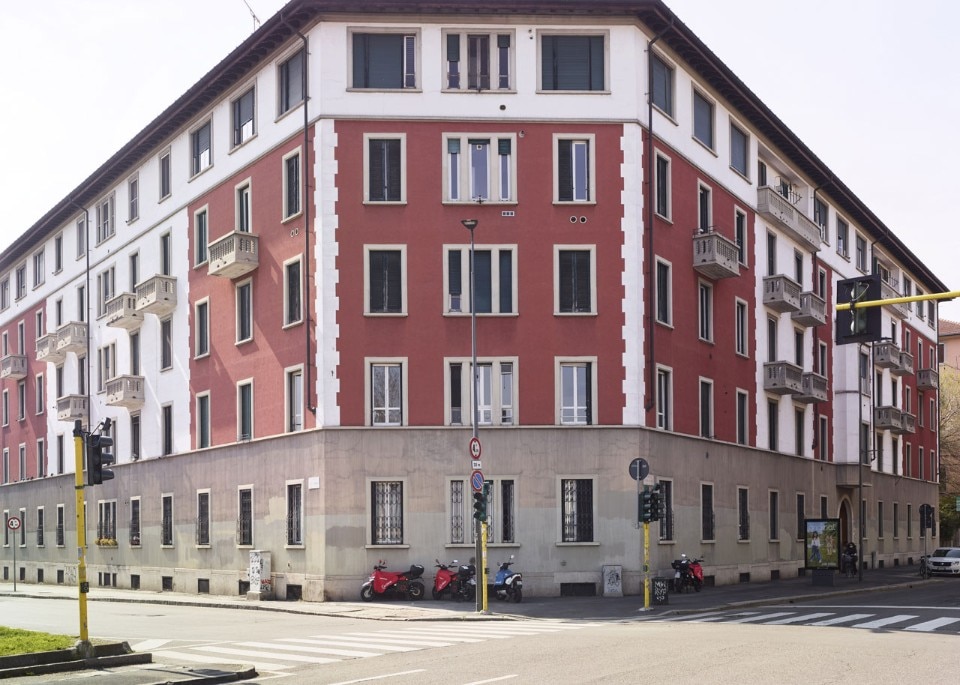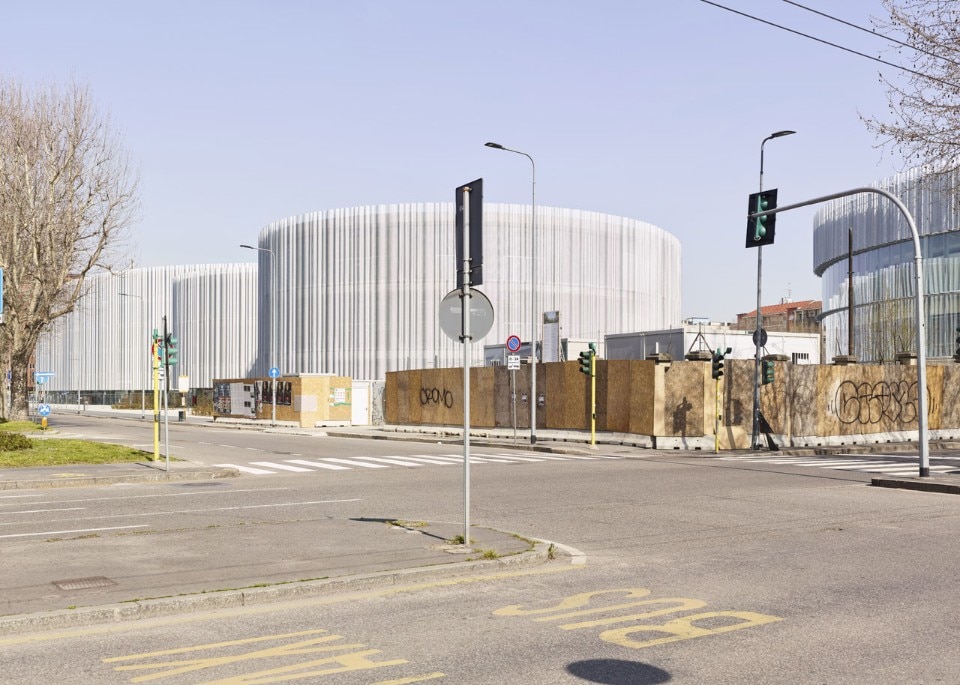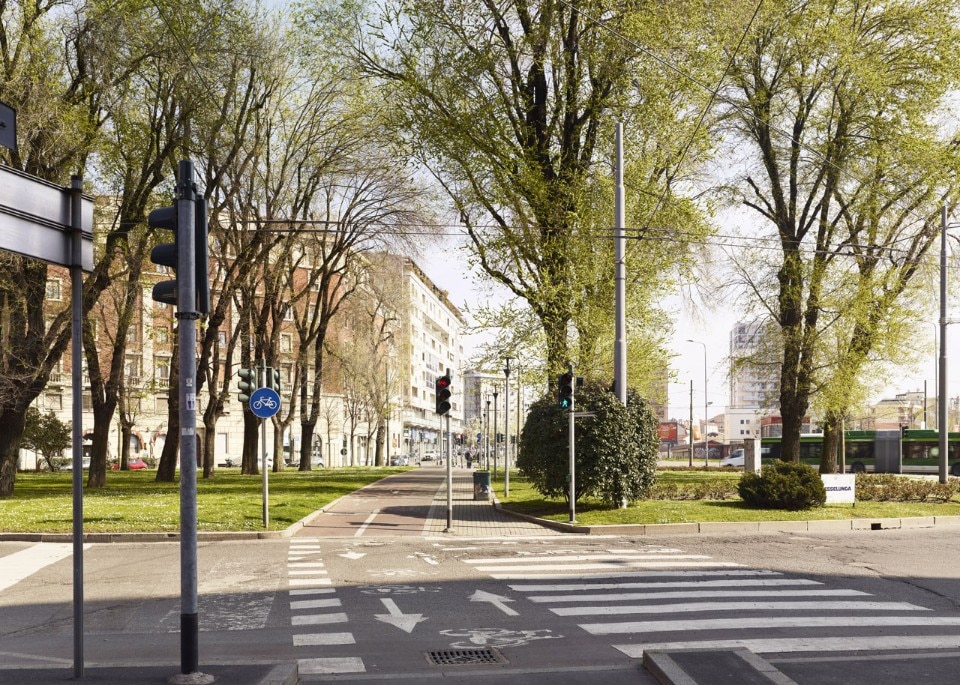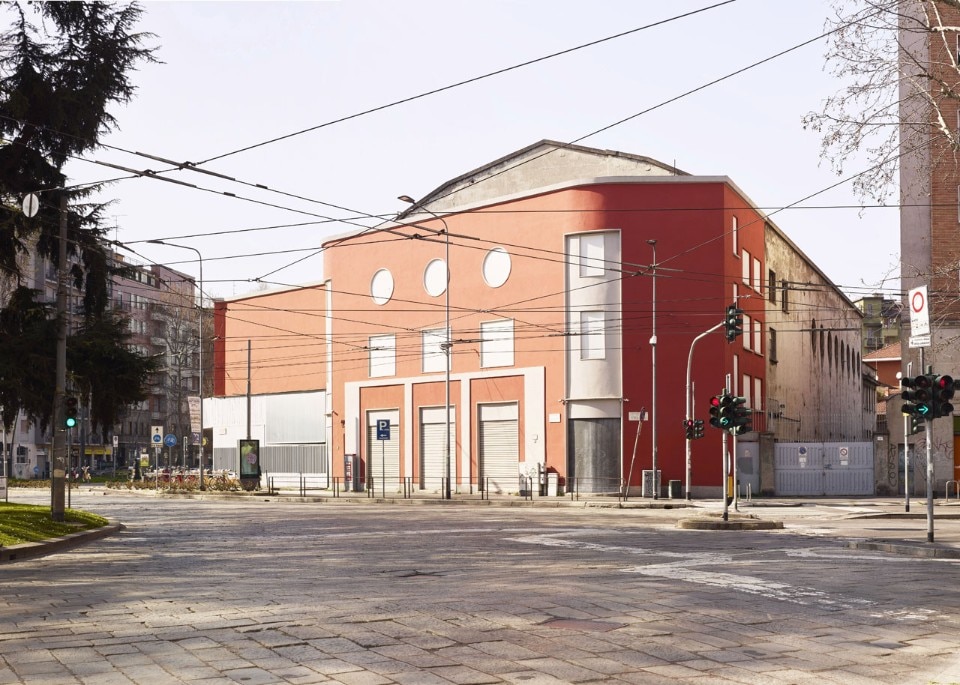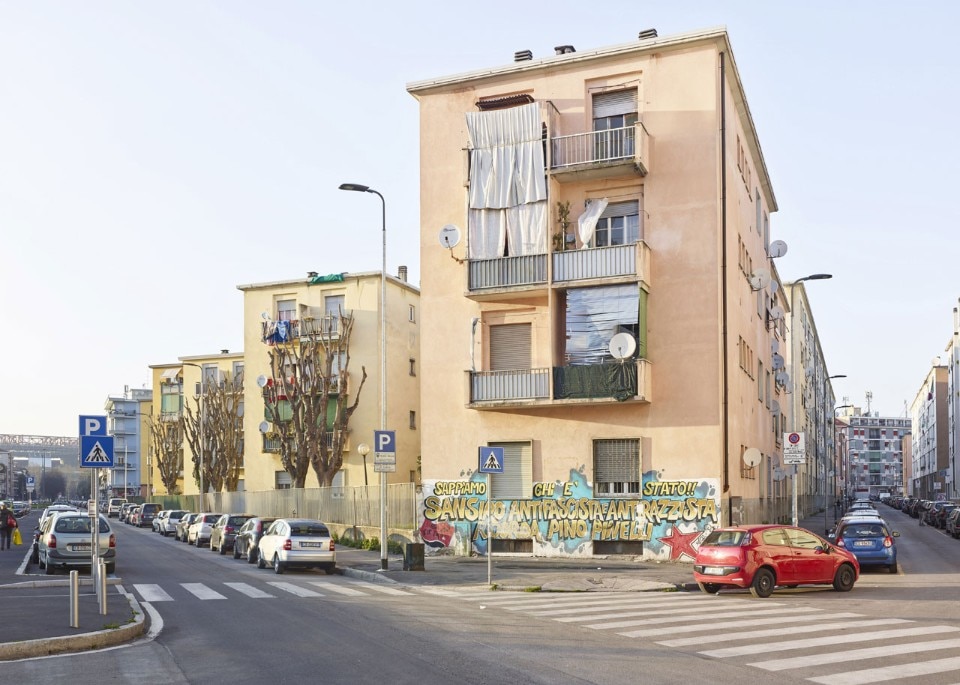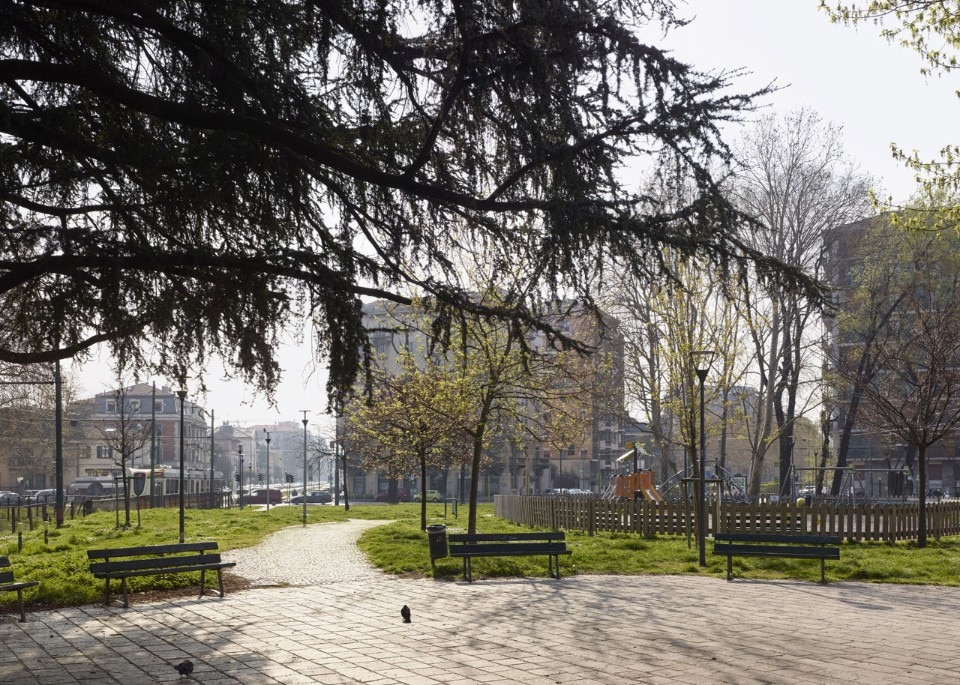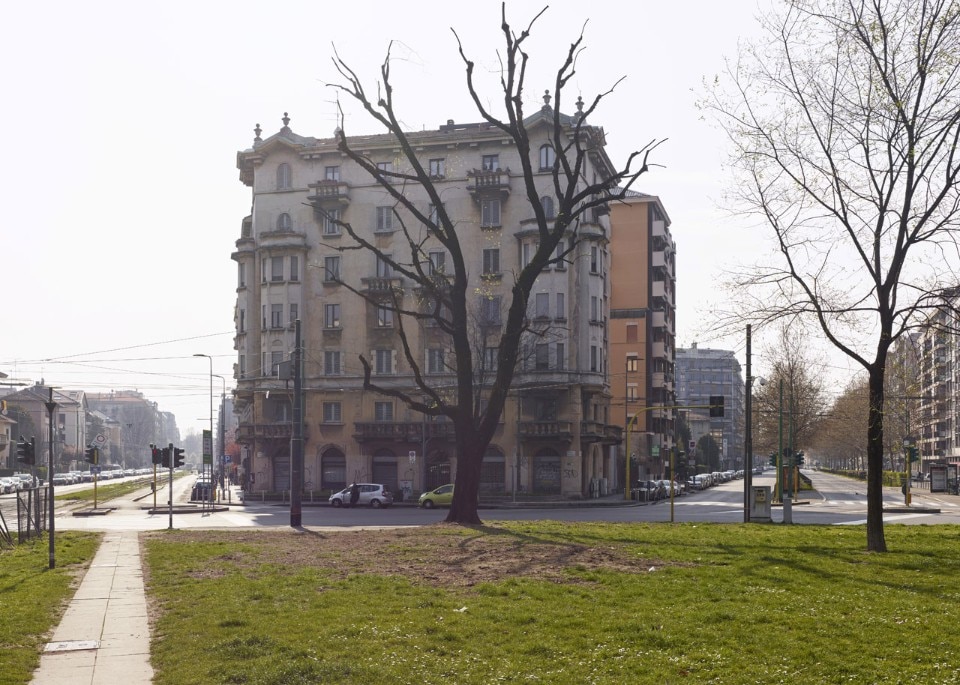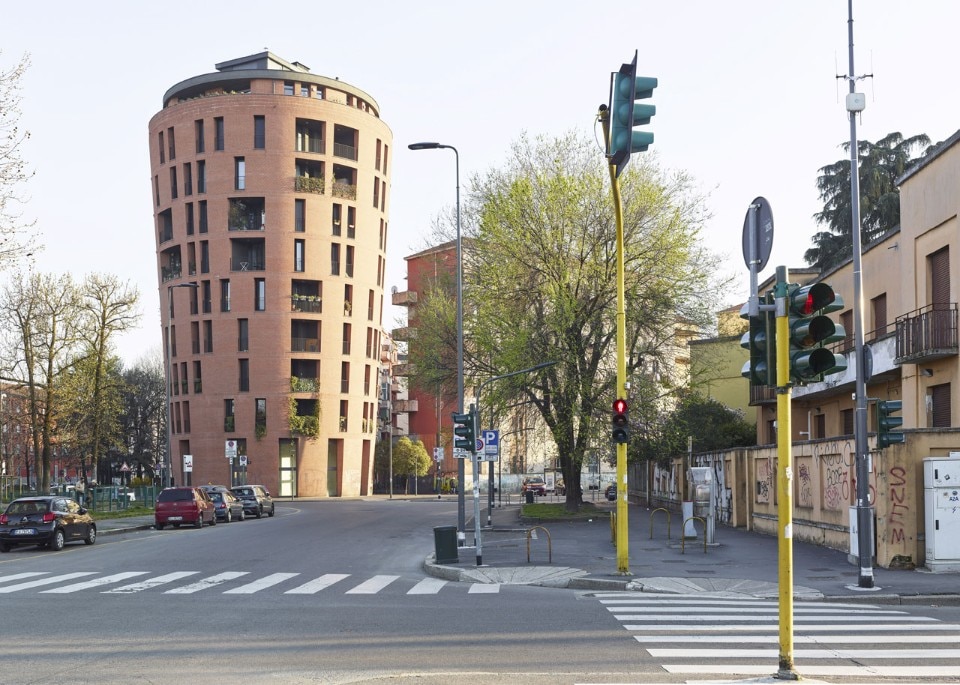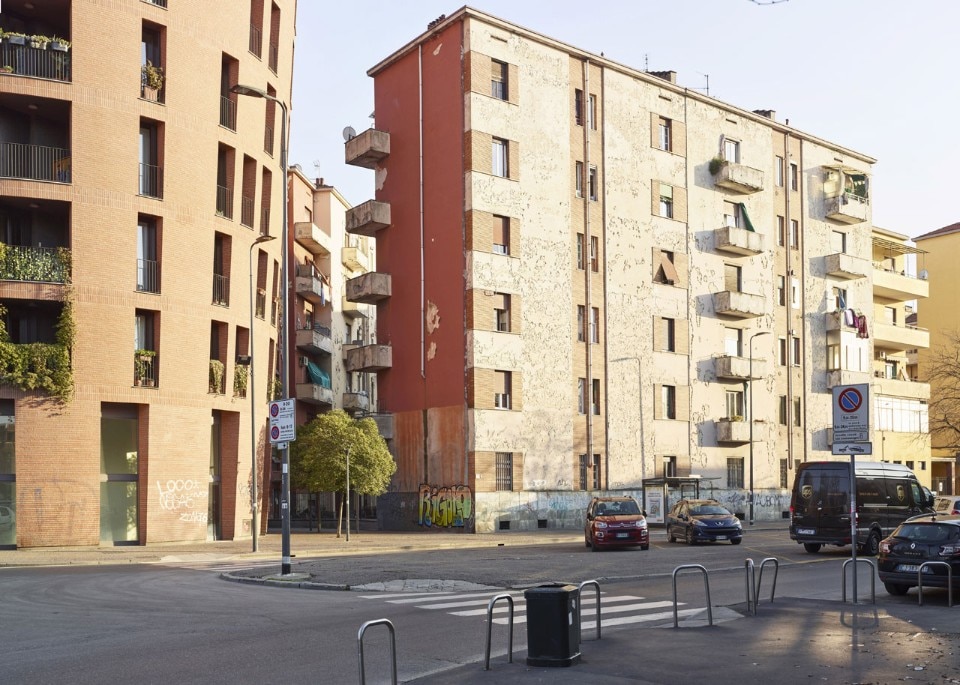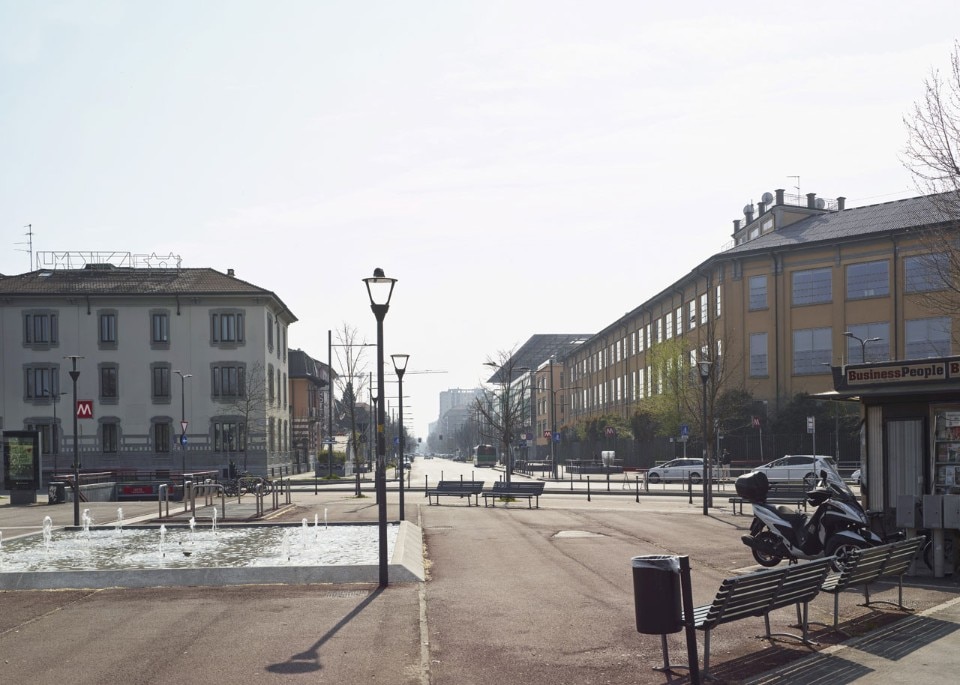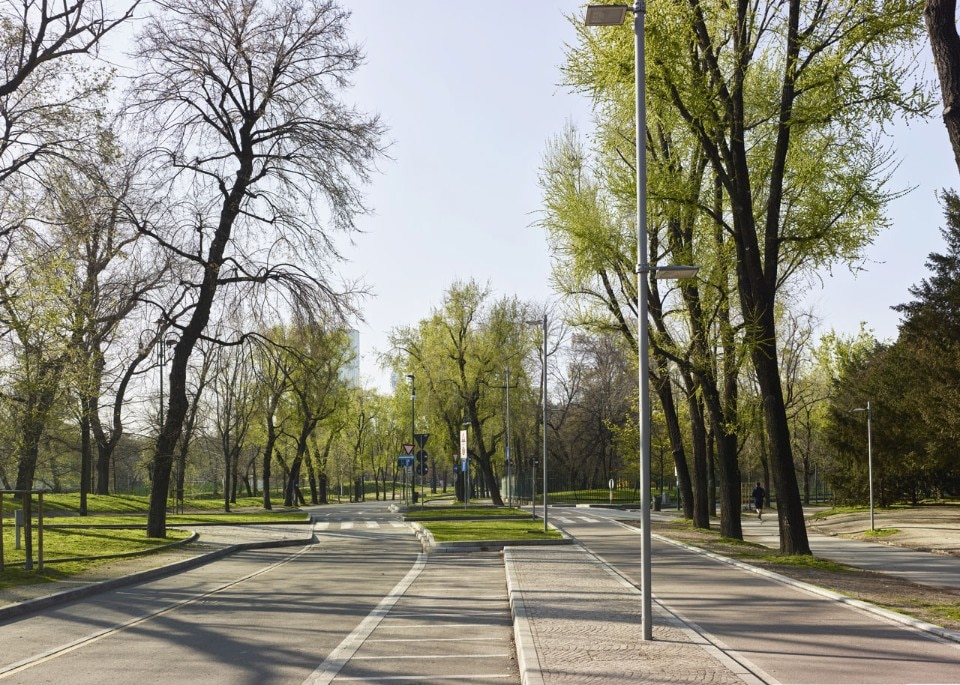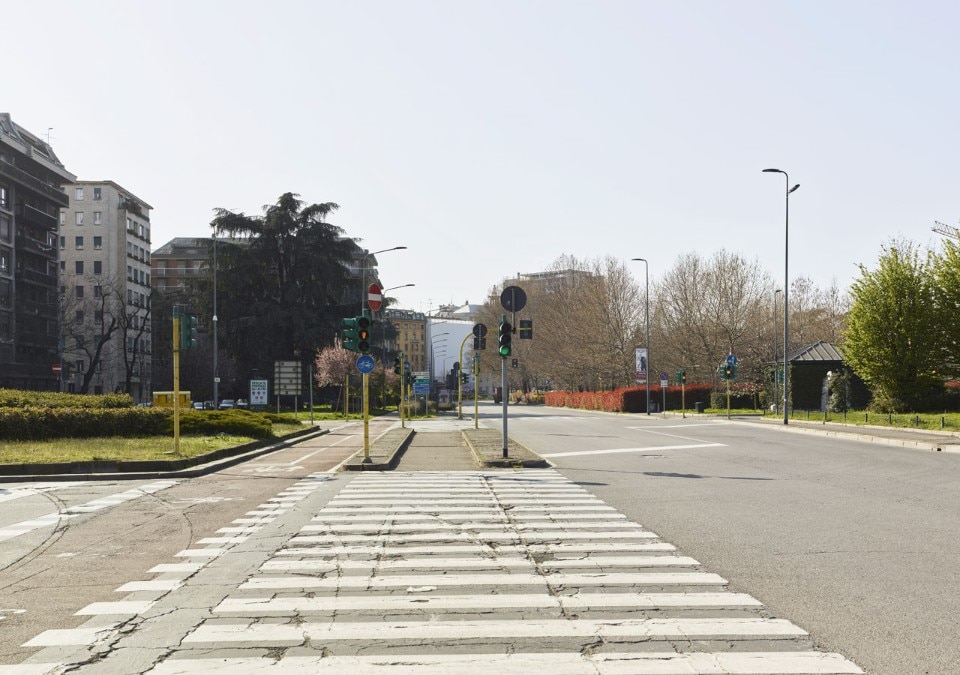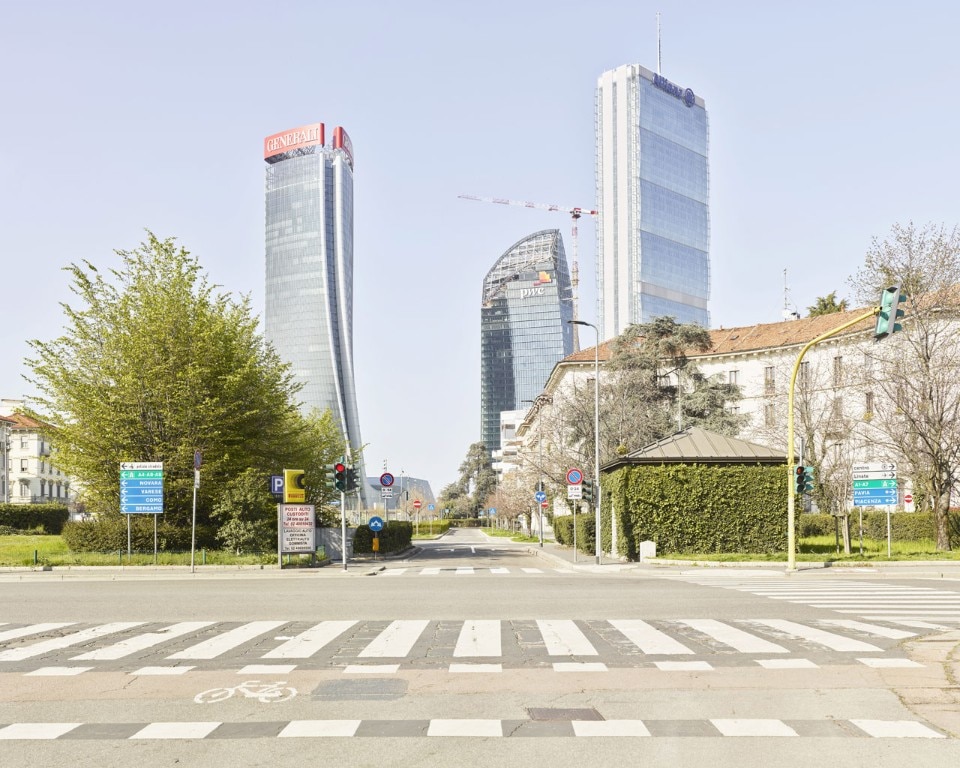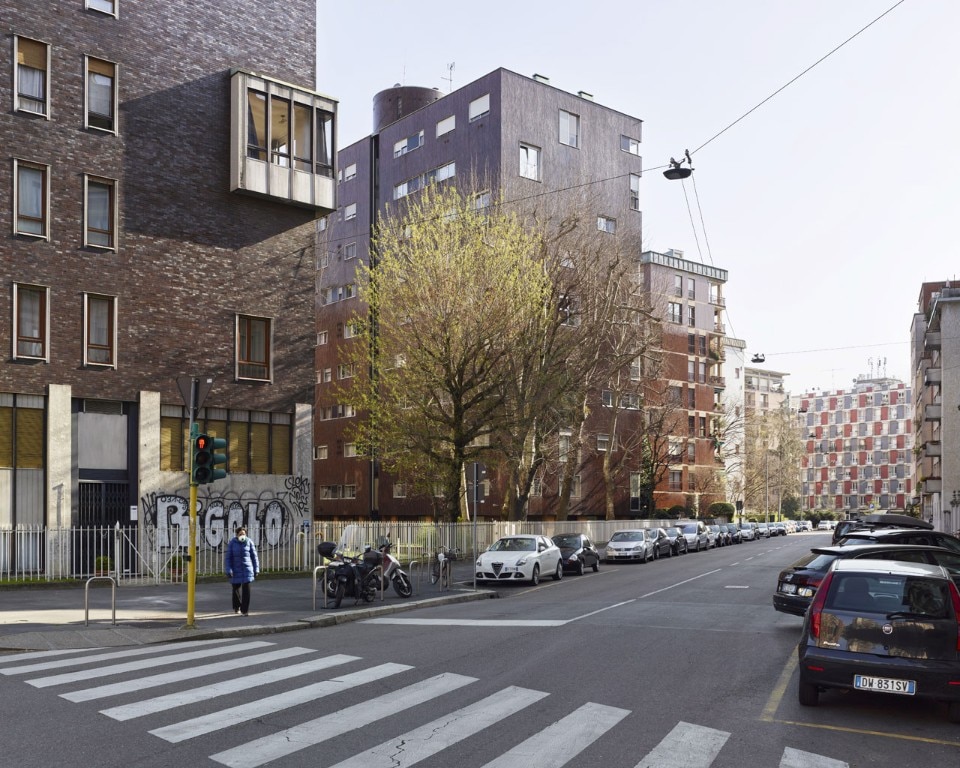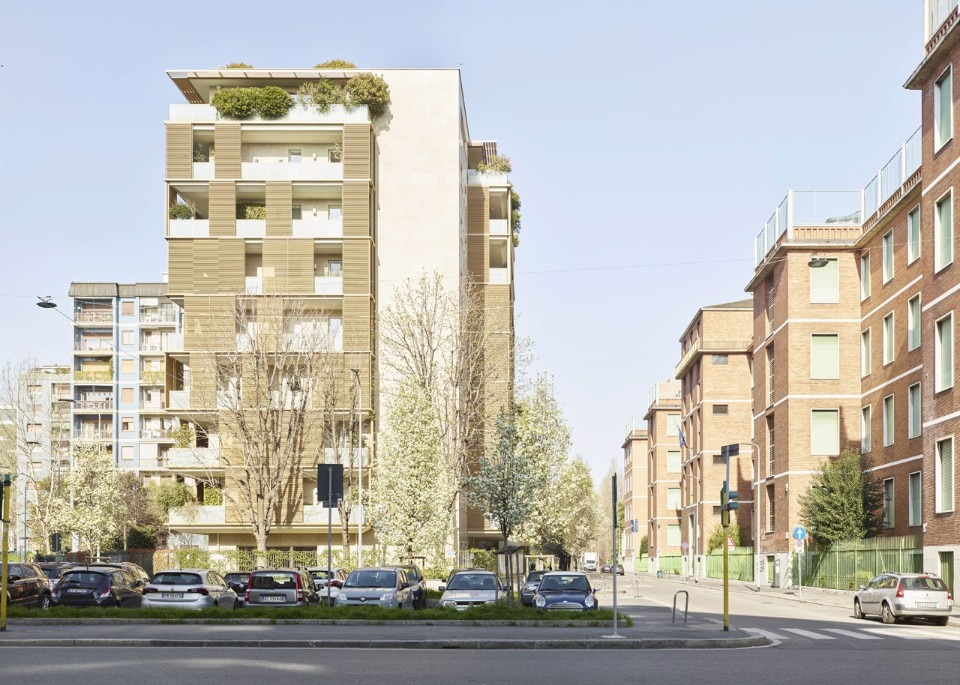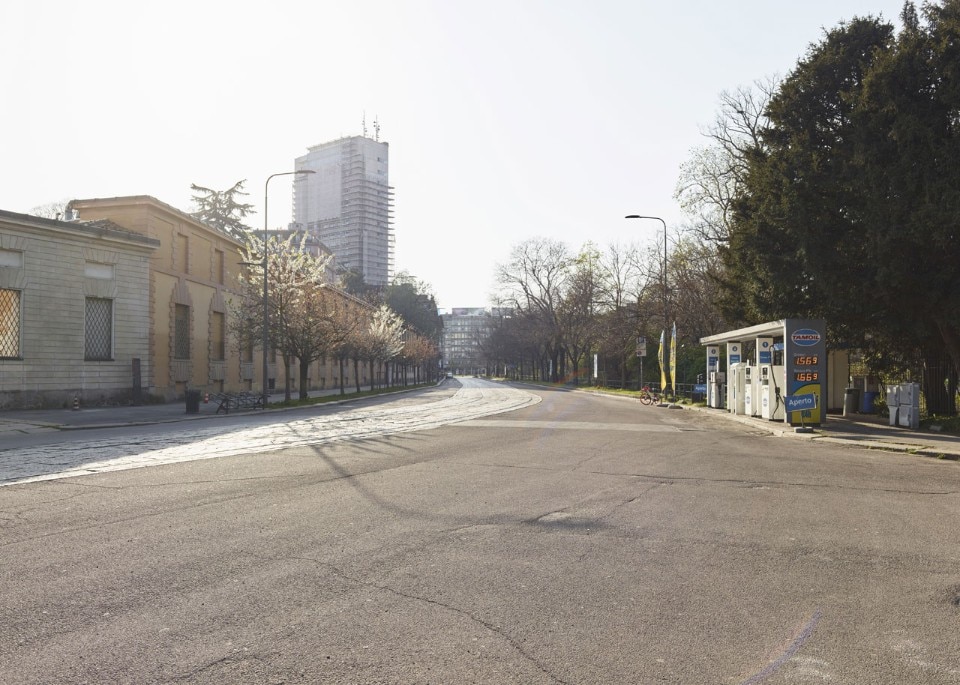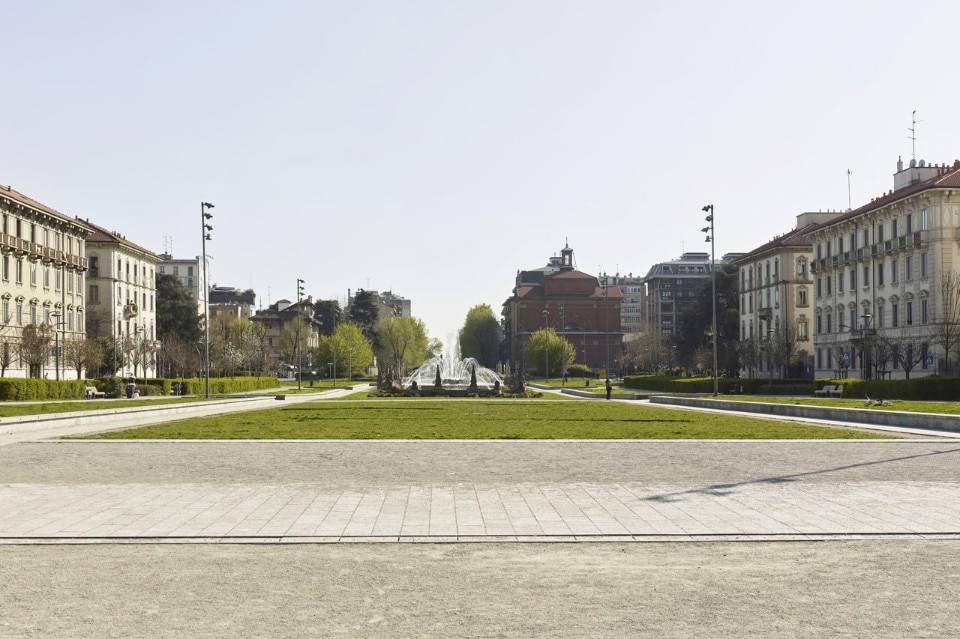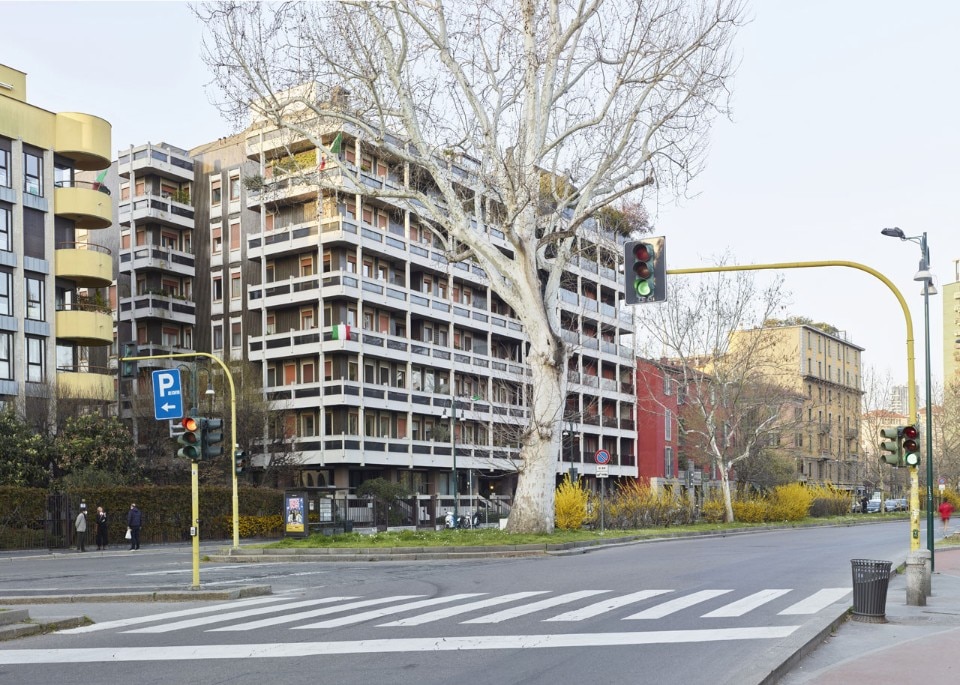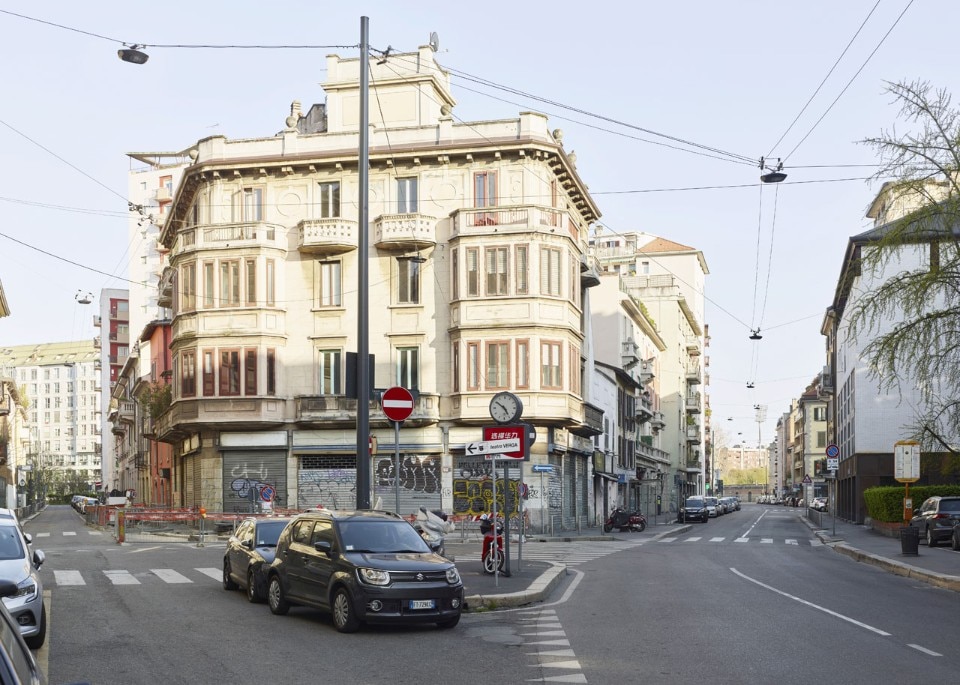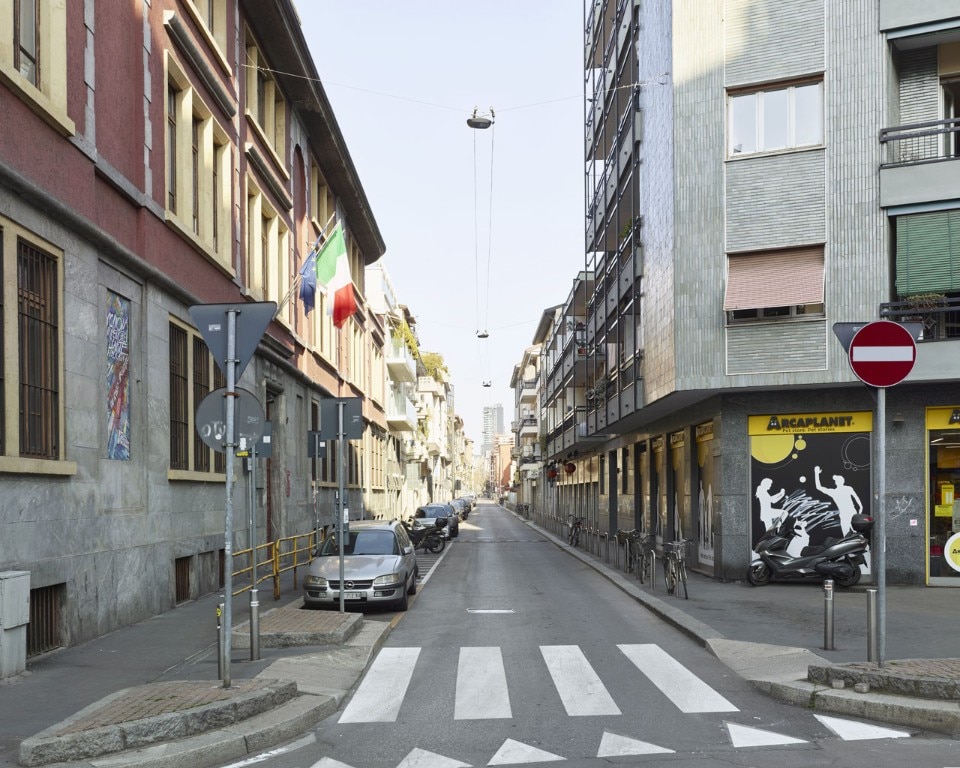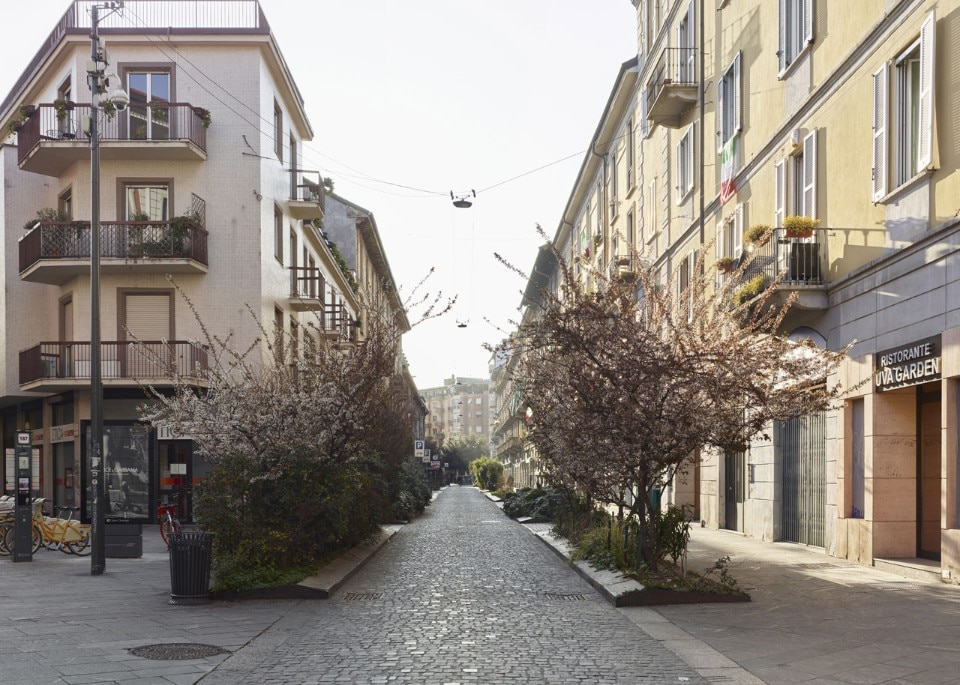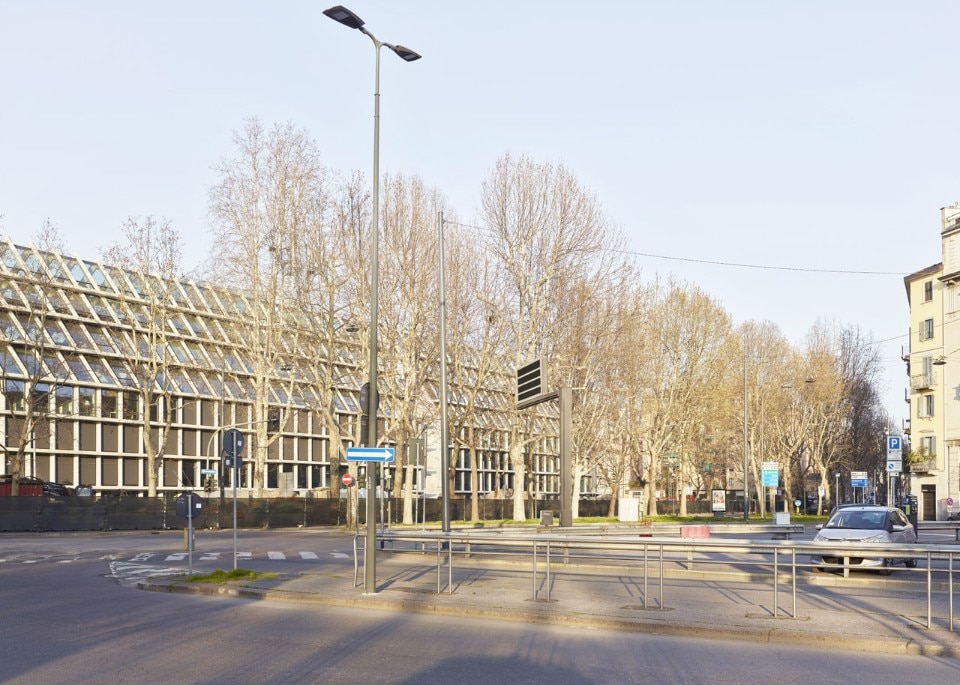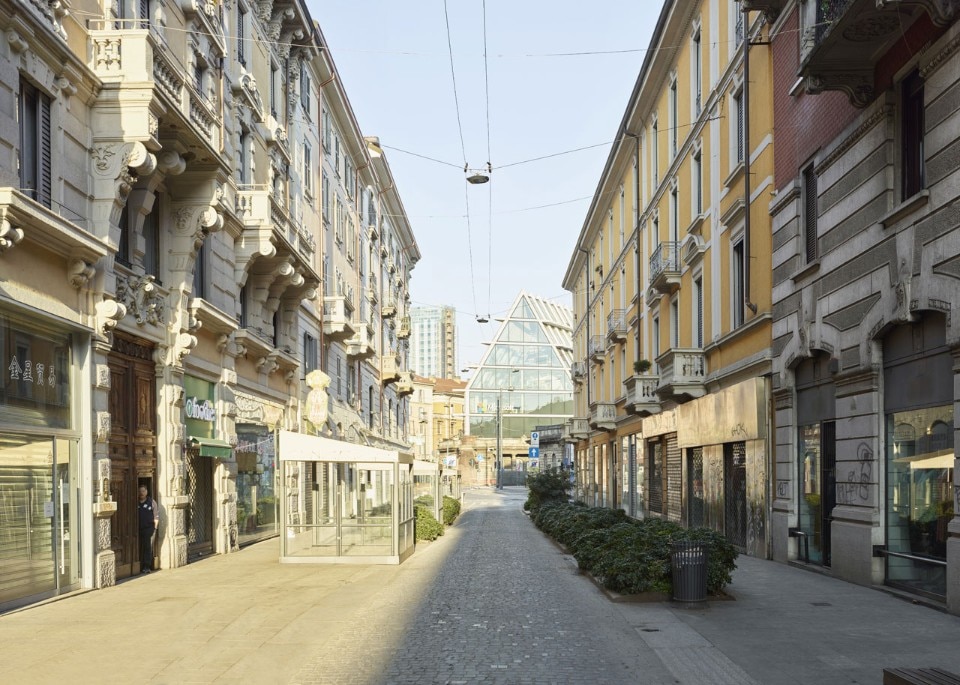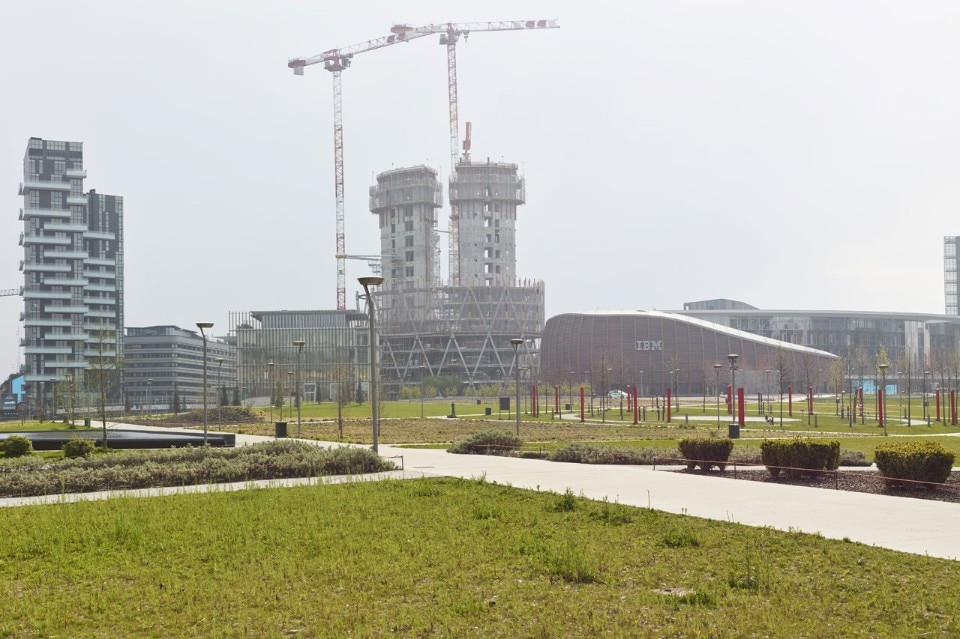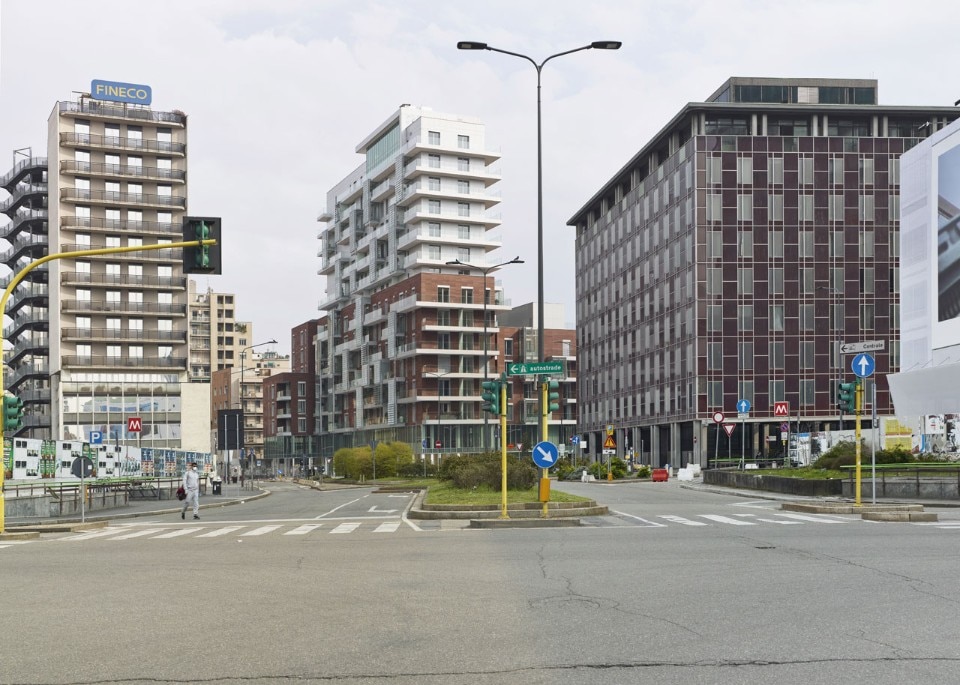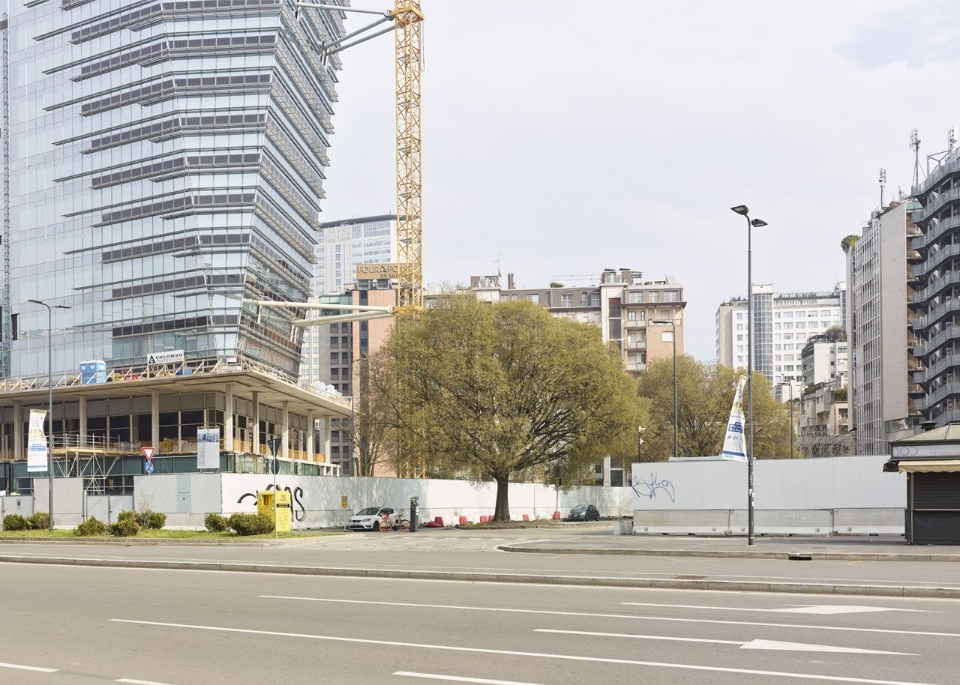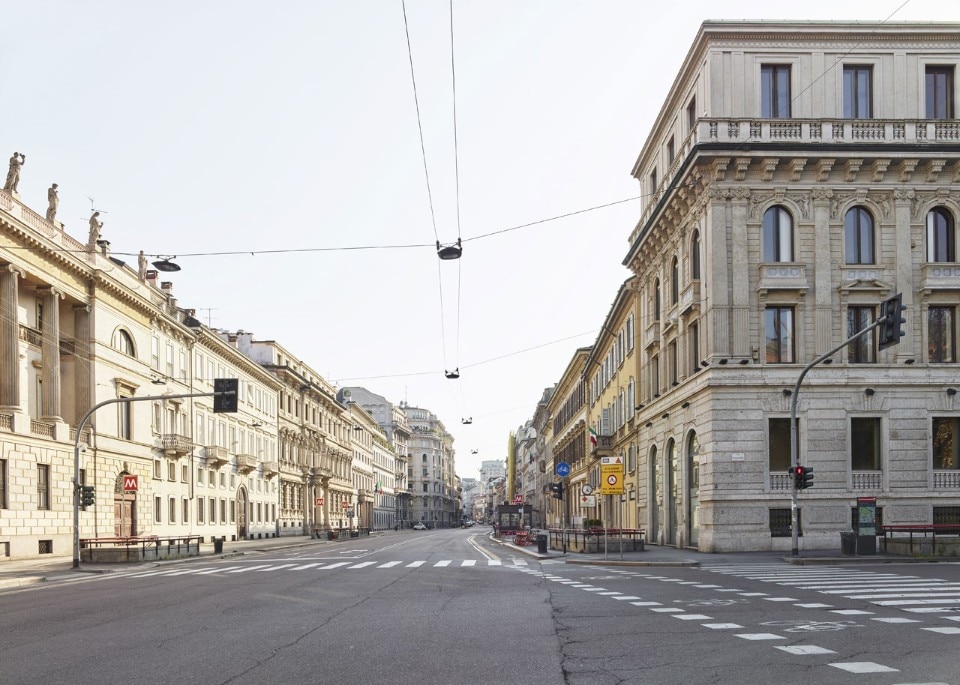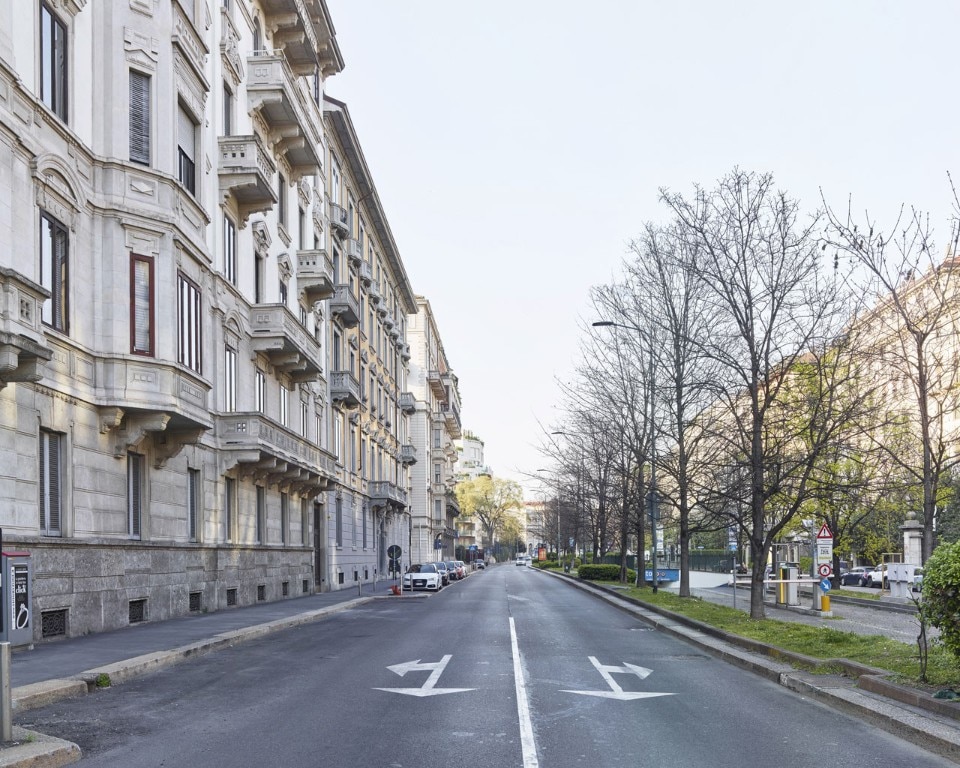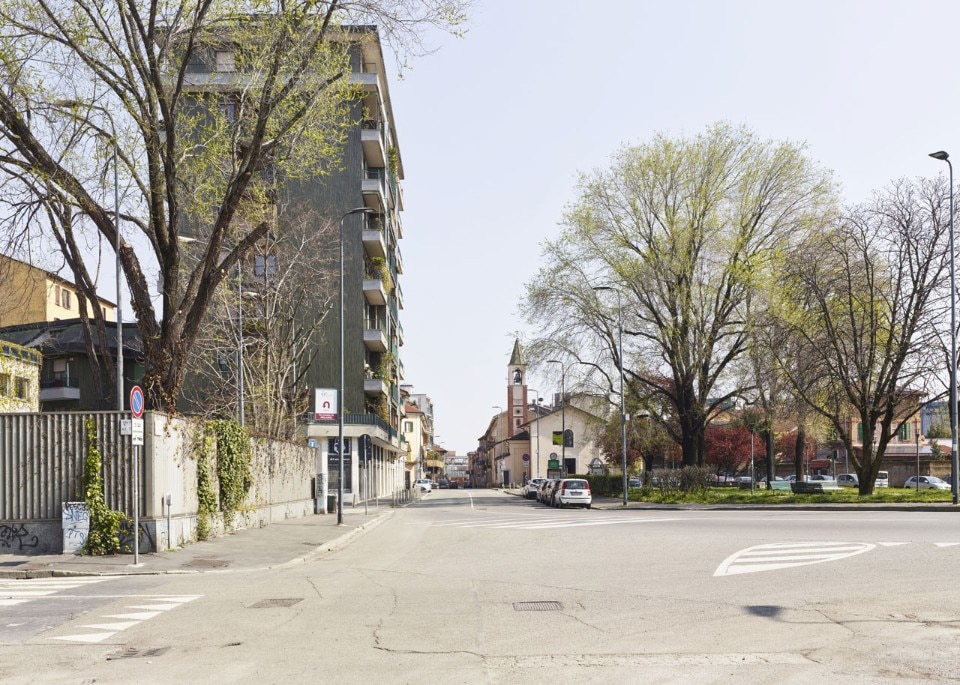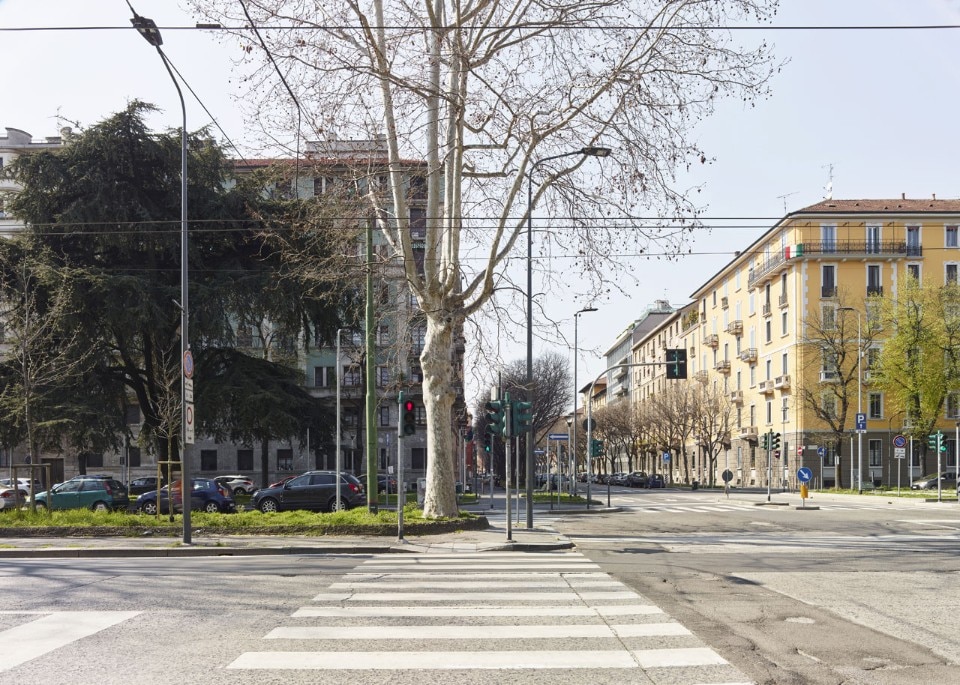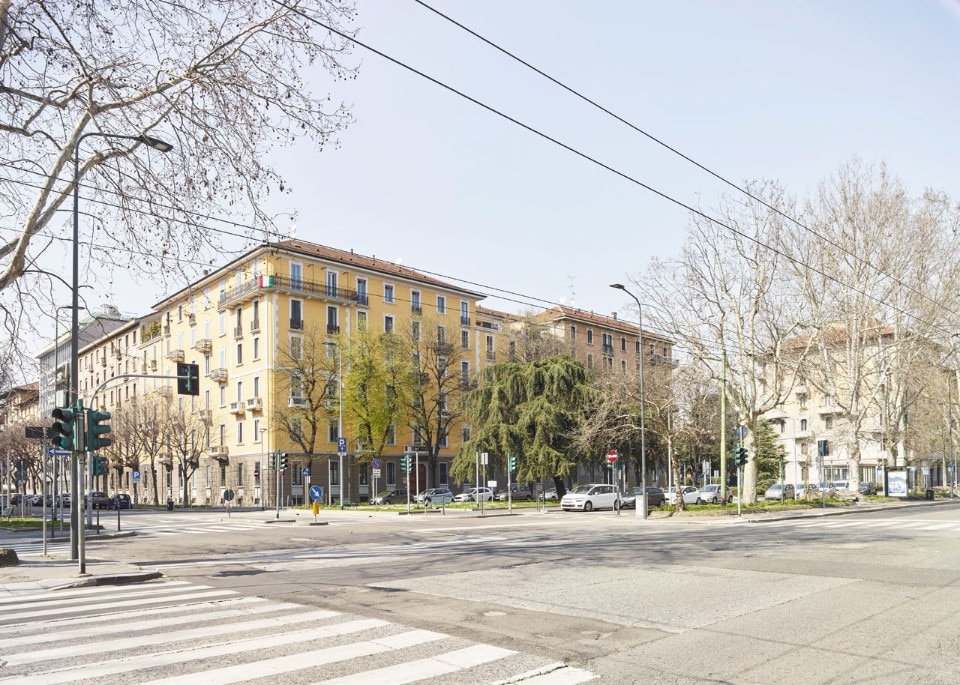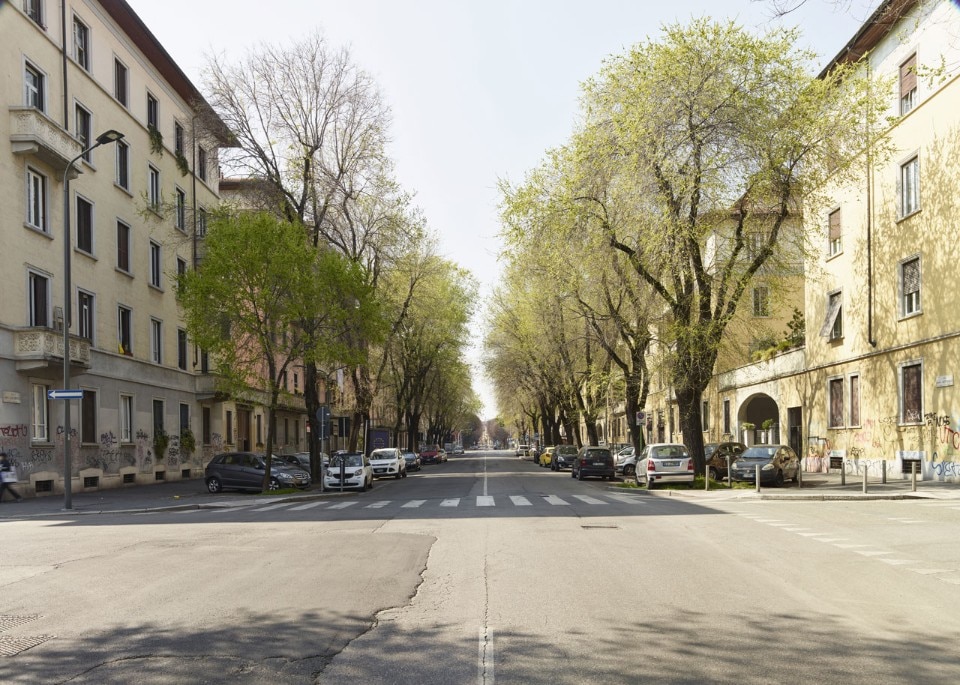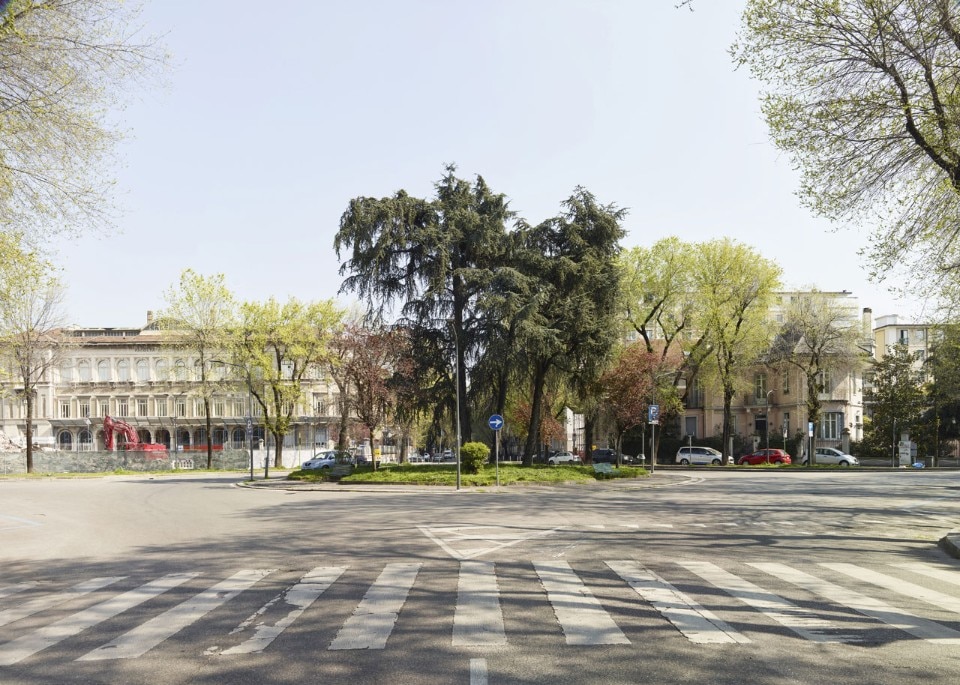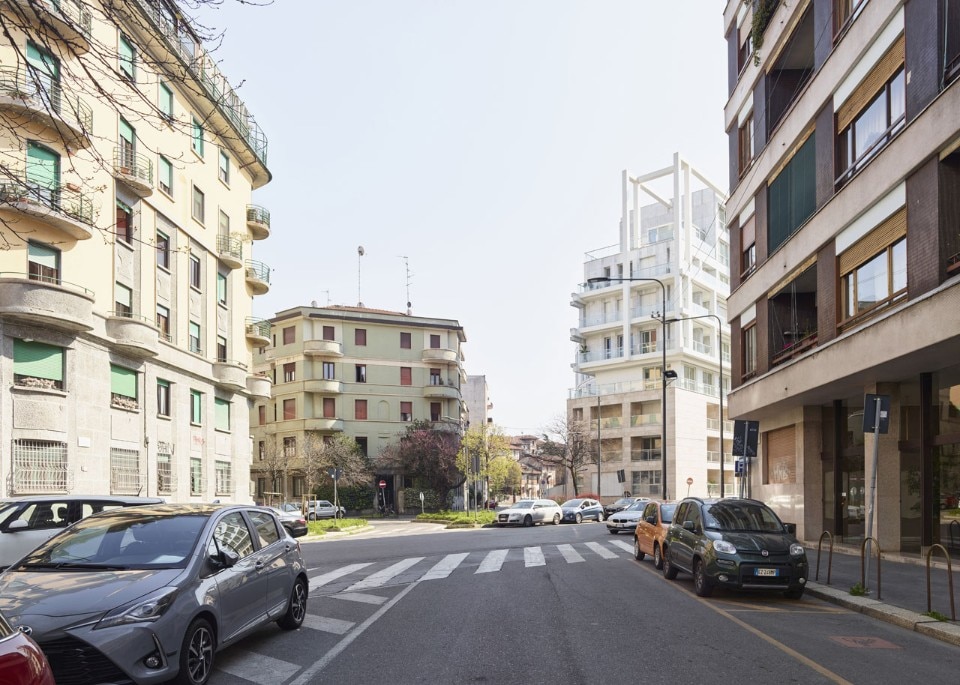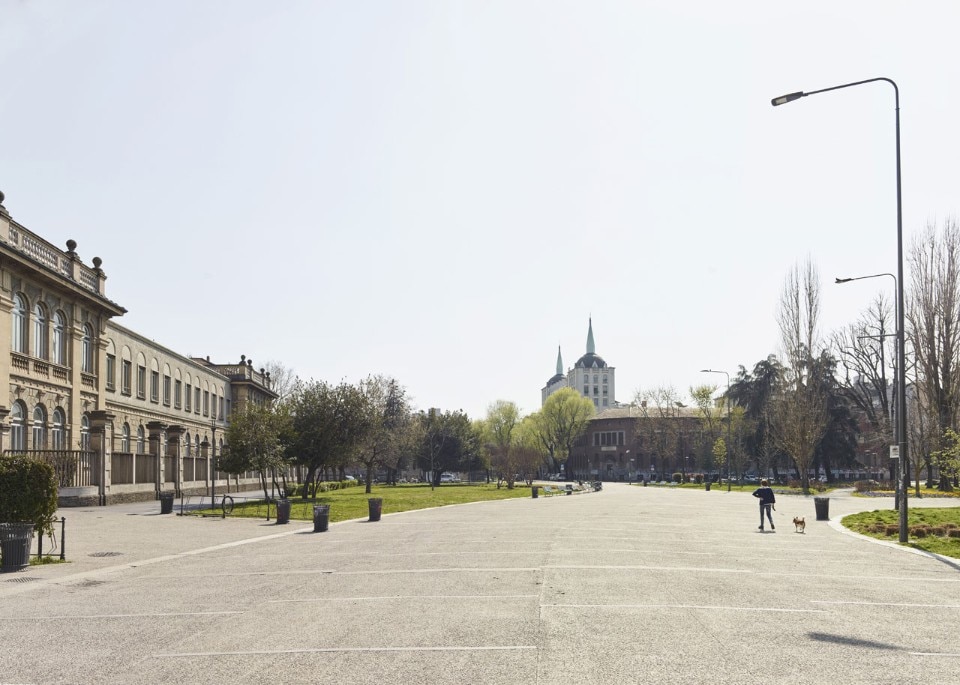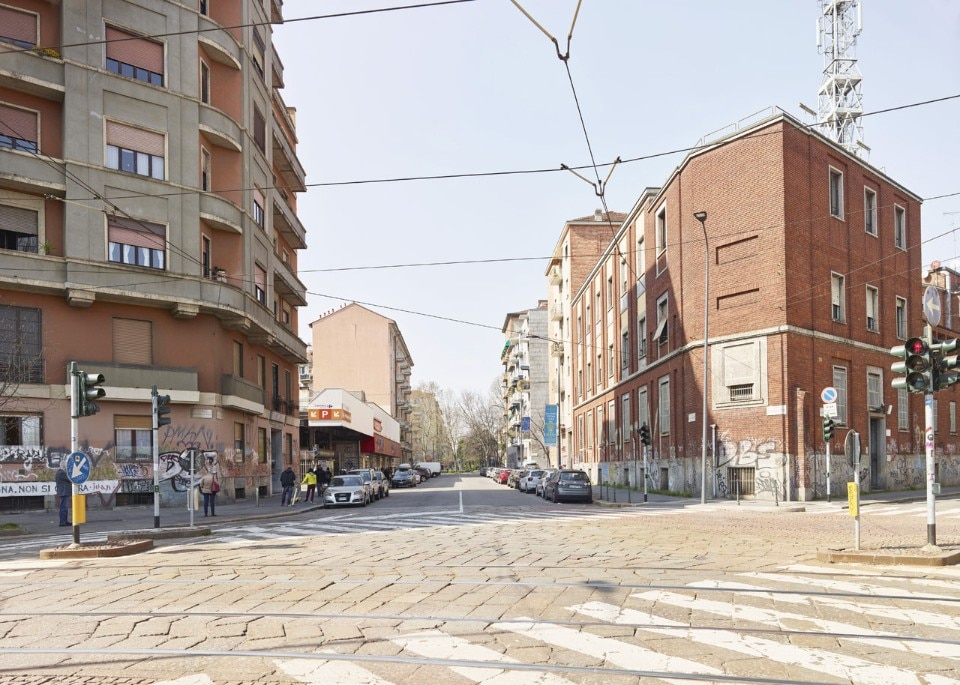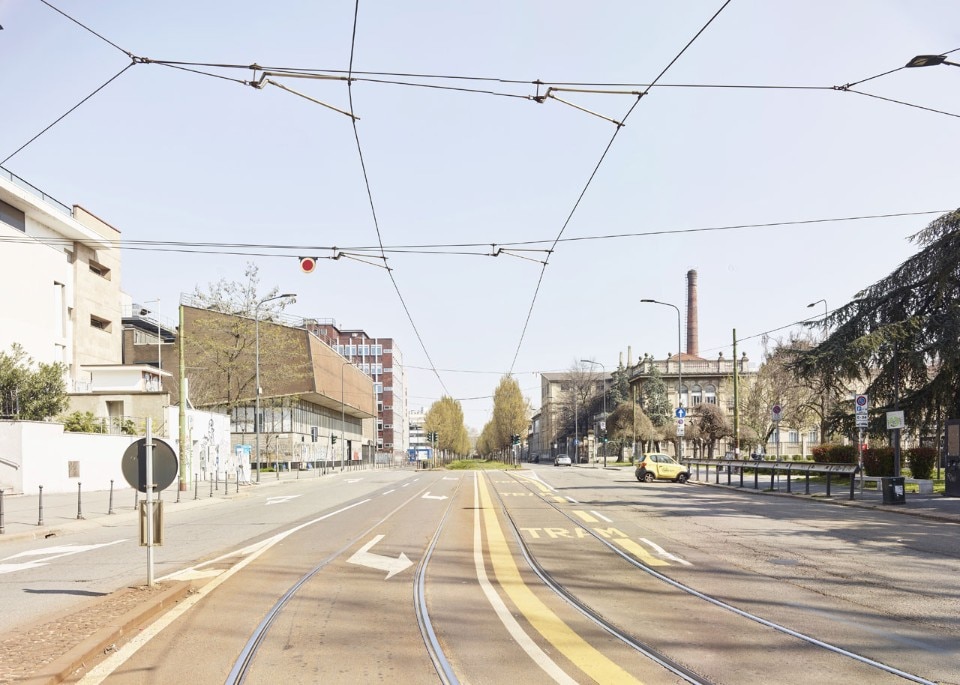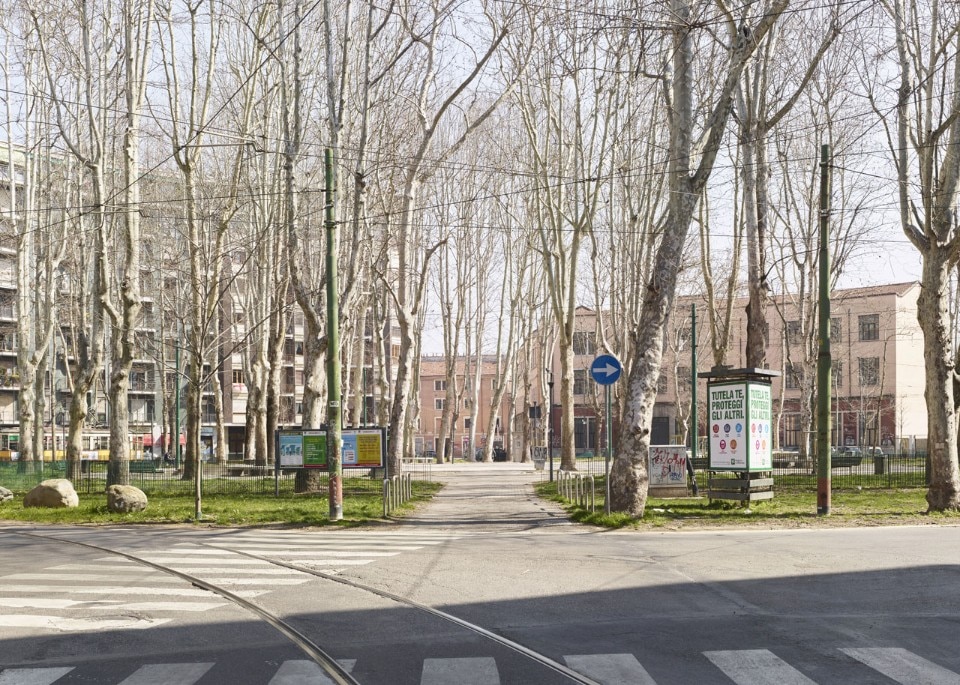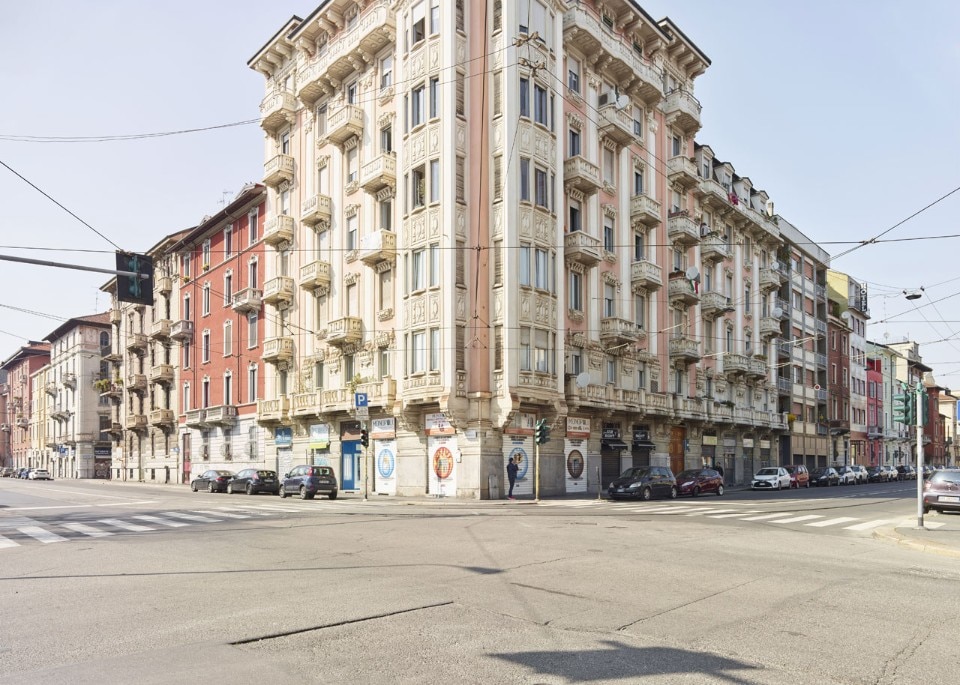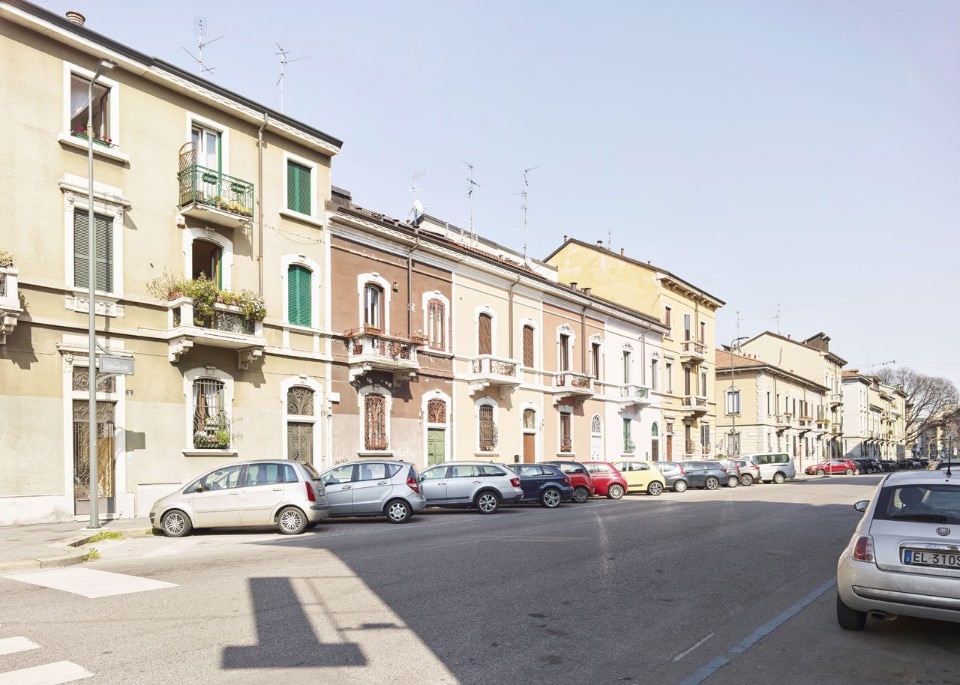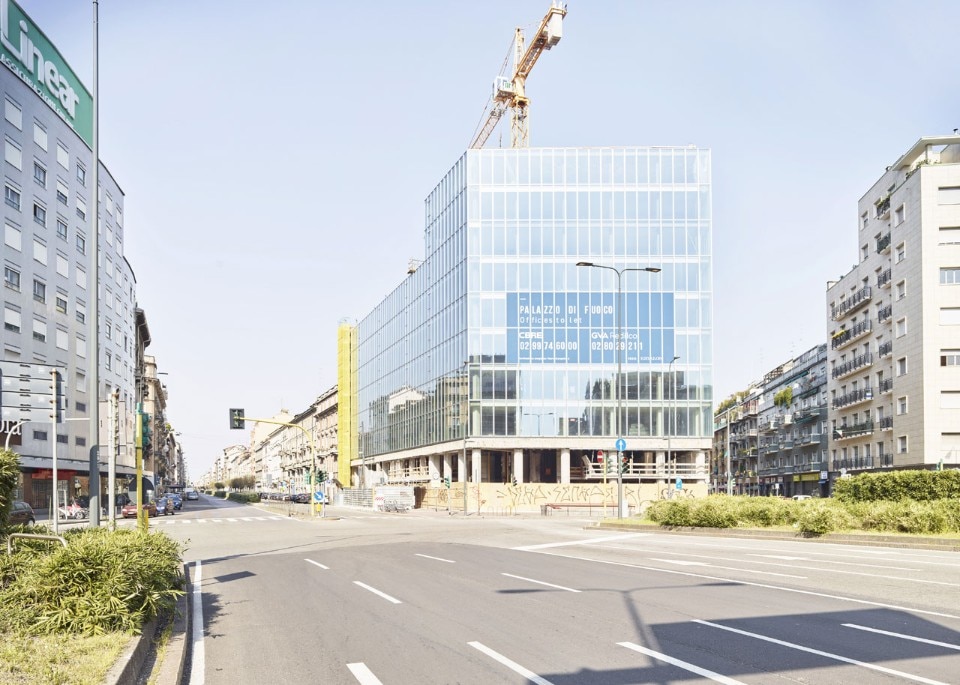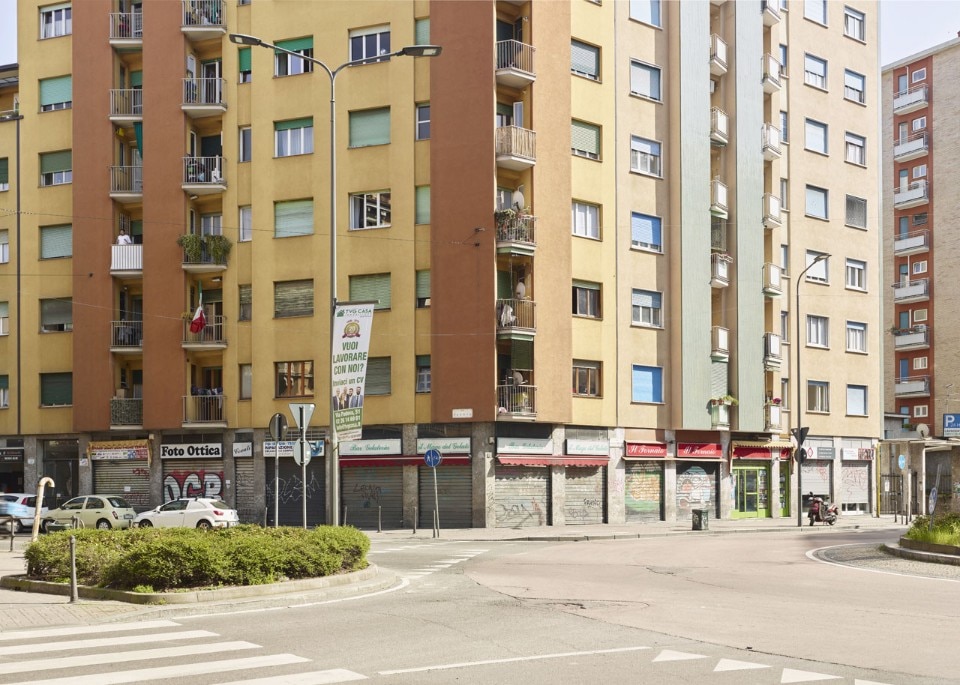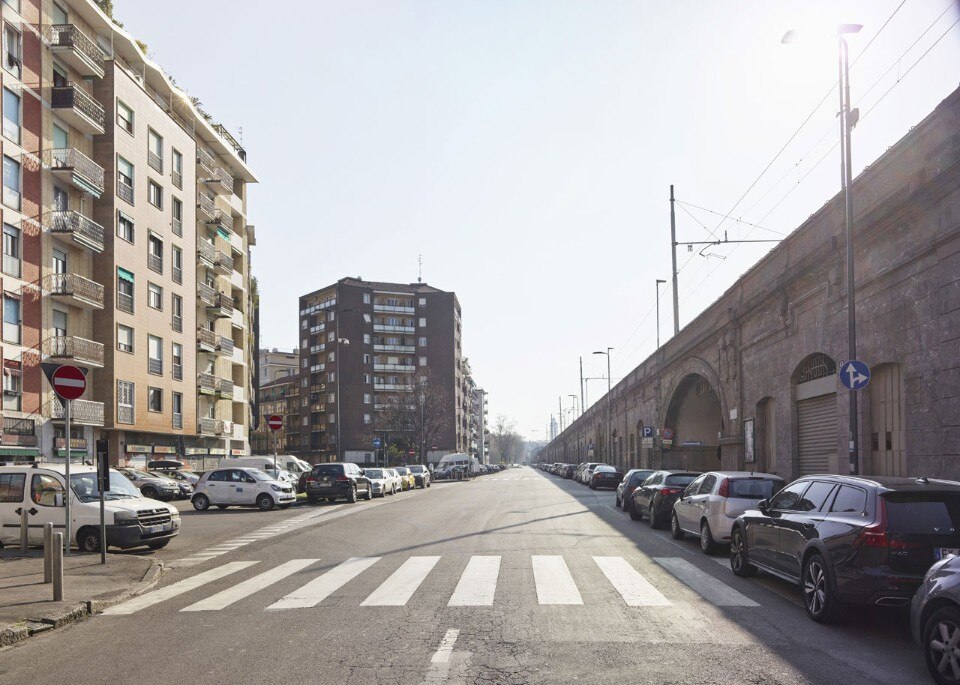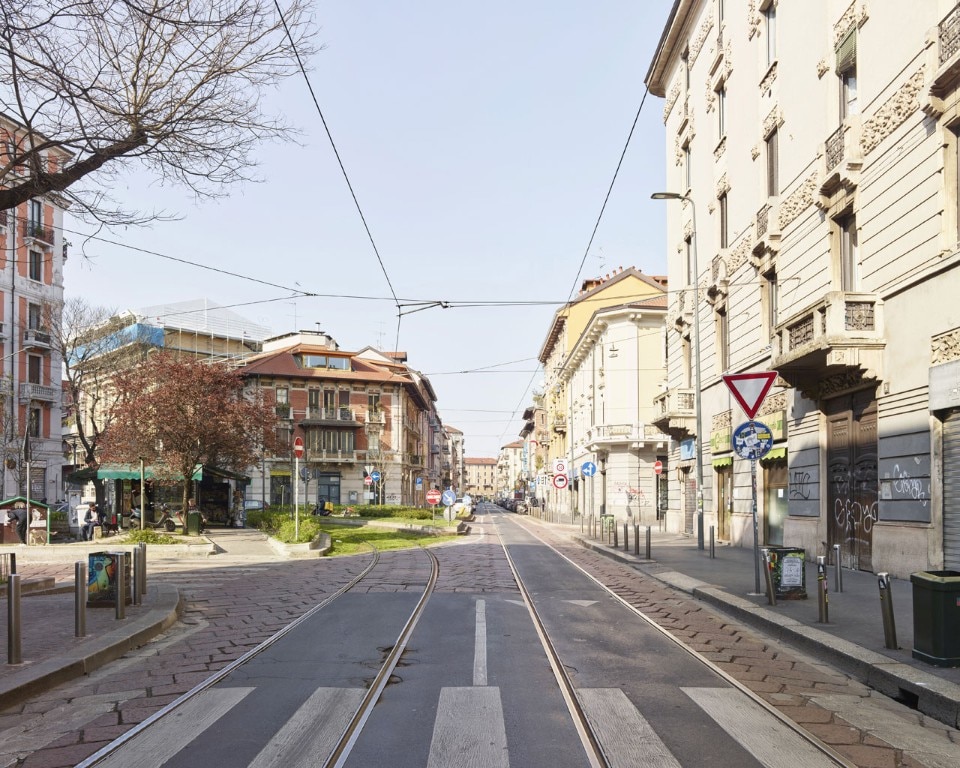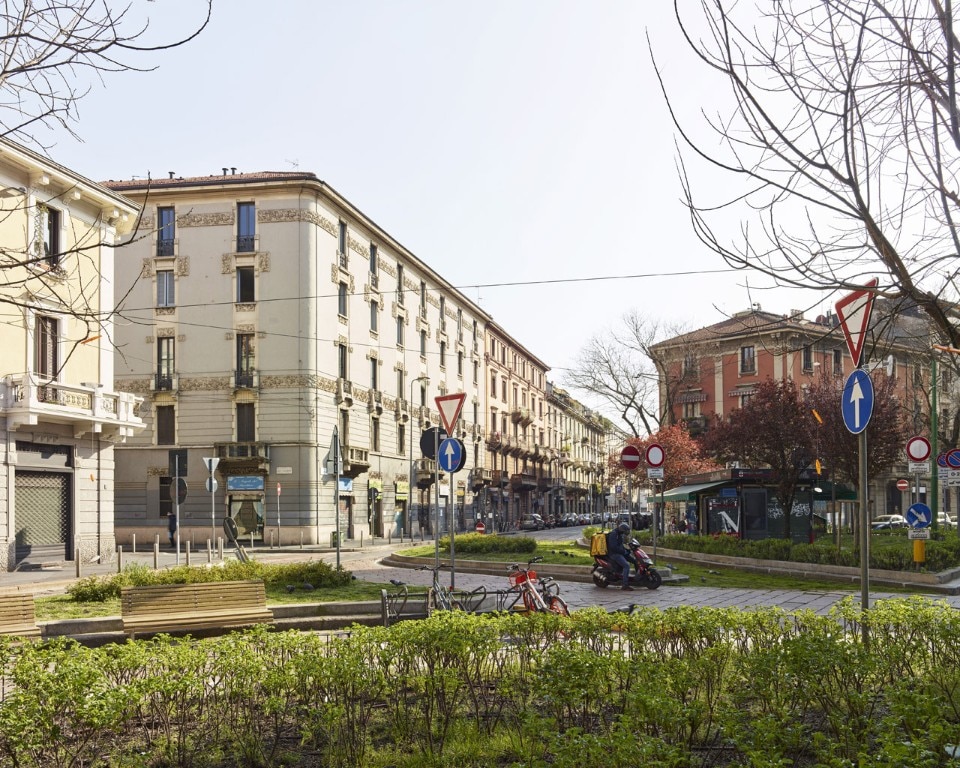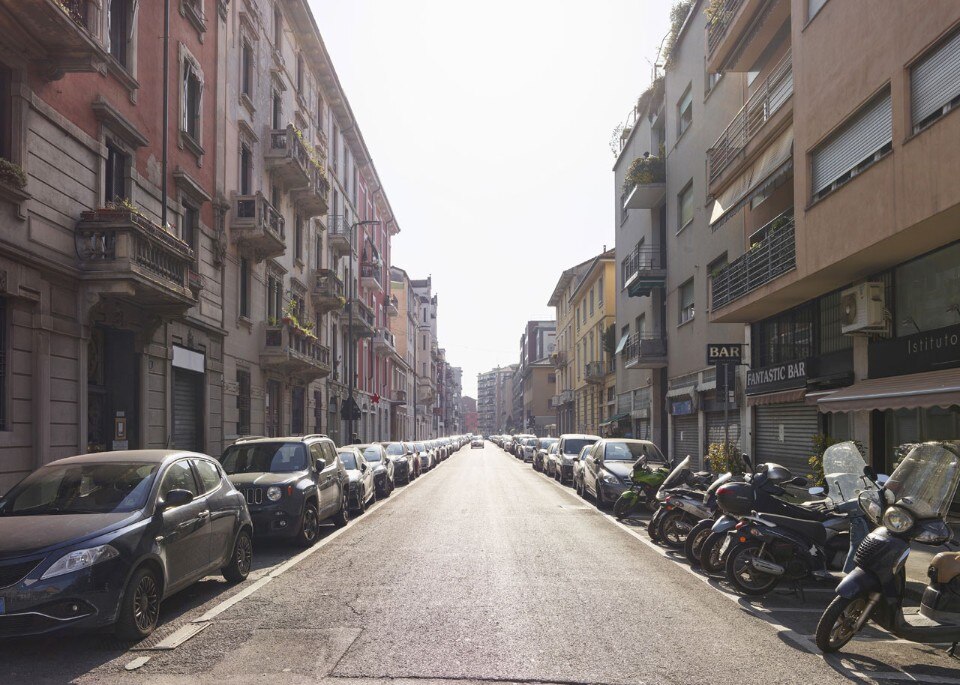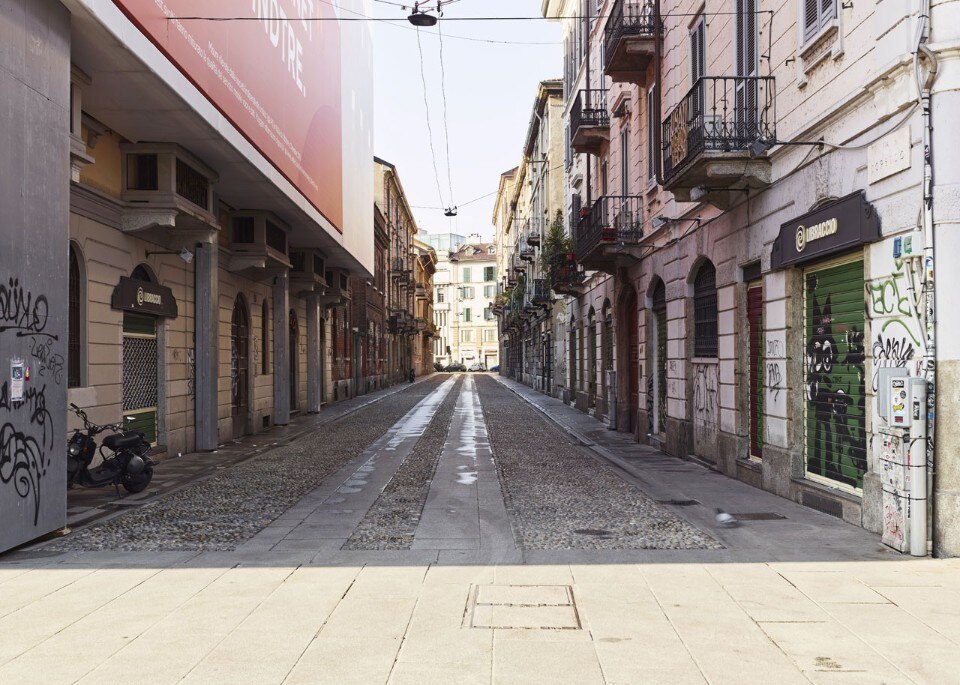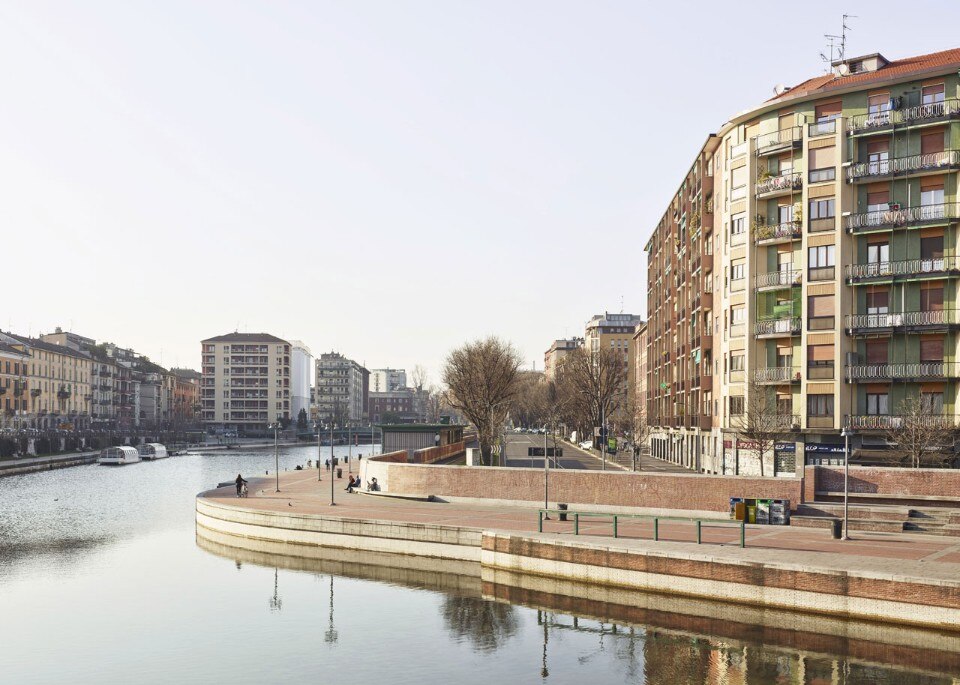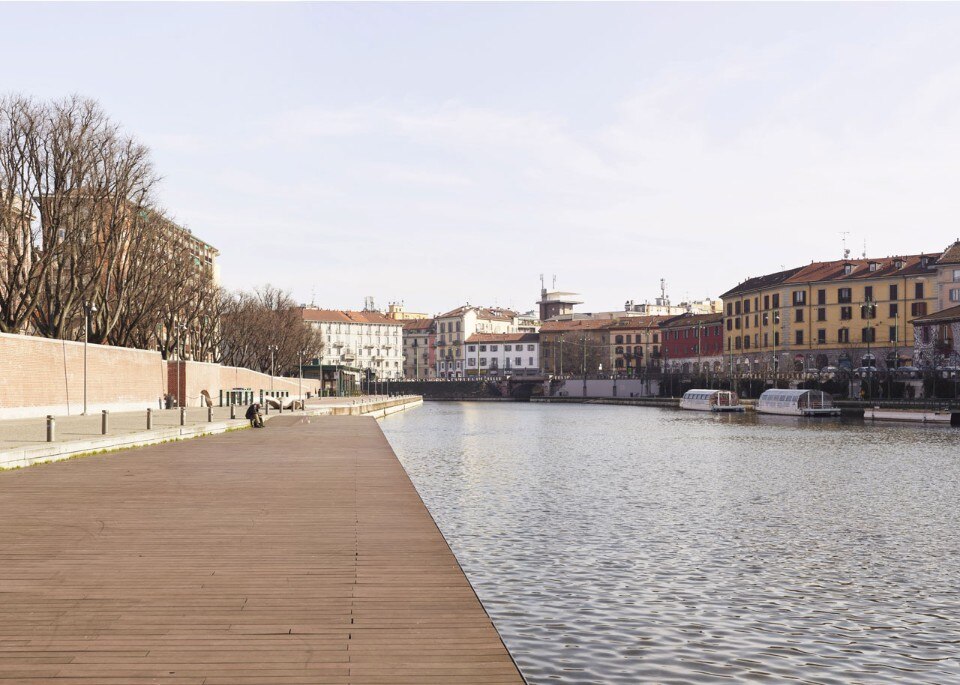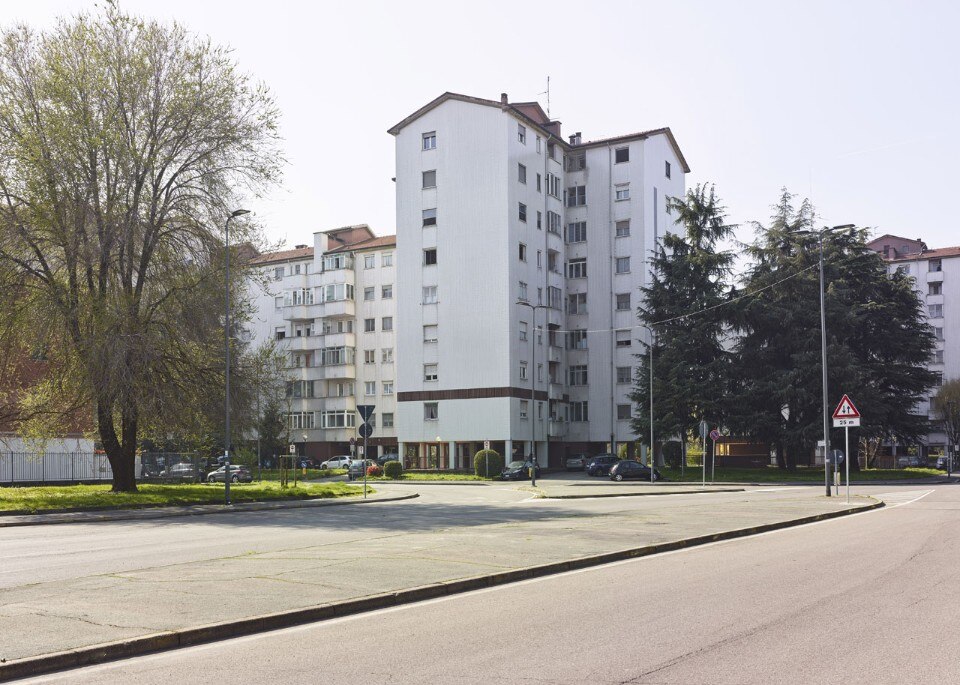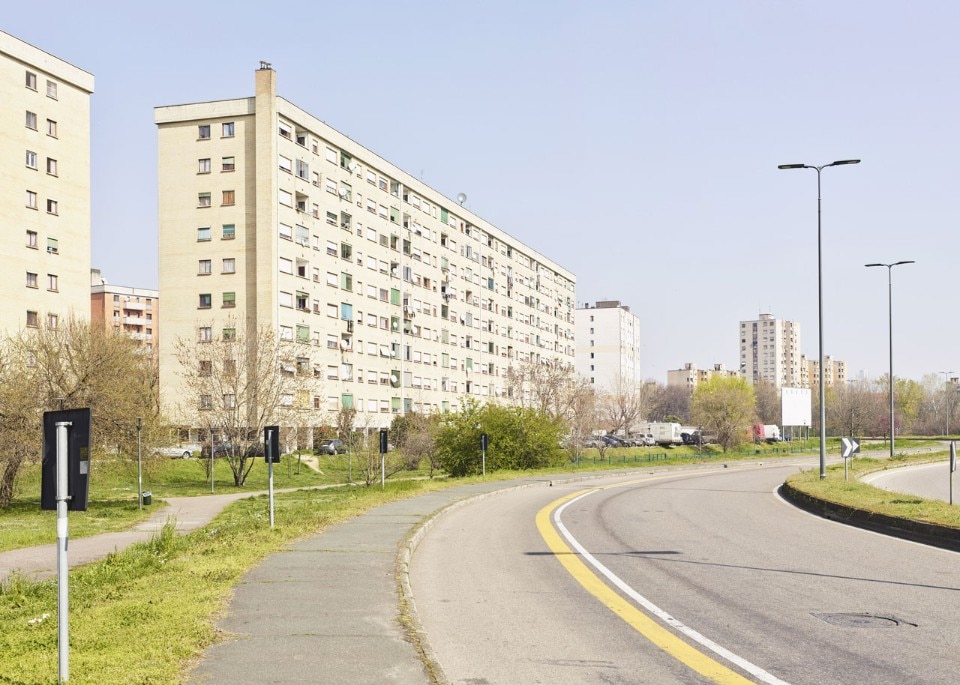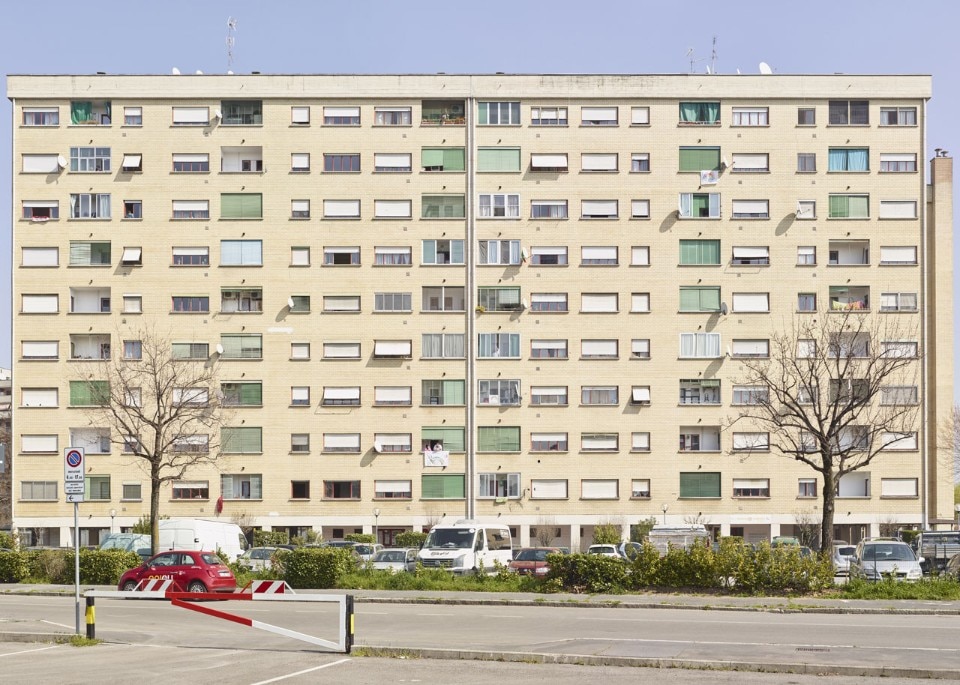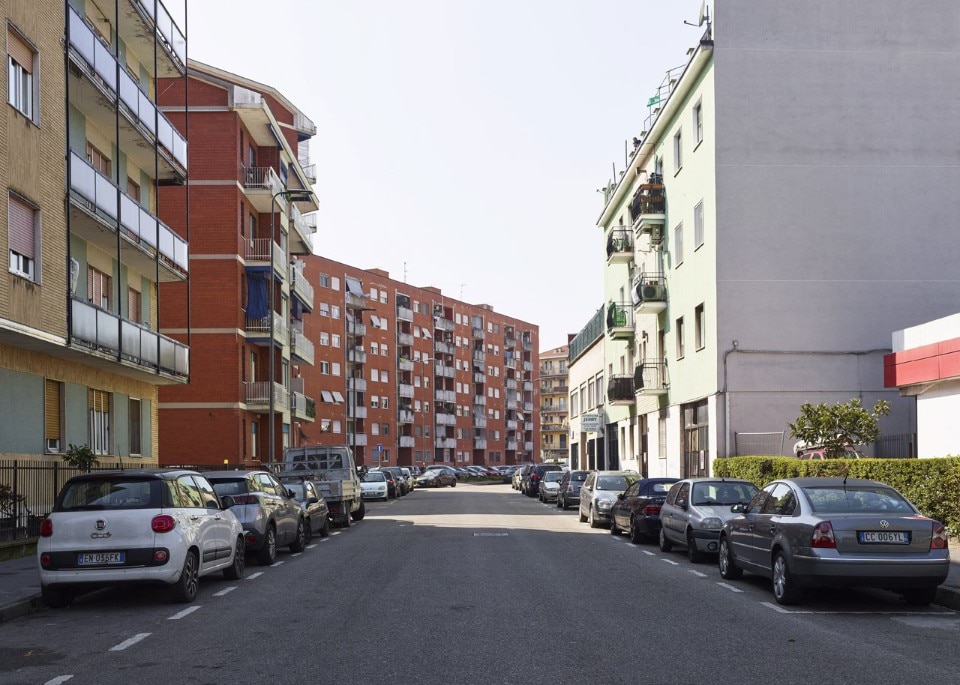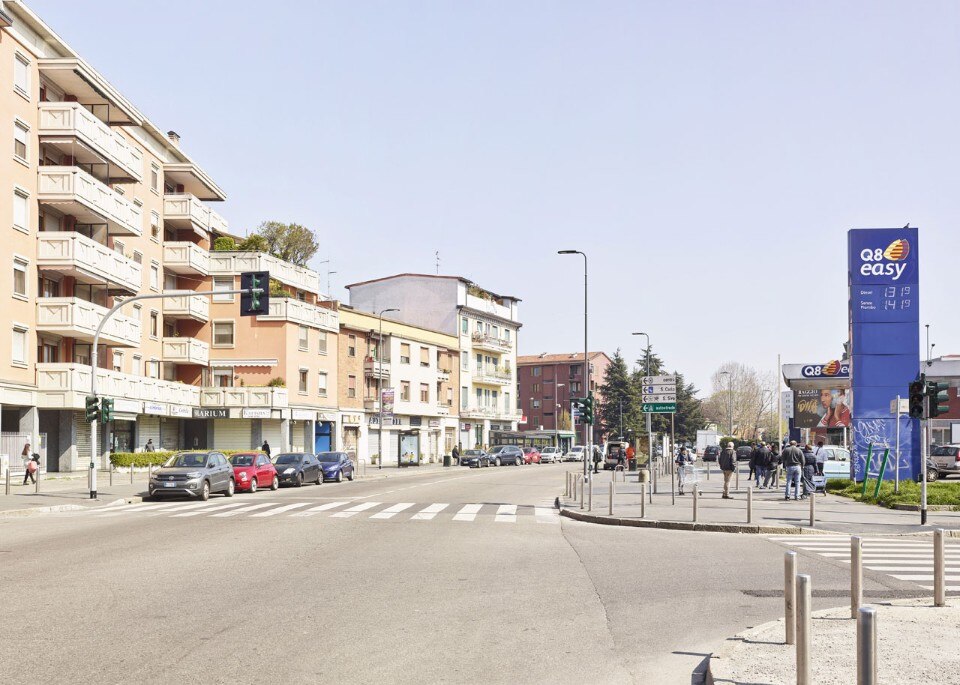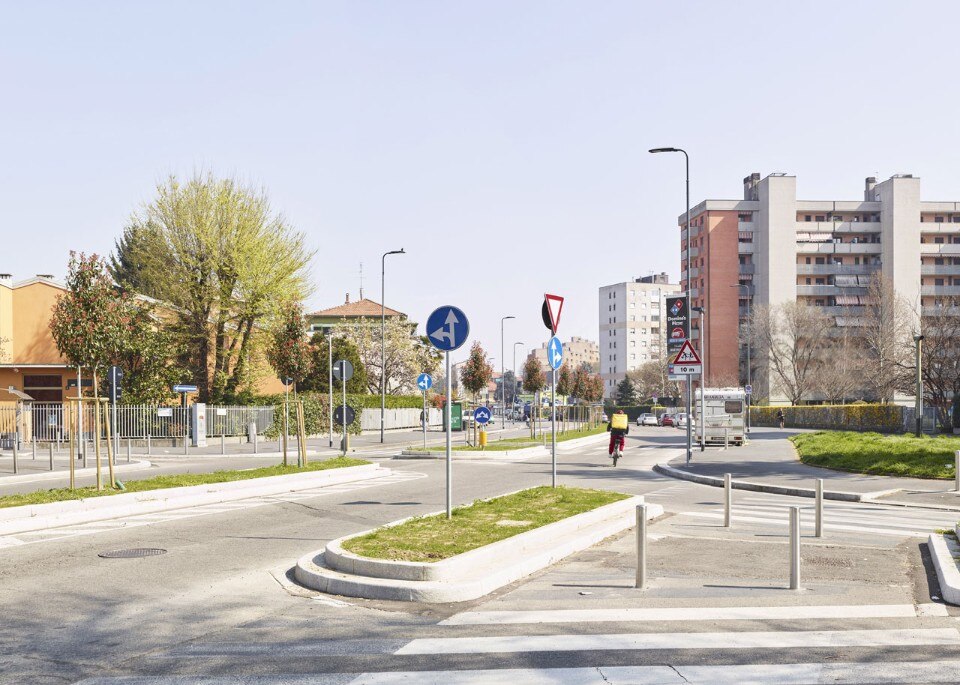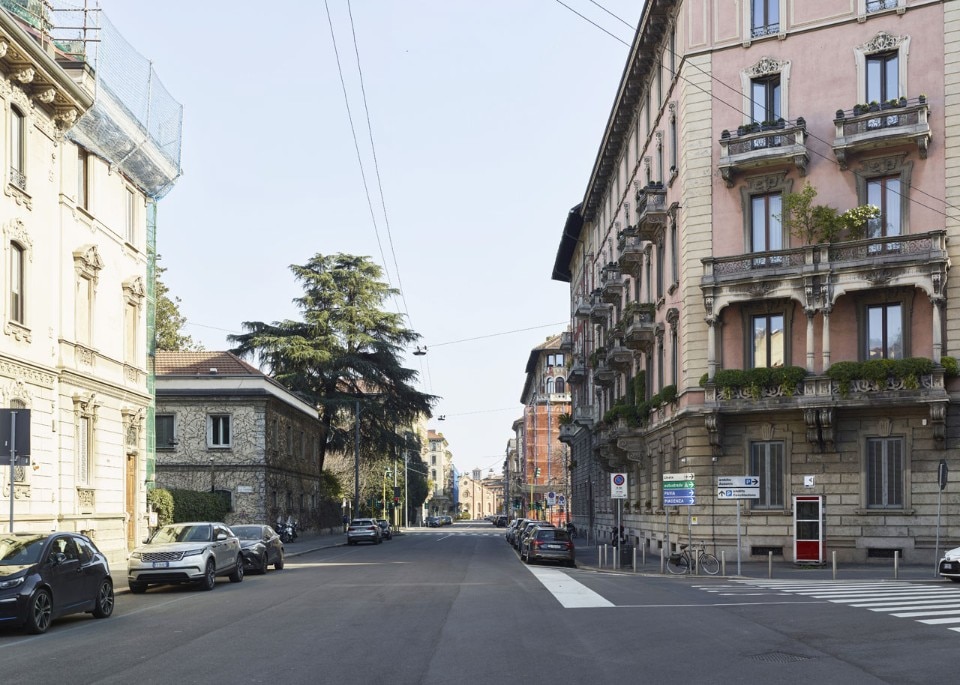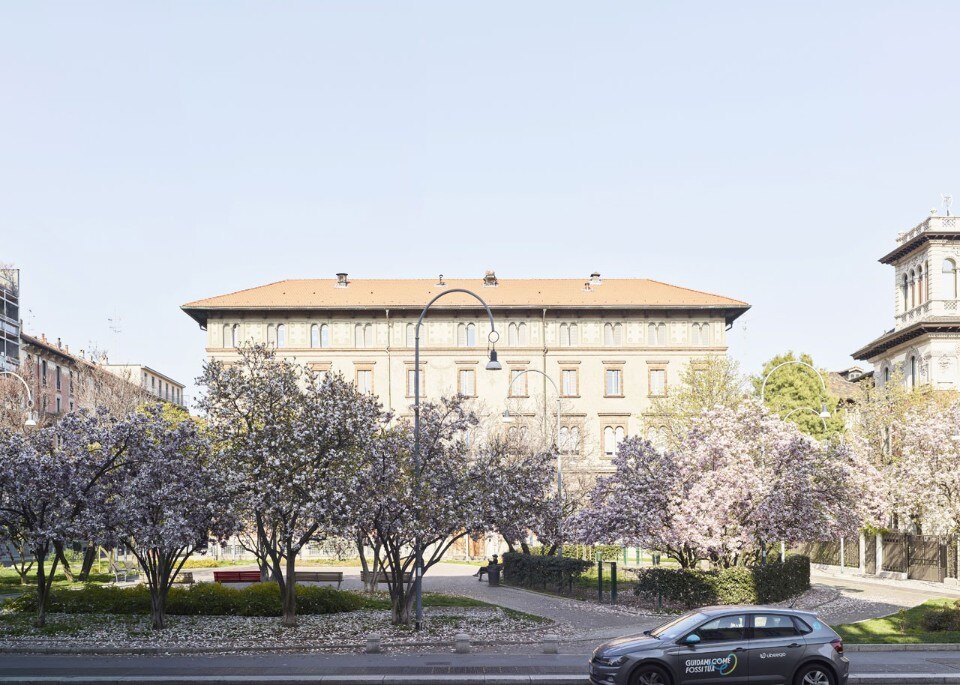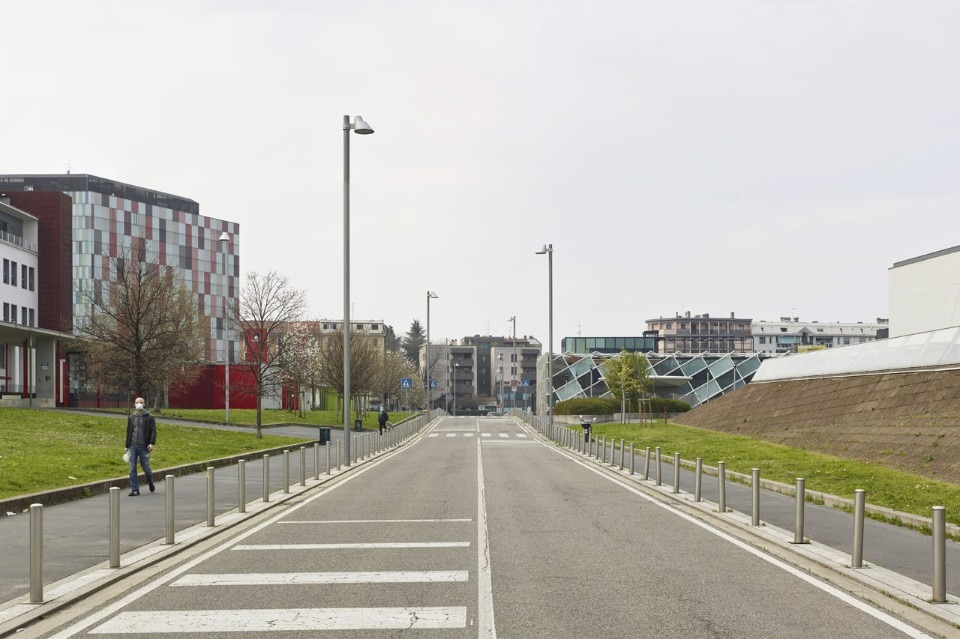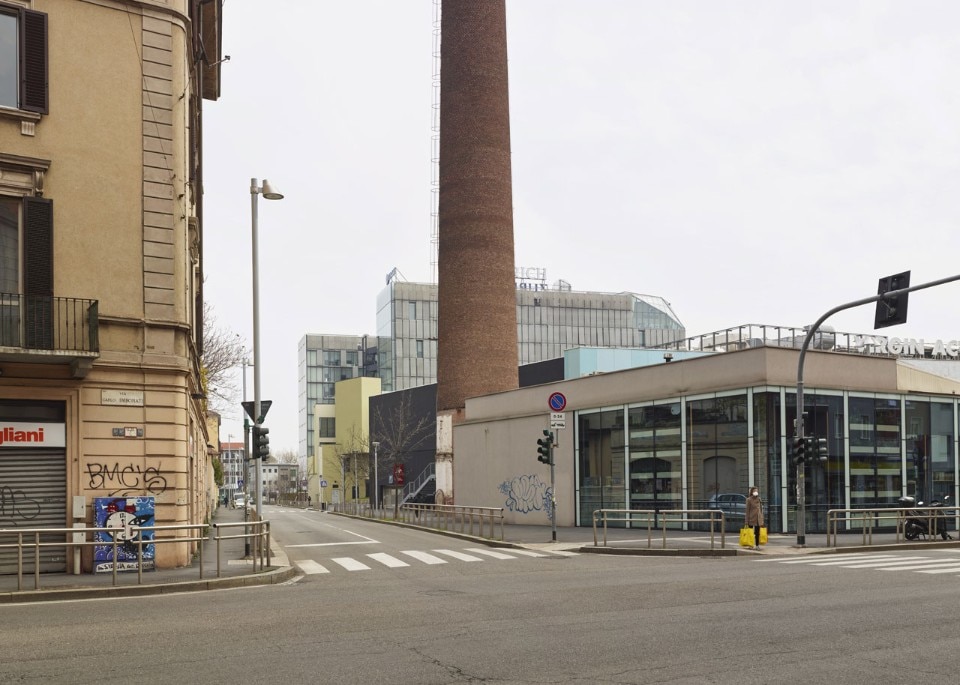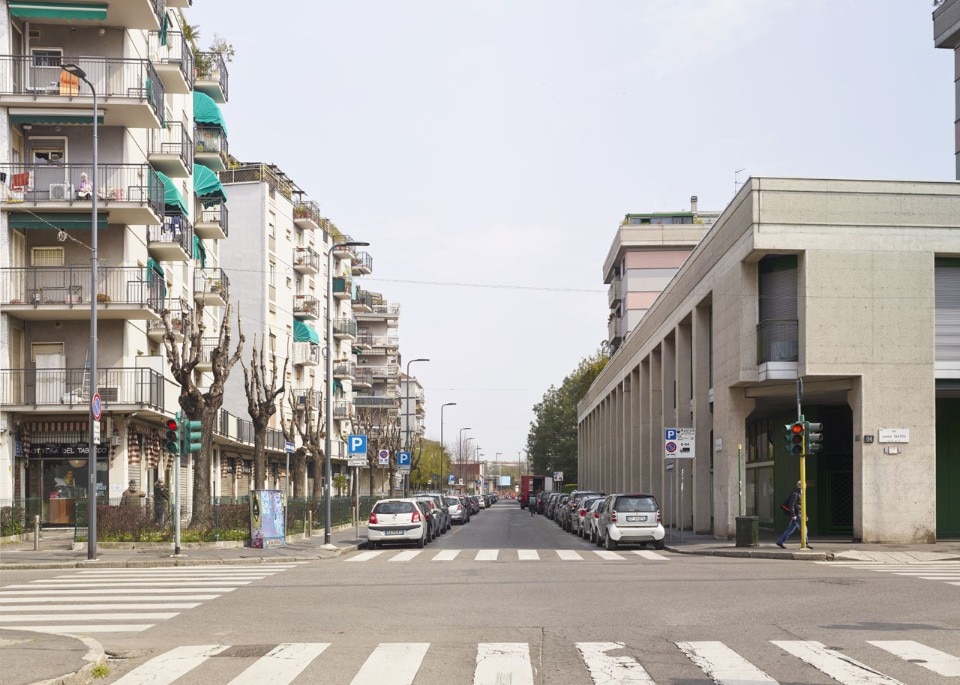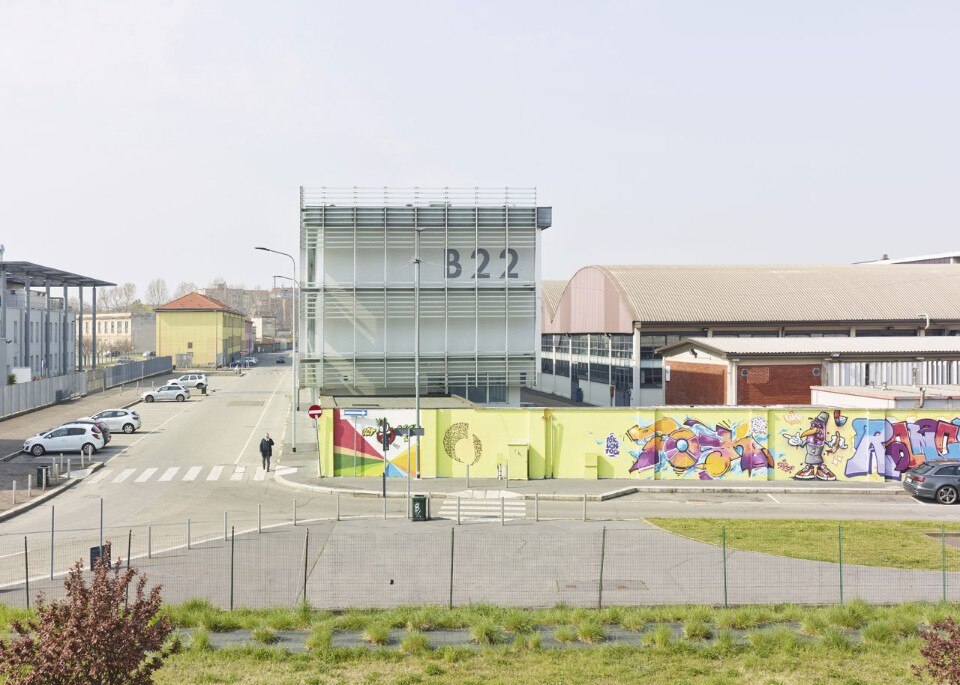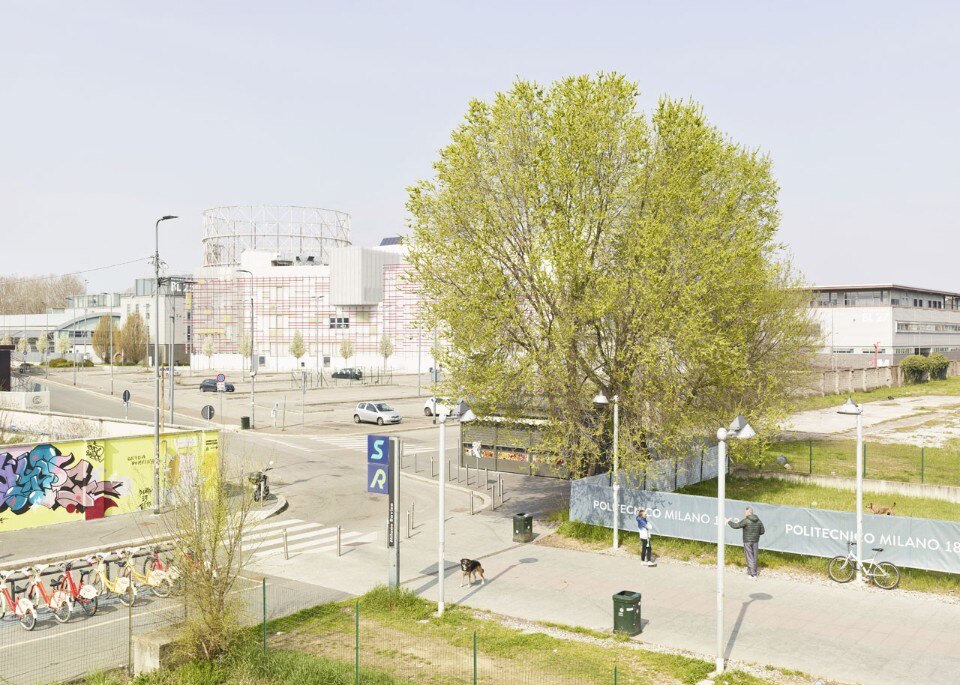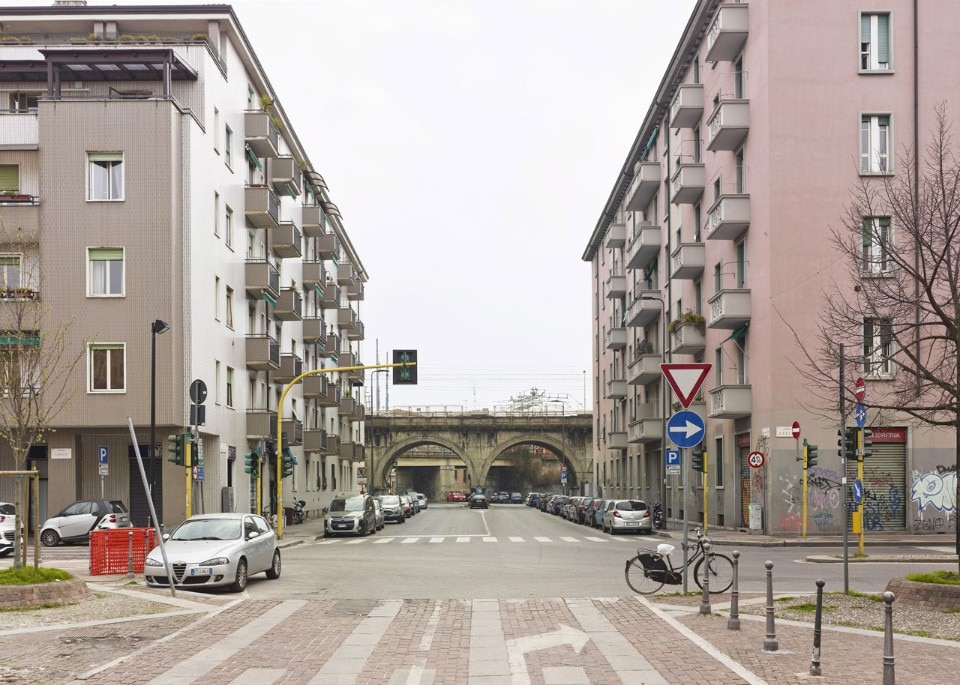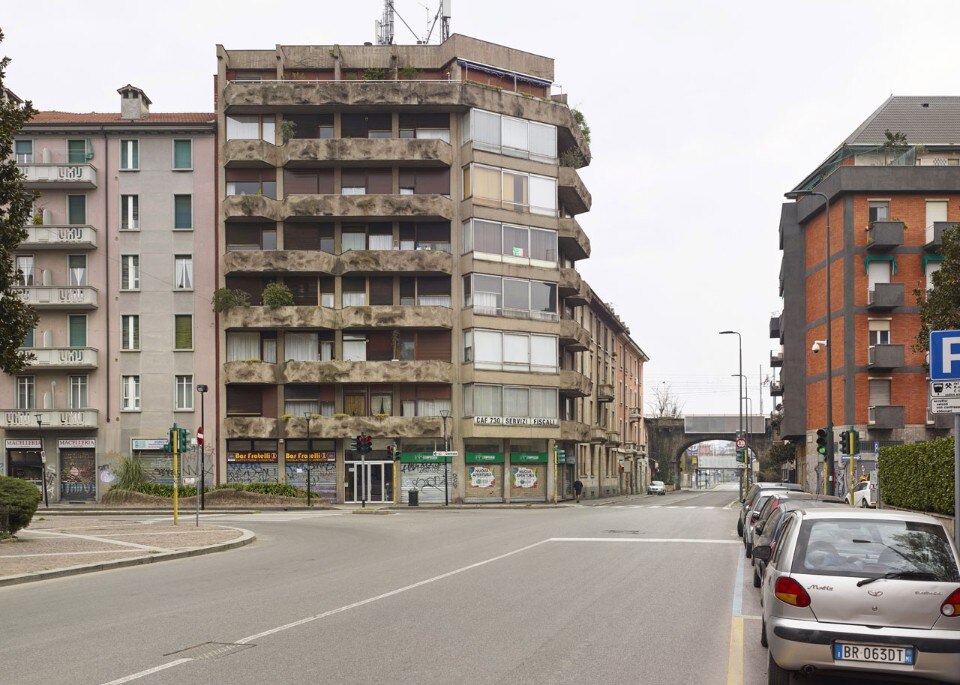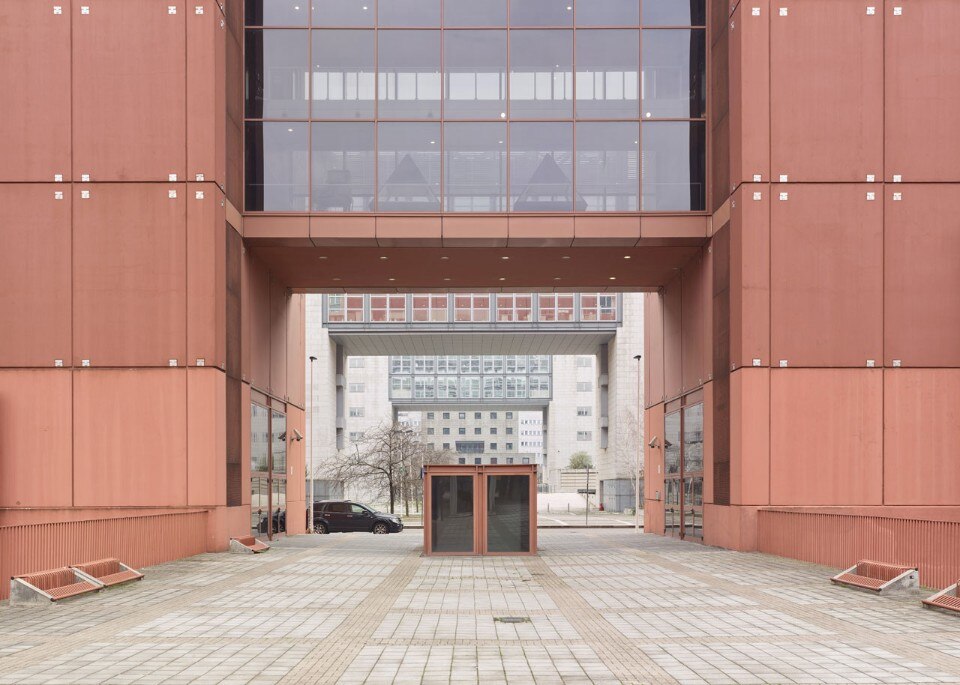We wanted to observe the Milan of the Milanese people – that of the suburbs surrounding the ring-road – through the lens of a photographer who has worked on the void concept for years. Those places where the locals live or where their grandparents did, the Milan of Sundays and normality. We just had to find the right photographer and Maurizio Montagna enthusiastically accepted the challenge. Milanese by birth and inclination, he has 20 years of architectural photography to his name and has exhibited his work worldwide, including at the Venice Architecture Biennale. “I’ll do it for Milan.” he said. One of the reasons for his decision lies in a sense of responsibility towards the city and the need to have a proper record “of this strange and dramatic situation.”
Montagna took his photographs using a view camera with a digital back, not exactly equipment that goes unnoticed. “Now and again I am mistaken for a film cameraman and it did cause a small spat when I was taking pictures in the Ortica district”, he says. These things happen to photographers although in this case it was different, “friction between those venturing out” into a seemingly desolate city.
On his expeditions, Montagna felt like an alien in his home city. “Moving about in an urban space emptied of its usual presences is disaffecting and bewildering”, he explains. “It is a narrative I know well: the streets, buildings, architecture, vegetation, parked cars and manifest lack of people all come together as one, echoing imagery that photography – and landscape photography in particular – has been portraying admirably since its very beginnings.”
In a famous daguerreotype, Louis Daguerre portrayed an empty and desolate Paris, explains the photographer. The absence of any human presence and means of transport recharacterises the standard features of the French capital. The only person visible seems to be posing as a shoe-shiner does his work. Perhaps, this was the only way to measure the time required for it to be fixed on the plate. “This long and almost motionless wait exorcised the technical constraints of a photosensitive material ill-prepared at the time to capture a fleeting moment.”
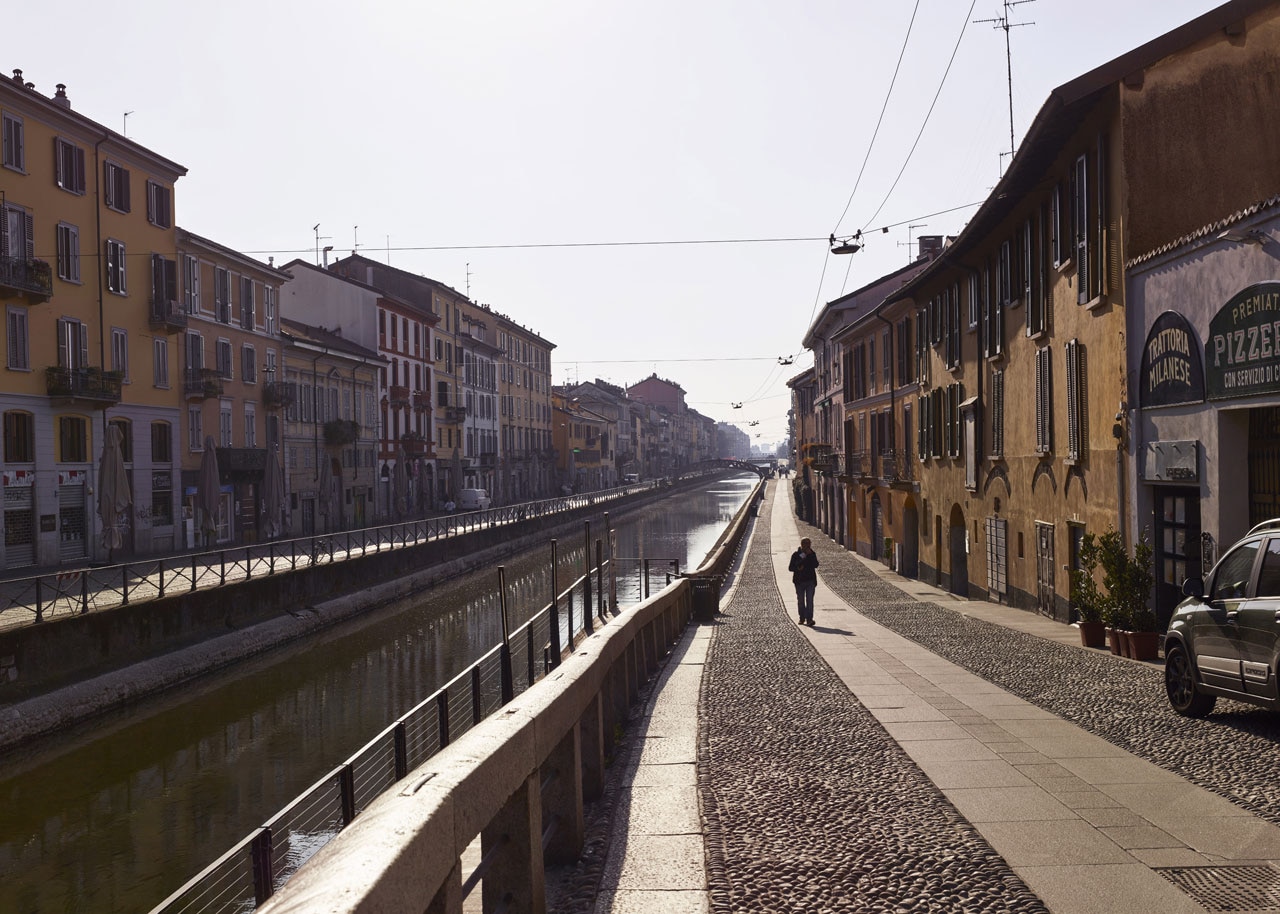
 View gallery
View gallery
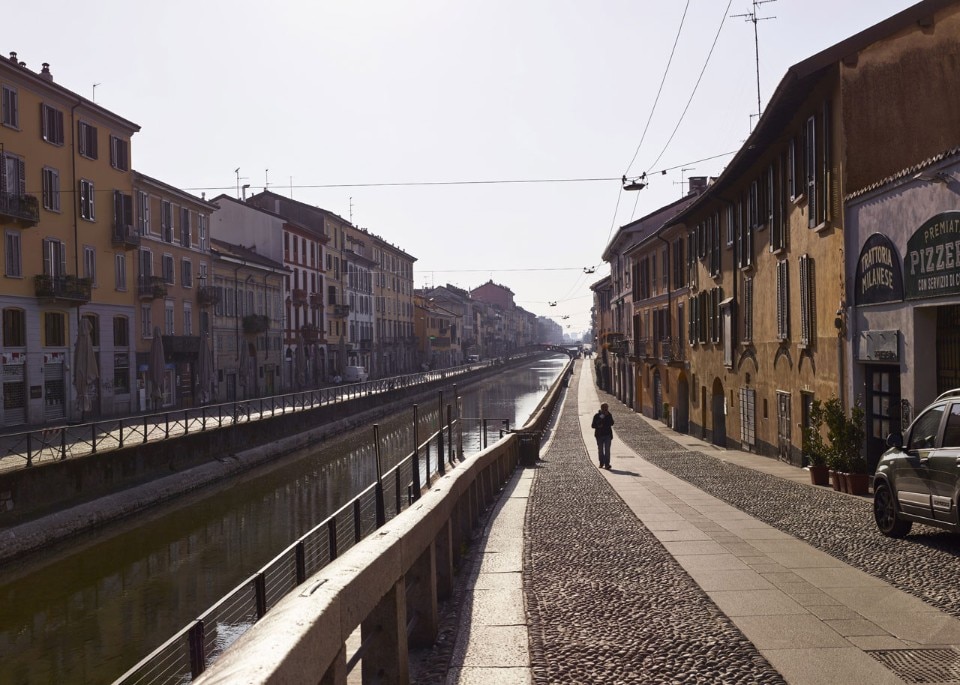
Maurizio Montagna goes on a photographic tour of coronavirus Milan
8FQFF52G+VH
Photo Maurizio Montagna
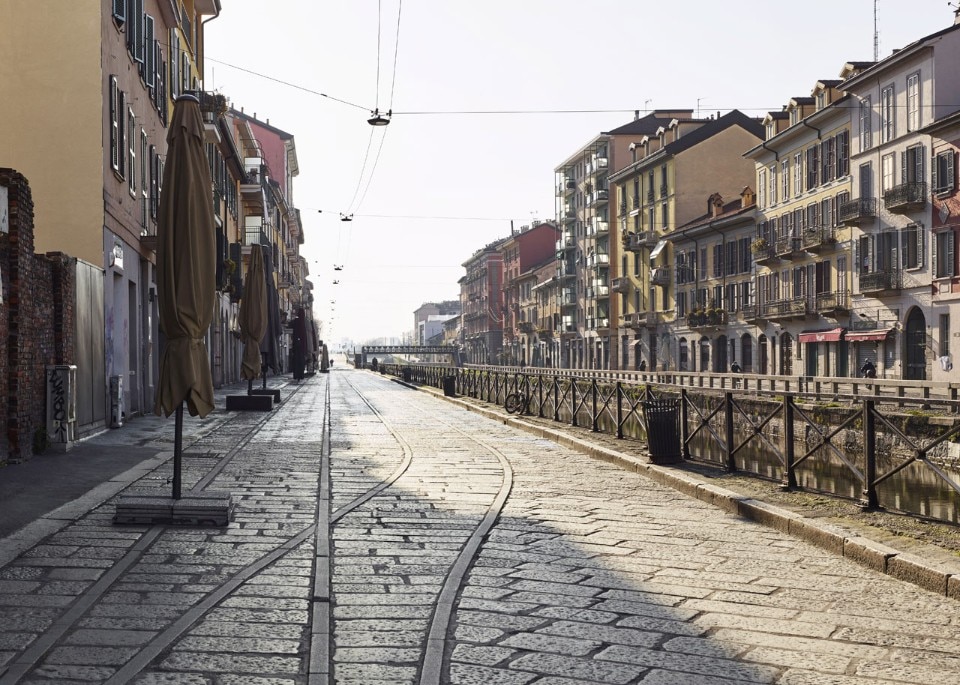
Maurizio Montagna goes on a photographic tour of coronavirus Milan
8FQFF52F+G9
Photo Maurizio Montagna

Maurizio Montagna goes on a photographic tour of coronavirus Milan
8FQFF52F+MF
Photo Maurizio Montagna

Maurizio Montagna goes on a photographic tour of coronavirus Milan
8FQFF52H+XC
Photo Maurizio Montagna
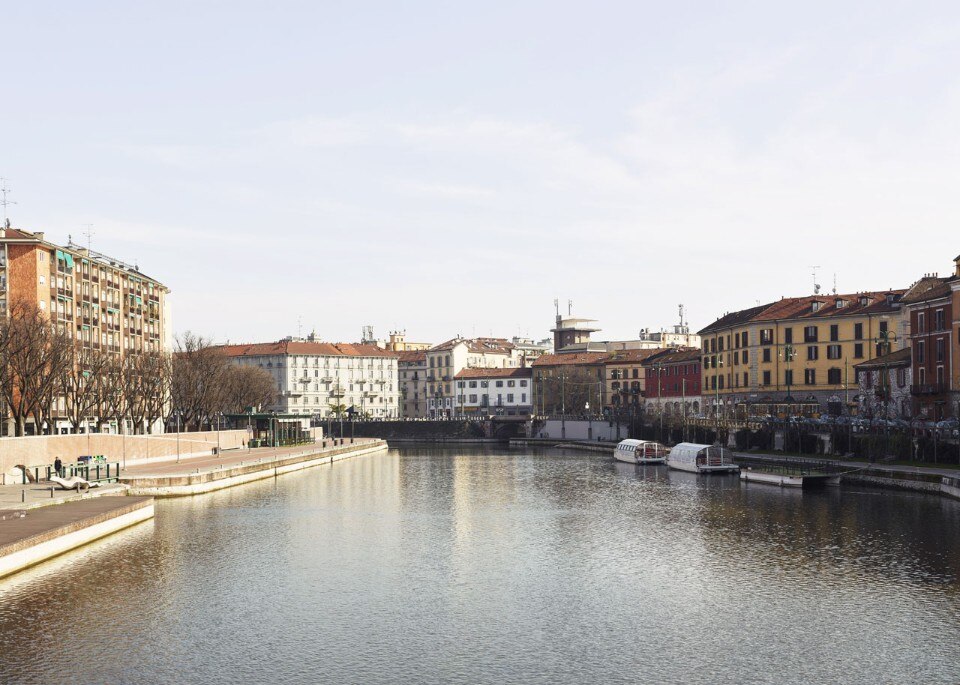
Maurizio Montagna goes on a photographic tour of coronavirus Milan
8FQFF53F+PW
Photo Maurizio Montagna

Maurizio Montagna goes on a photographic tour of coronavirus Milan
8FQFF53G+M4
Photo Maurizio Montagna
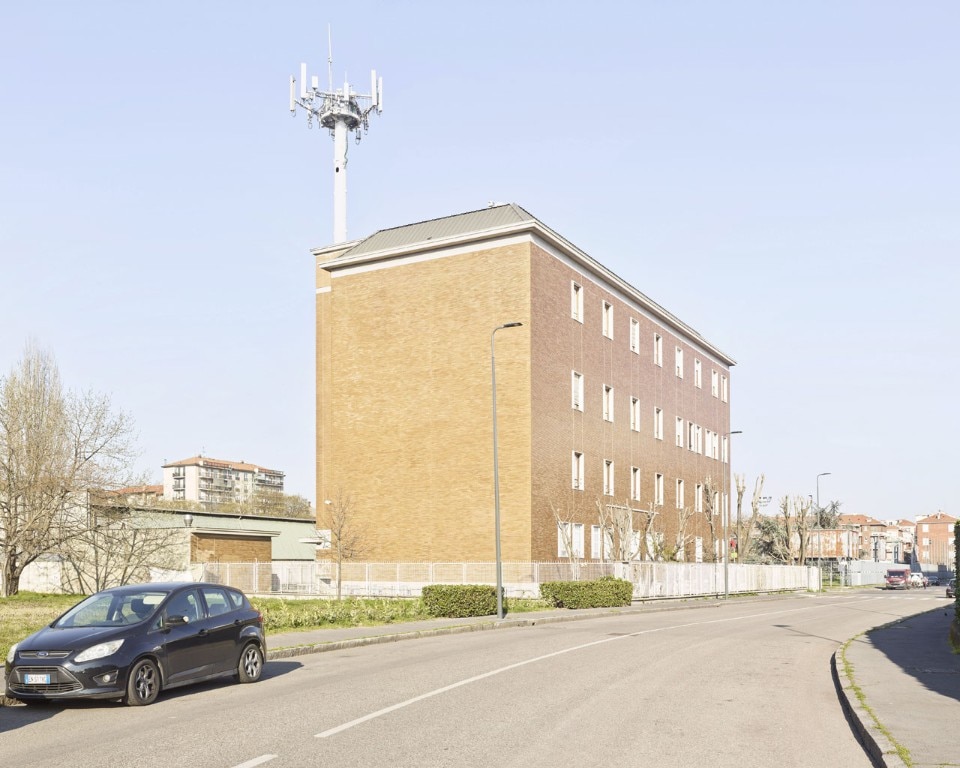
Maurizio Montagna goes on a photographic tour of coronavirus Milan
8FQFC4PX+6Q
Photo Maurizio Montagna
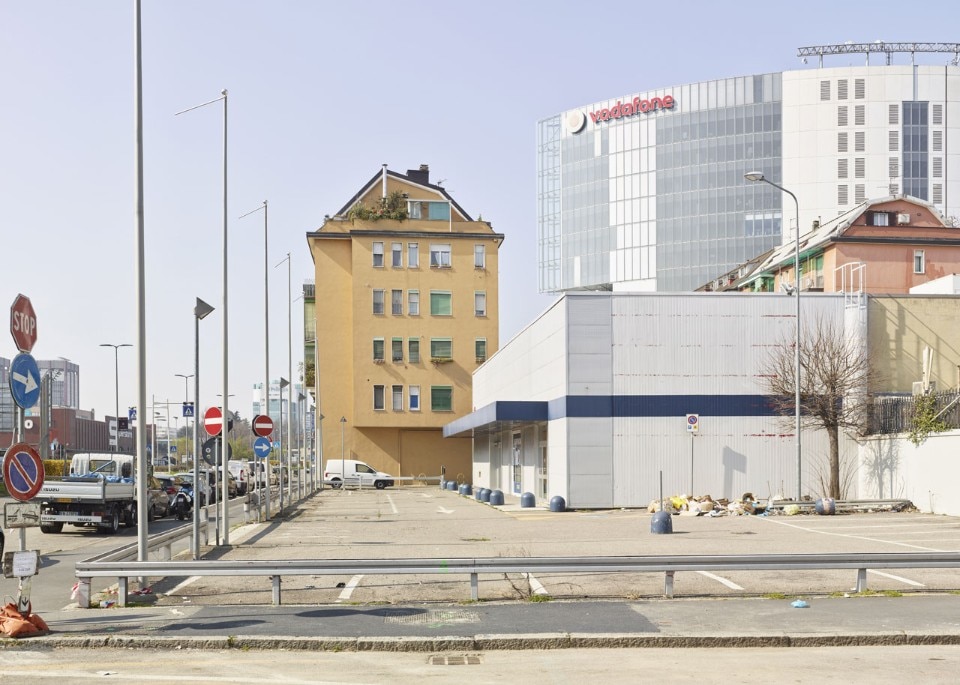
Maurizio Montagna goes on a photographic tour of coronavirus Milan
8FQFC4VF-G5
Photo Maurizio Montagna
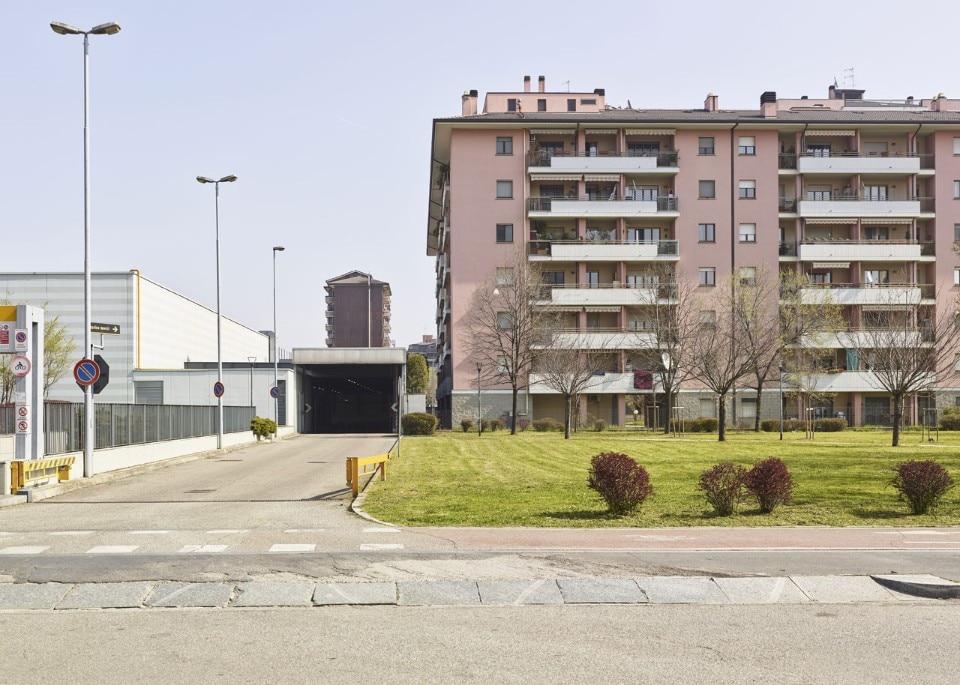
Maurizio Montagna goes on a photographic tour of coronavirus Milan
8FQFC4VF+G6
Photo Maurizio Montagna
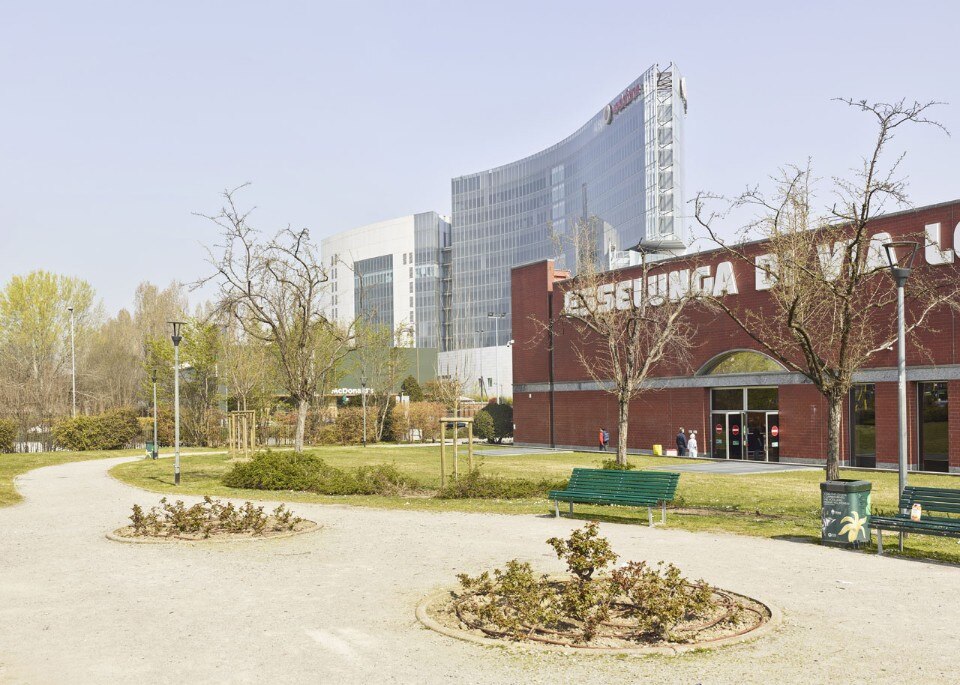
Maurizio Montagna goes on a photographic tour of coronavirus Milan
8FQFC4VF+V5
Photo Maurizio Montagna
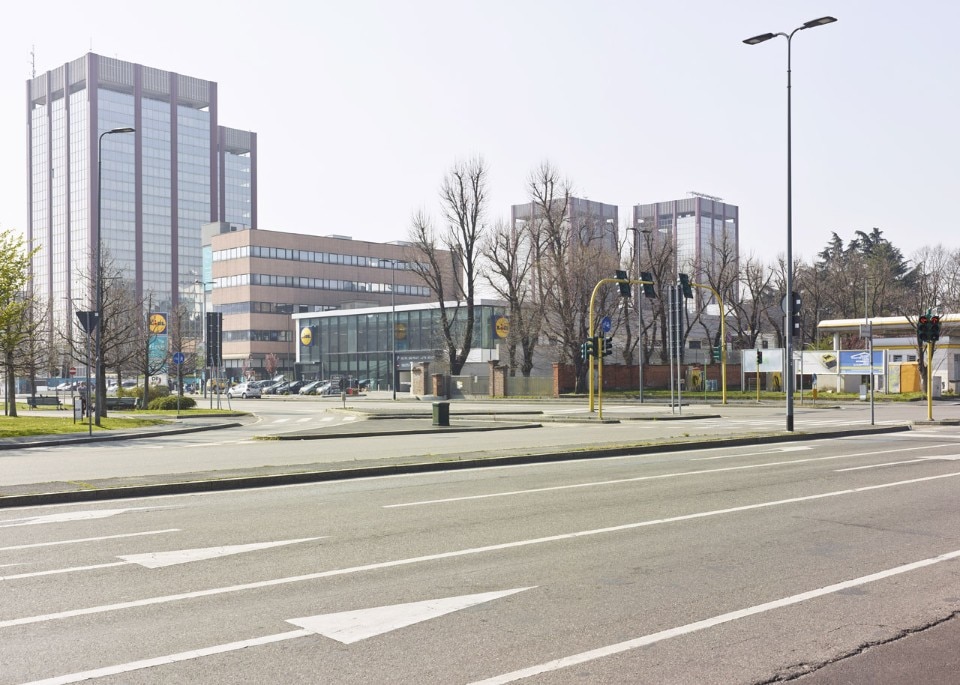
Maurizio Montagna goes on a photographic tour of coronavirus Milan
8FQFC4WC+7R
Photo Maurizio Montagna
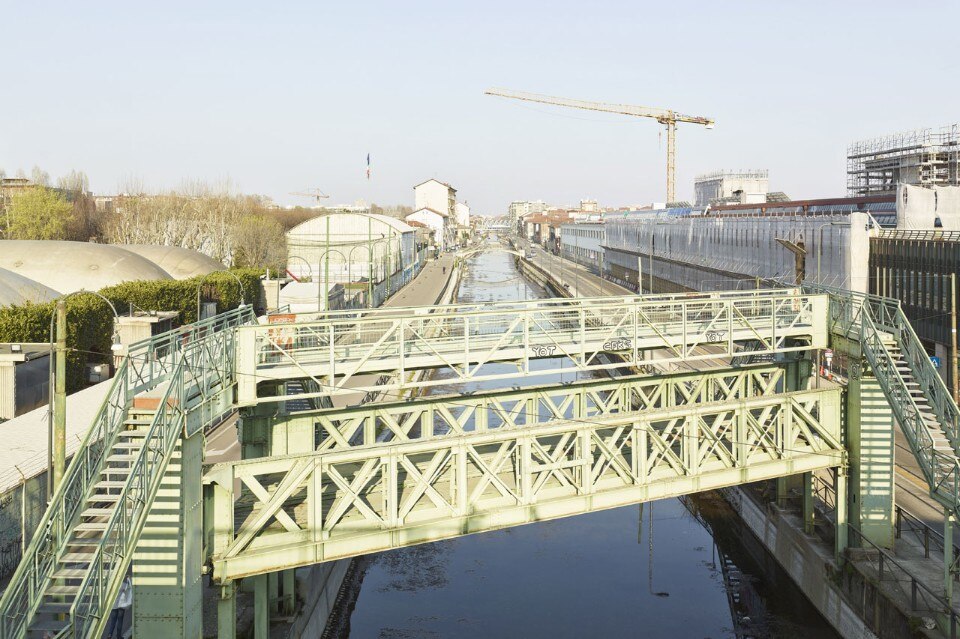
Maurizio Montagna goes on a photographic tour of coronavirus Milan
8FQFC4WW+7F
Photo Maurizio Montagna
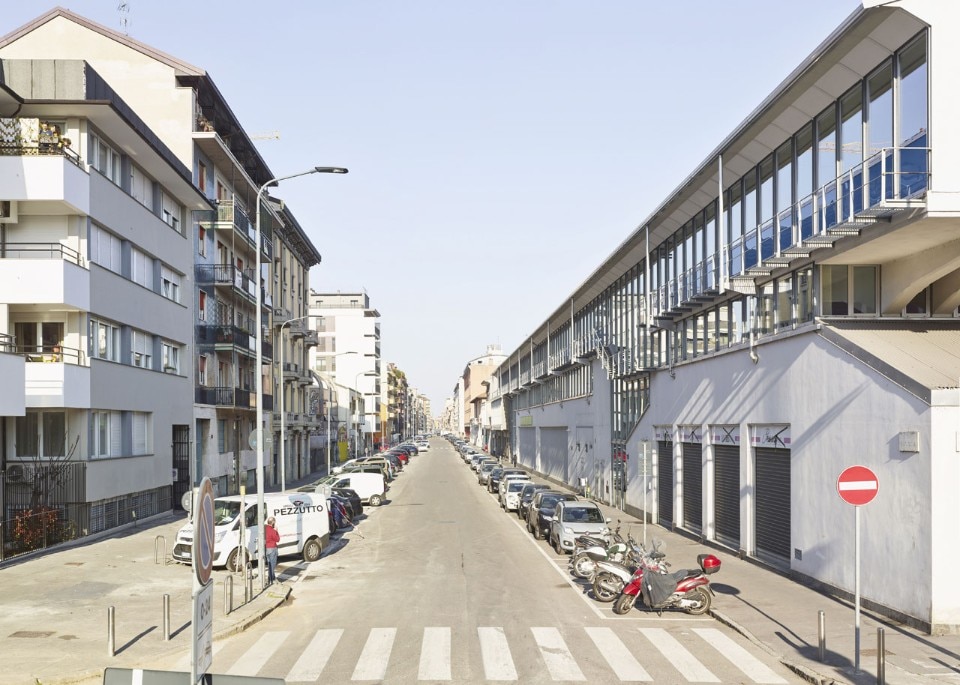
Maurizio Montagna goes on a photographic tour of coronavirus Milan
8FQFC4XV+5W
Photo Maurizio Montagna

Maurizio Montagna goes on a photographic tour of coronavirus Milan
8FQFF52G+VH
Photo Maurizio Montagna

Maurizio Montagna goes on a photographic tour of coronavirus Milan
8FQFF52F+G9
Photo Maurizio Montagna

Maurizio Montagna goes on a photographic tour of coronavirus Milan
8FQFF52F+MF
Photo Maurizio Montagna

Maurizio Montagna goes on a photographic tour of coronavirus Milan
8FQFF52H+XC
Photo Maurizio Montagna

Maurizio Montagna goes on a photographic tour of coronavirus Milan
8FQFF53F+PW
Photo Maurizio Montagna

Maurizio Montagna goes on a photographic tour of coronavirus Milan
8FQFF53G+M4
Photo Maurizio Montagna

Maurizio Montagna goes on a photographic tour of coronavirus Milan
8FQFC4PX+6Q
Photo Maurizio Montagna

Maurizio Montagna goes on a photographic tour of coronavirus Milan
8FQFC4VF-G5
Photo Maurizio Montagna

Maurizio Montagna goes on a photographic tour of coronavirus Milan
8FQFC4VF+G6
Photo Maurizio Montagna

Maurizio Montagna goes on a photographic tour of coronavirus Milan
8FQFC4VF+V5
Photo Maurizio Montagna

Maurizio Montagna goes on a photographic tour of coronavirus Milan
8FQFC4WC+7R
Photo Maurizio Montagna

Maurizio Montagna goes on a photographic tour of coronavirus Milan
8FQFC4WW+7F
Photo Maurizio Montagna

Maurizio Montagna goes on a photographic tour of coronavirus Milan
8FQFC4XV+5W
Photo Maurizio Montagna
Eliminating the human presence has been a longstanding practice in landscape photography that has lasted from Daguerre to the present day. One celebrated example is that of the 1975 “New Topographics: Photographs of a Man-Altered Landscape” exhibition at the George Eastman House in Rochester, New York. “In it, many photographers depicted large swathes of landscape featuring an almost total absence of people. Even in Nicholas Nixon’s splendid views of Boston, the human figure, where present, becomes lost in the urban space.”
The Milan traversed by Montagna – emptied, deserted and almost completely devoid of a human presence – is nothing new to him. On the contrary, it is what he has photographed the most in years past. “Milan presented itself to me in a very familiar state – the one visible at dawn at other times of the year for instance.” But there is something different about this coronavirus Milan. “It is the atmosphere”, explains Maurizio Montagna. As he travelled around, his mood – he tells us – altered to become an unusual frame of mind that shifted the scale of values.
“The absence produced a strange tension that you could feel in the air.” Normally crowded places are now empty of people and cars. “Especially in an urban space, we associate the void with almost apocalyptic images, subscribing to the desolate scenarios so conveniently exploited by films and literature.”
He was only stopped once by the police, when photographing tramlines in the Bicocca district. “What strikes you the most is the diminution or absence of noise, that compact background clamour that is a stratification of the sounds typical of a city on the move. The silence gives Milan an unusual feel and, roaming around the city, I sometimes felt like Nanni Moretti in the first chapter of his film Caro Diario, where Rome’s buildings panned out slowly to a solid repetition of Keith Jarrett’s The Köln Concert to serve as a backdrop to the filmmaker’s random travels.”
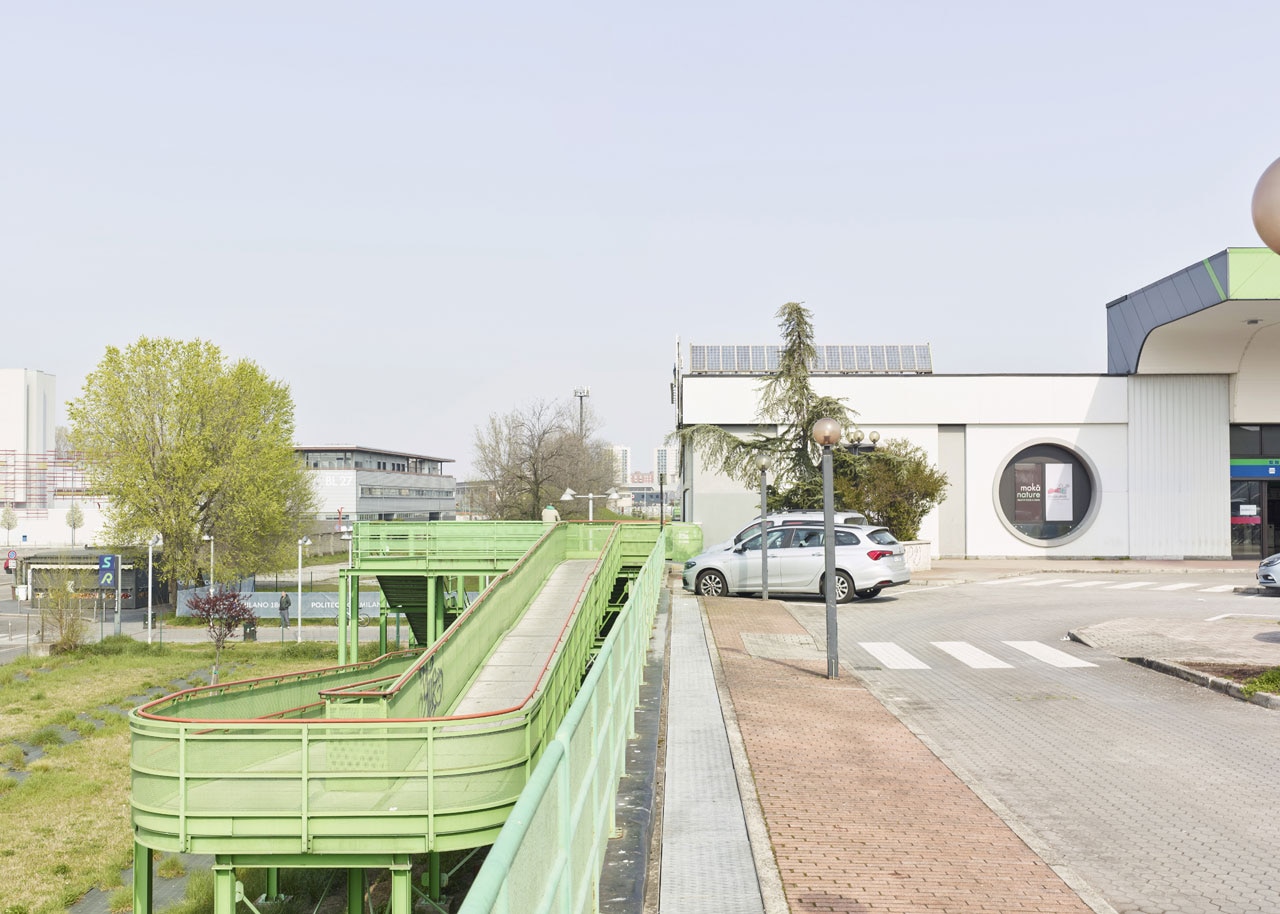
 View gallery
View gallery
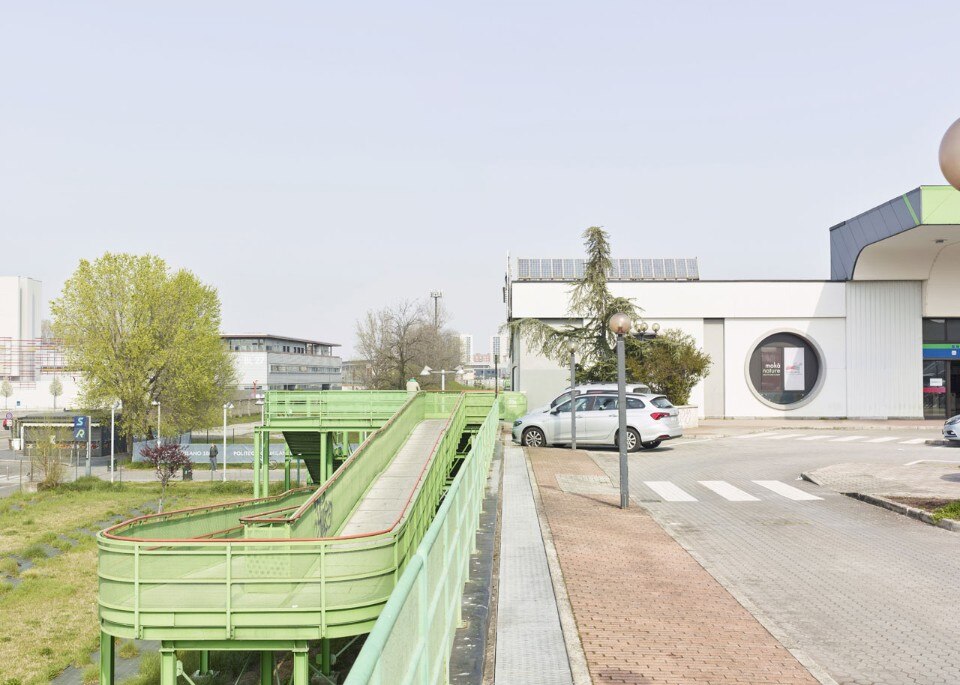
Maurizio Montagna goes on a photographic tour of coronavirus Milan
8FQFG525+PJ
Photo Maurizio Montagna

Maurizio Montagna goes on a photographic tour of coronavirus Milan
8FQFG525+QJ
Photo Maurizio Montagna

Maurizio Montagna goes on a photographic tour of coronavirus Milan
8FQFG525+VG
Photo Maurizio Montagna
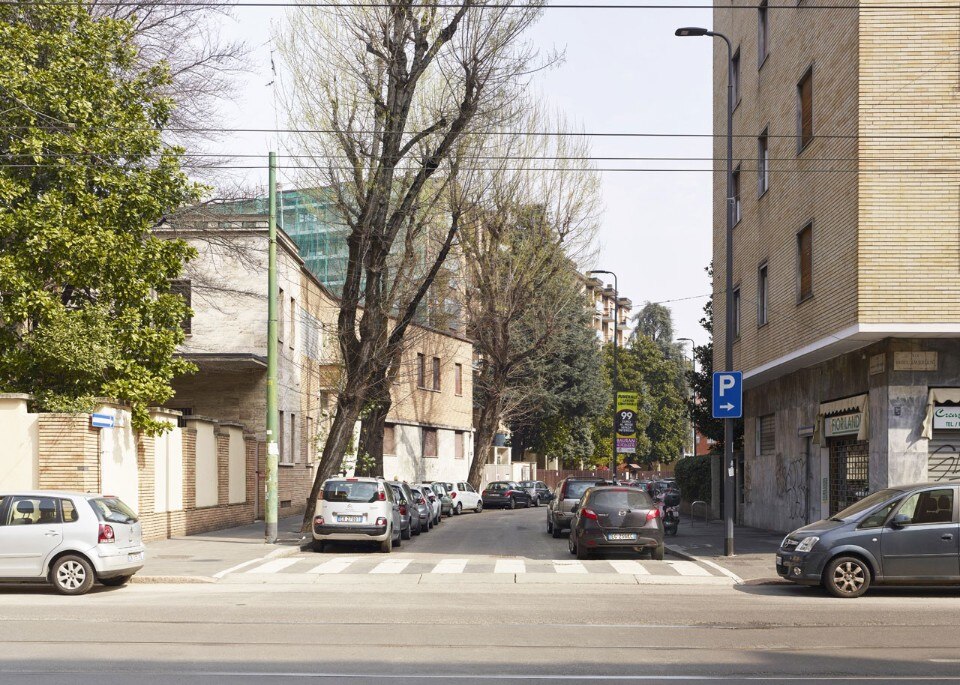
Maurizio Montagna goes on a photographic tour of coronavirus Milan
8FQFG528+9V
Photo Maurizio Montagna
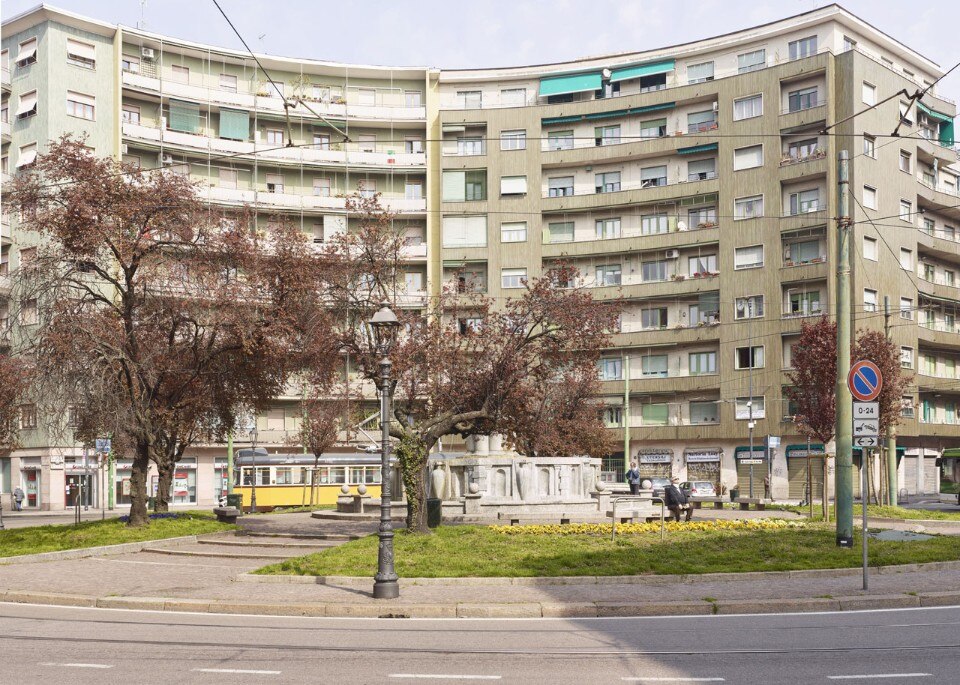
Maurizio Montagna goes on a photographic tour of coronavirus Milan
8FQFG528+R4
Photo Maurizio Montagna
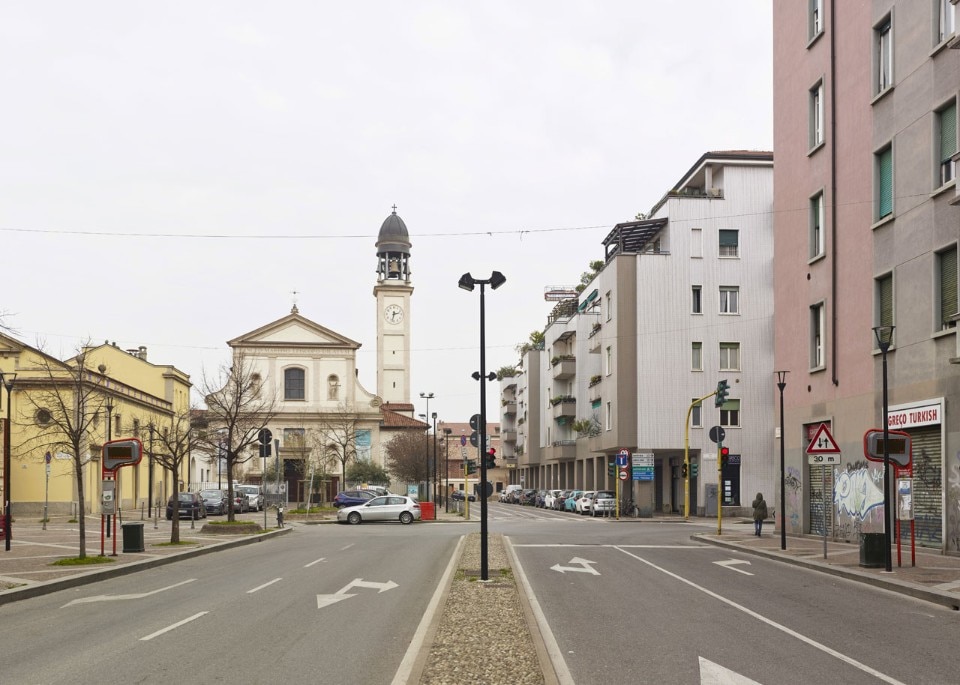
Maurizio Montagna goes on a photographic tour of coronavirus Milan
8FQFG626+VF
Photo Maurizio Montagna

Maurizio Montagna goes on a photographic tour of coronavirus Milan
8FQFG626+WM
Photo Maurizio Montagna

Maurizio Montagna goes on a photographic tour of coronavirus Milan
8FQFG636+27
Photo Maurizio Montagna
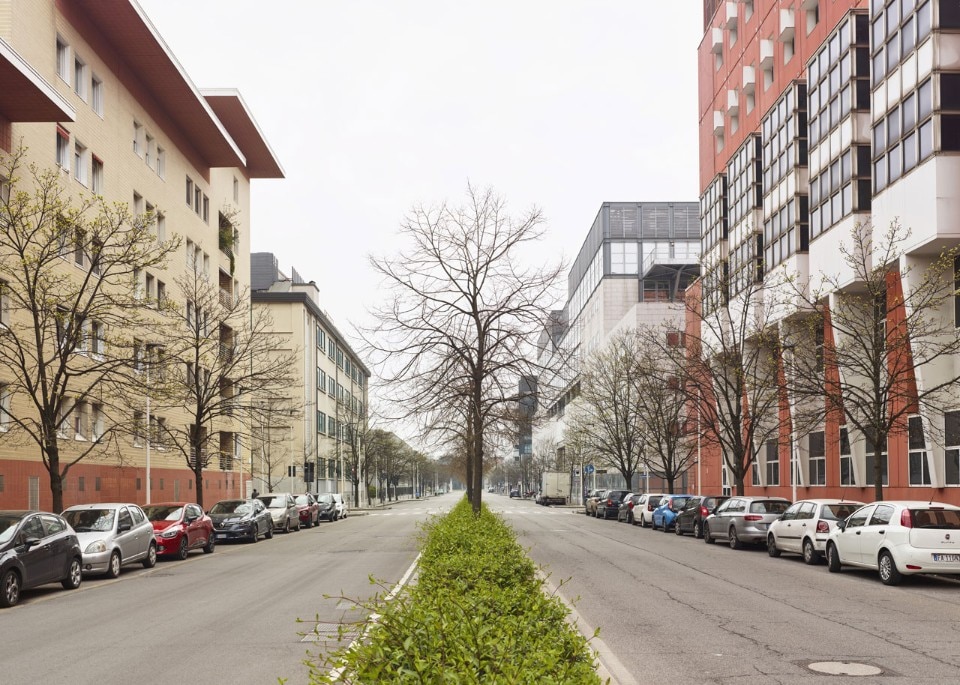
Maurizio Montagna goes on a photographic tour of coronavirus Milan
8FQFG676+8V
Photo Maurizio Montagna

Maurizio Montagna goes on a photographic tour of coronavirus Milan
8FQFG676+FG
Photo Maurizio Montagna
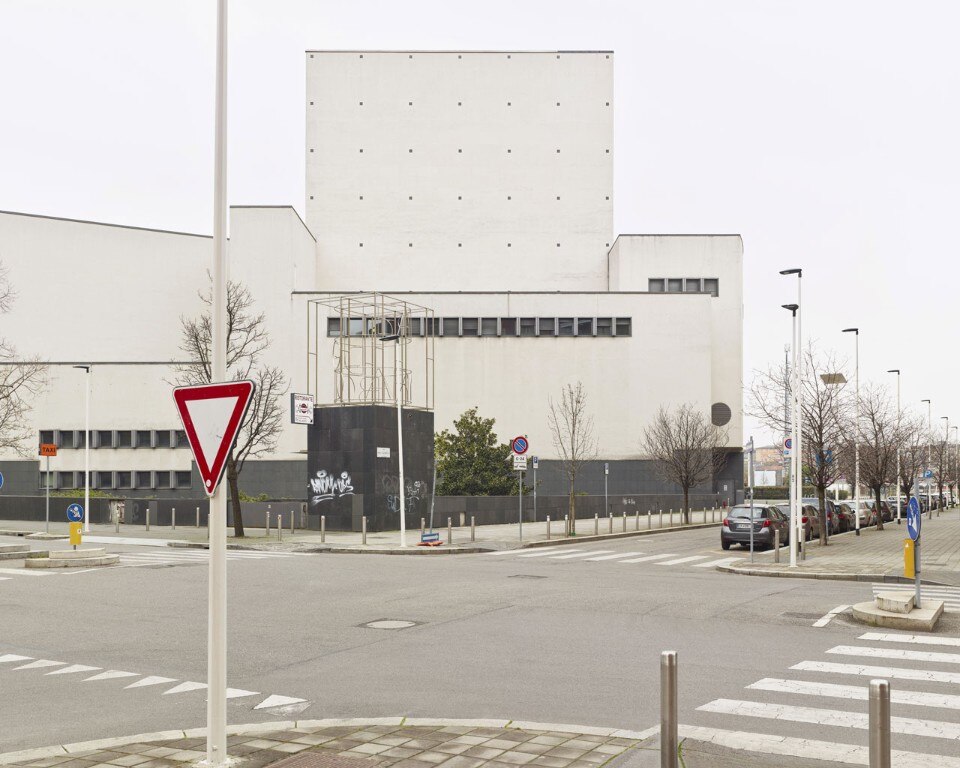
Maurizio Montagna goes on a photographic tour of coronavirus Milan
8FQFG676+JX
Photo Maurizio Montagna
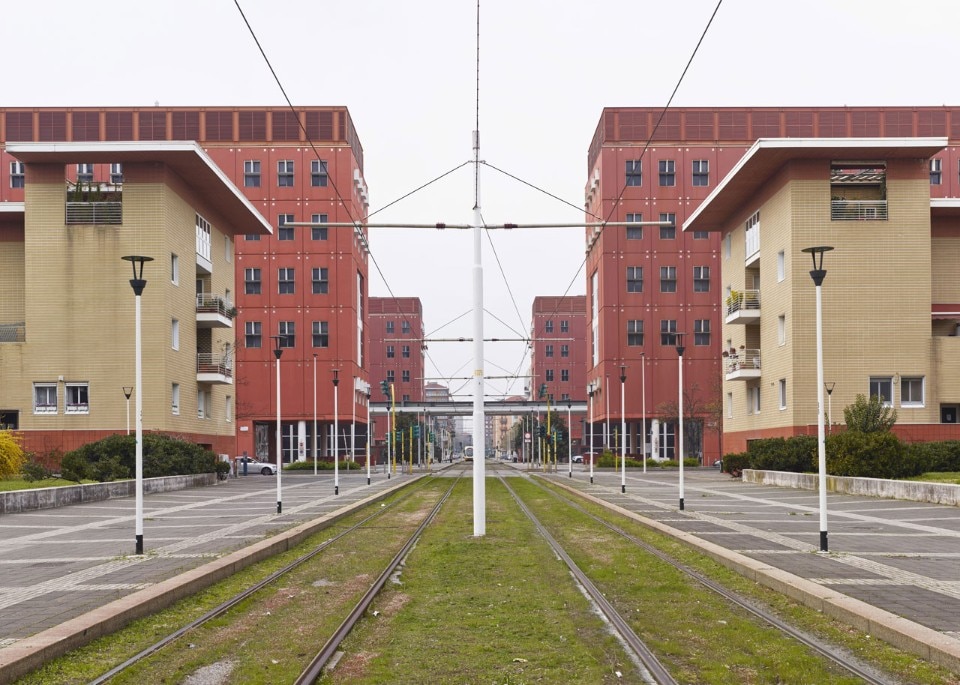
Maurizio Montagna goes on a photographic tour of coronavirus Milan
8FQFG677+76
Photo Maurizio Montagna

Maurizio Montagna goes on a photographic tour of coronavirus Milan
8FQFF6V7+77
Photo Maurizio Montagna
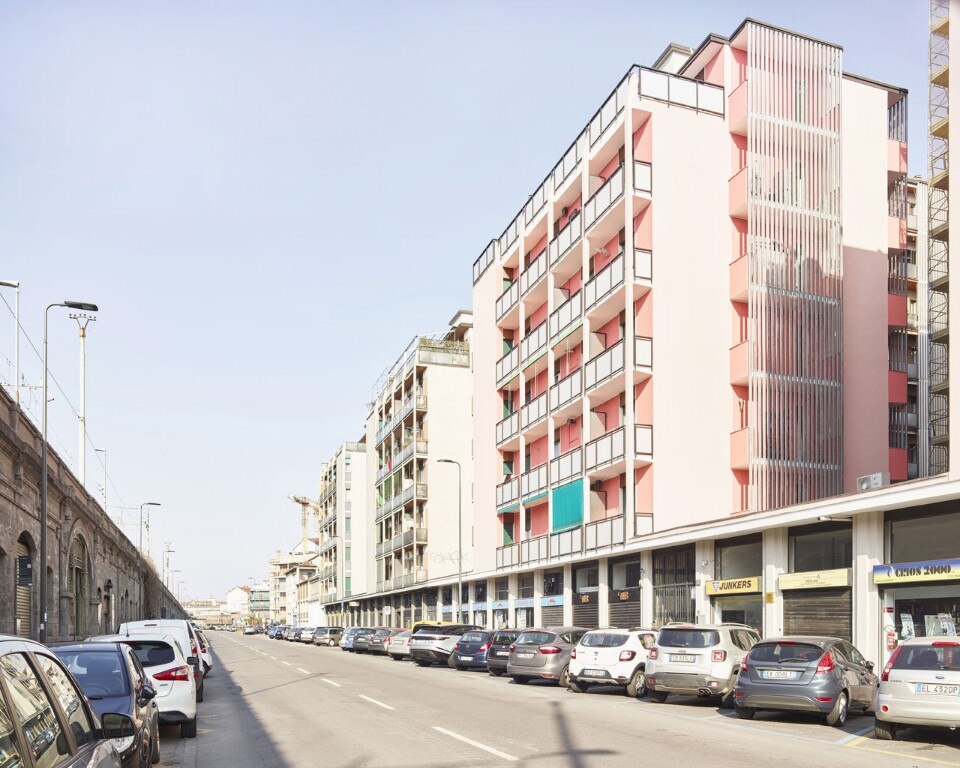
Maurizio Montagna goes on a photographic tour of coronavirus Milan
8FQFF6V7+MJI
Photo Maurizio Montagna

Maurizio Montagna goes on a photographic tour of coronavirus Milan
8FQFF6MC+PG
Photo Maurizio Montagna
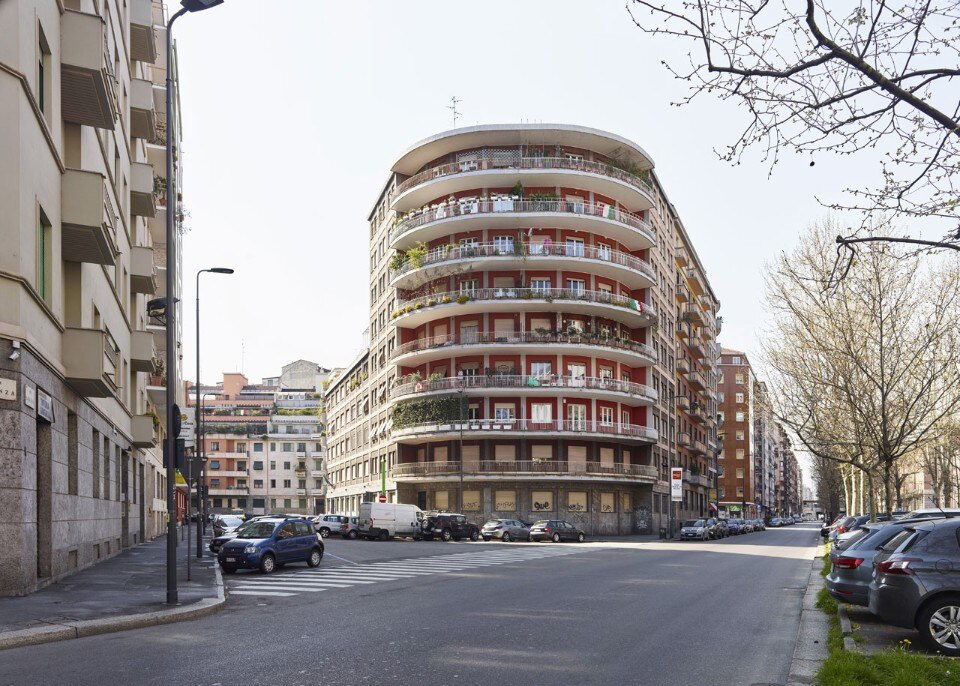
Maurizio Montagna goes on a photographic tour of coronavirus Milan
8FQFF6P7+MW
Photo Maurizio Montagna
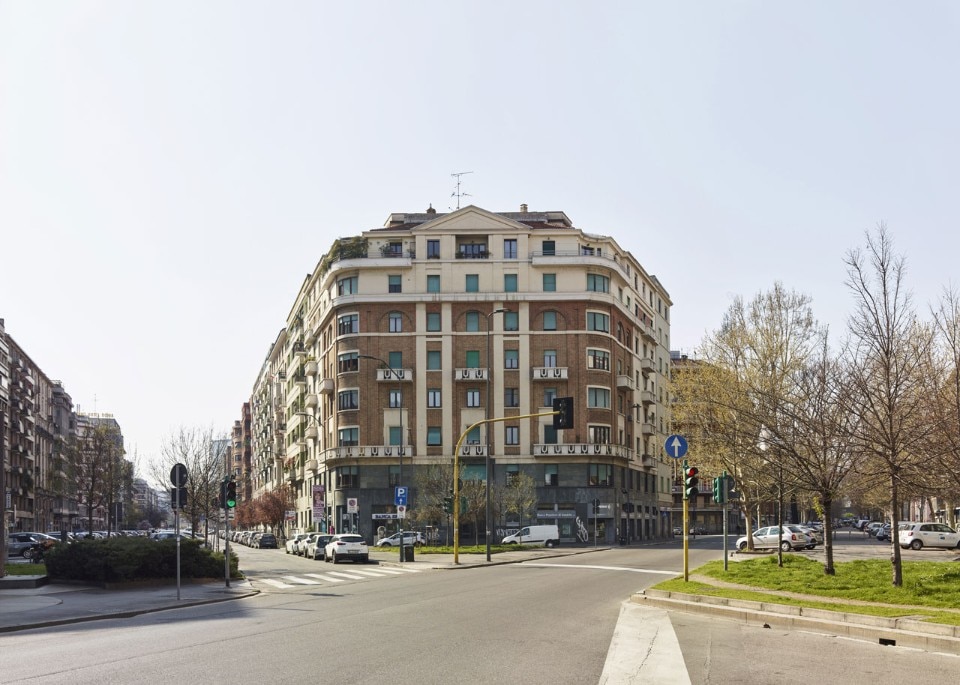
Maurizio Montagna goes on a photographic tour of coronavirus Milan
8FQFF6P8+FF
Photo Maurizio Montagna

Maurizio Montagna goes on a photographic tour of coronavirus Milan
8FQFF6P8+HJ
Photo Maurizio Montagna
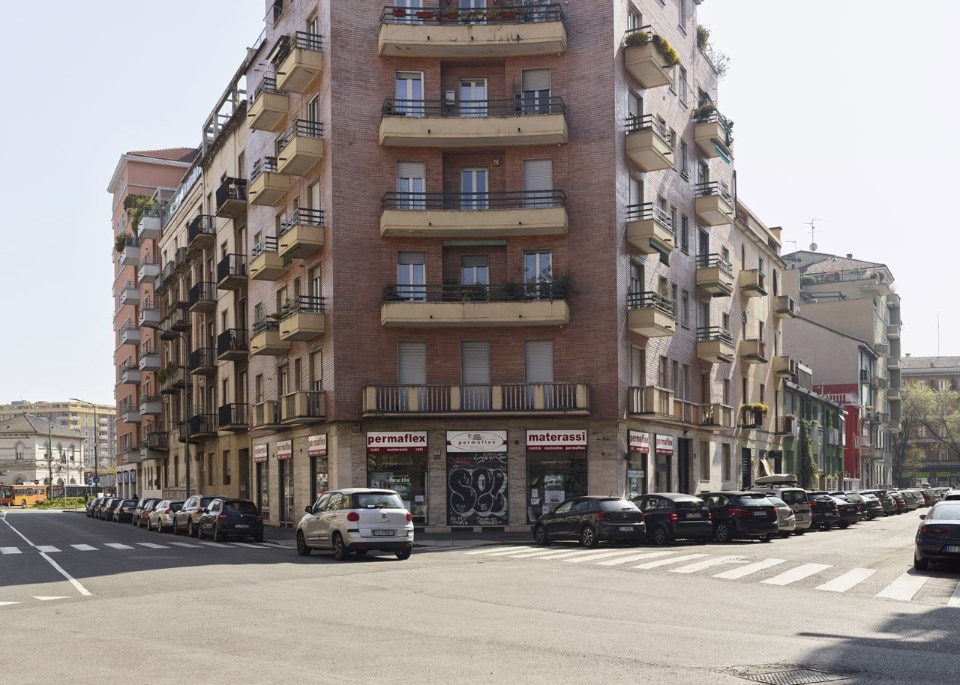
Maurizio Montagna goes on a photographic tour of coronavirus Milan
8FQFF6PM+6V
Photo Maurizio Montagna
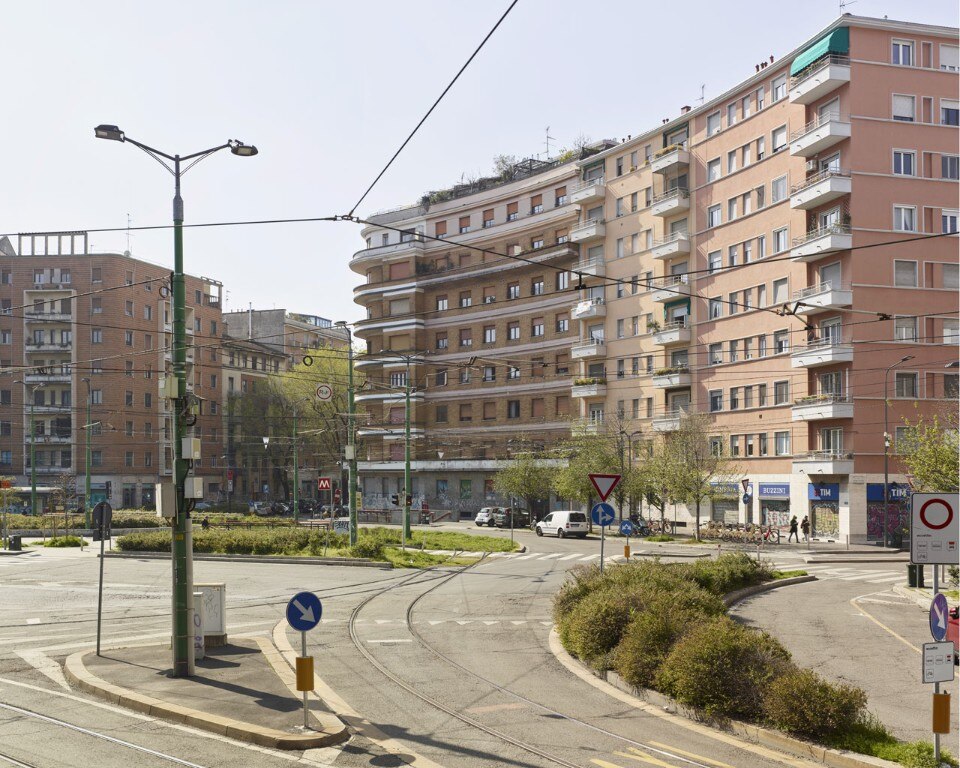
Maurizio Montagna goes on a photographic tour of coronavirus Milan
8FQFF6PP+4G
Photo Maurizio Montagna
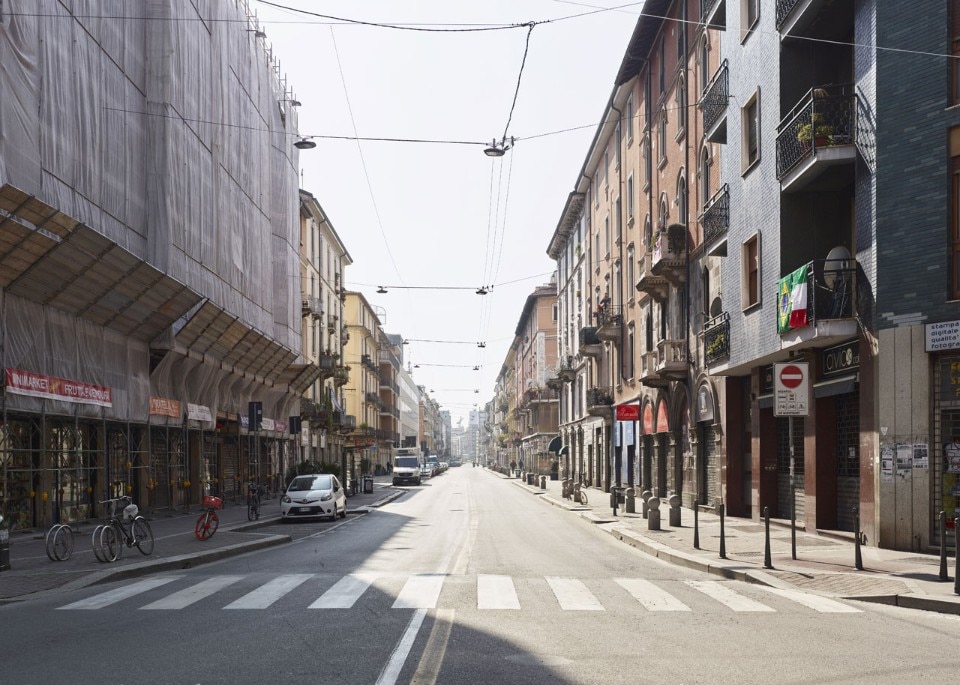
Maurizio Montagna goes on a photographic tour of coronavirus Milan
8FQFF6RF+96
Photo Maurizio Montagna

Maurizio Montagna goes on a photographic tour of coronavirus Milan
8FQFG525+PJ
Photo Maurizio Montagna

Maurizio Montagna goes on a photographic tour of coronavirus Milan
8FQFG525+QJ
Photo Maurizio Montagna

Maurizio Montagna goes on a photographic tour of coronavirus Milan
8FQFG525+VG
Photo Maurizio Montagna

Maurizio Montagna goes on a photographic tour of coronavirus Milan
8FQFG528+9V
Photo Maurizio Montagna

Maurizio Montagna goes on a photographic tour of coronavirus Milan
8FQFG528+R4
Photo Maurizio Montagna

Maurizio Montagna goes on a photographic tour of coronavirus Milan
8FQFG626+VF
Photo Maurizio Montagna

Maurizio Montagna goes on a photographic tour of coronavirus Milan
8FQFG626+WM
Photo Maurizio Montagna

Maurizio Montagna goes on a photographic tour of coronavirus Milan
8FQFG636+27
Photo Maurizio Montagna

Maurizio Montagna goes on a photographic tour of coronavirus Milan
8FQFG676+8V
Photo Maurizio Montagna

Maurizio Montagna goes on a photographic tour of coronavirus Milan
8FQFG676+FG
Photo Maurizio Montagna

Maurizio Montagna goes on a photographic tour of coronavirus Milan
8FQFG676+JX
Photo Maurizio Montagna

Maurizio Montagna goes on a photographic tour of coronavirus Milan
8FQFG677+76
Photo Maurizio Montagna

Maurizio Montagna goes on a photographic tour of coronavirus Milan
8FQFF6V7+77
Photo Maurizio Montagna

Maurizio Montagna goes on a photographic tour of coronavirus Milan
8FQFF6V7+MJI
Photo Maurizio Montagna

Maurizio Montagna goes on a photographic tour of coronavirus Milan
8FQFF6MC+PG
Photo Maurizio Montagna

Maurizio Montagna goes on a photographic tour of coronavirus Milan
8FQFF6P7+MW
Photo Maurizio Montagna

Maurizio Montagna goes on a photographic tour of coronavirus Milan
8FQFF6P8+FF
Photo Maurizio Montagna

Maurizio Montagna goes on a photographic tour of coronavirus Milan
8FQFF6P8+HJ
Photo Maurizio Montagna

Maurizio Montagna goes on a photographic tour of coronavirus Milan
8FQFF6PM+6V
Photo Maurizio Montagna

Maurizio Montagna goes on a photographic tour of coronavirus Milan
8FQFF6PP+4G
Photo Maurizio Montagna

Maurizio Montagna goes on a photographic tour of coronavirus Milan
8FQFF6RF+96
Photo Maurizio Montagna
Bovisa, Baggio, the Navigli, Lambrate, Barona, Via Padova and NoLo are the districts photographed around the ring-road plus other marginal spots, outlying yet familiar to those who live in Milan, a smallish metropolis where all the districts have a strong identity. Seeing this empty Milan is more painful than are the repeated images of Piazza Duomo with no tourists but just pigeons shown in the national and international press in recent days.
He was struck in particular by one district – the Nord Loreto multi-ethnic working-class district that has rapidly become gentrified in recent years. Emptied of its population and with its bars and venues in lockdown, NoLo has lost its allure explains Montagna, “becoming much like the other suburbs.” By contrast, a district that has retained its identity to the degree possible is Bovisa where the larger number of food shops is attracting more people to the area.
Milan’s city centre, from Piazza Duomo to the inner ring-road, is unrecognisable. The area is home to the businesses that classify it as a commercial and working hub. “I was greatly struck by the noticeable absence of the tourists who have to some extent redefined the city’s identity in recent years.” Meanwhile, the zones lying outside the city’s inner band reveal the odd small indication of socialising and interaction – within the bounds of the everyday practices allowed by the restrictions, of course.


